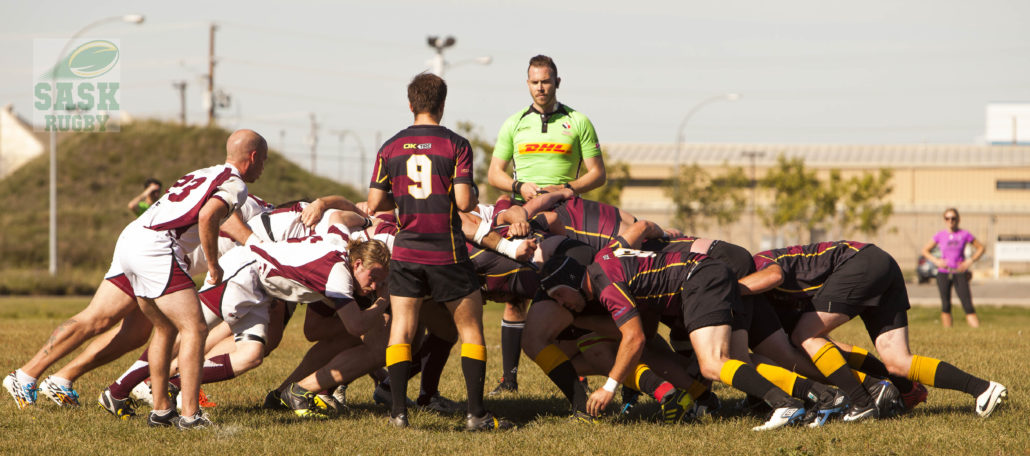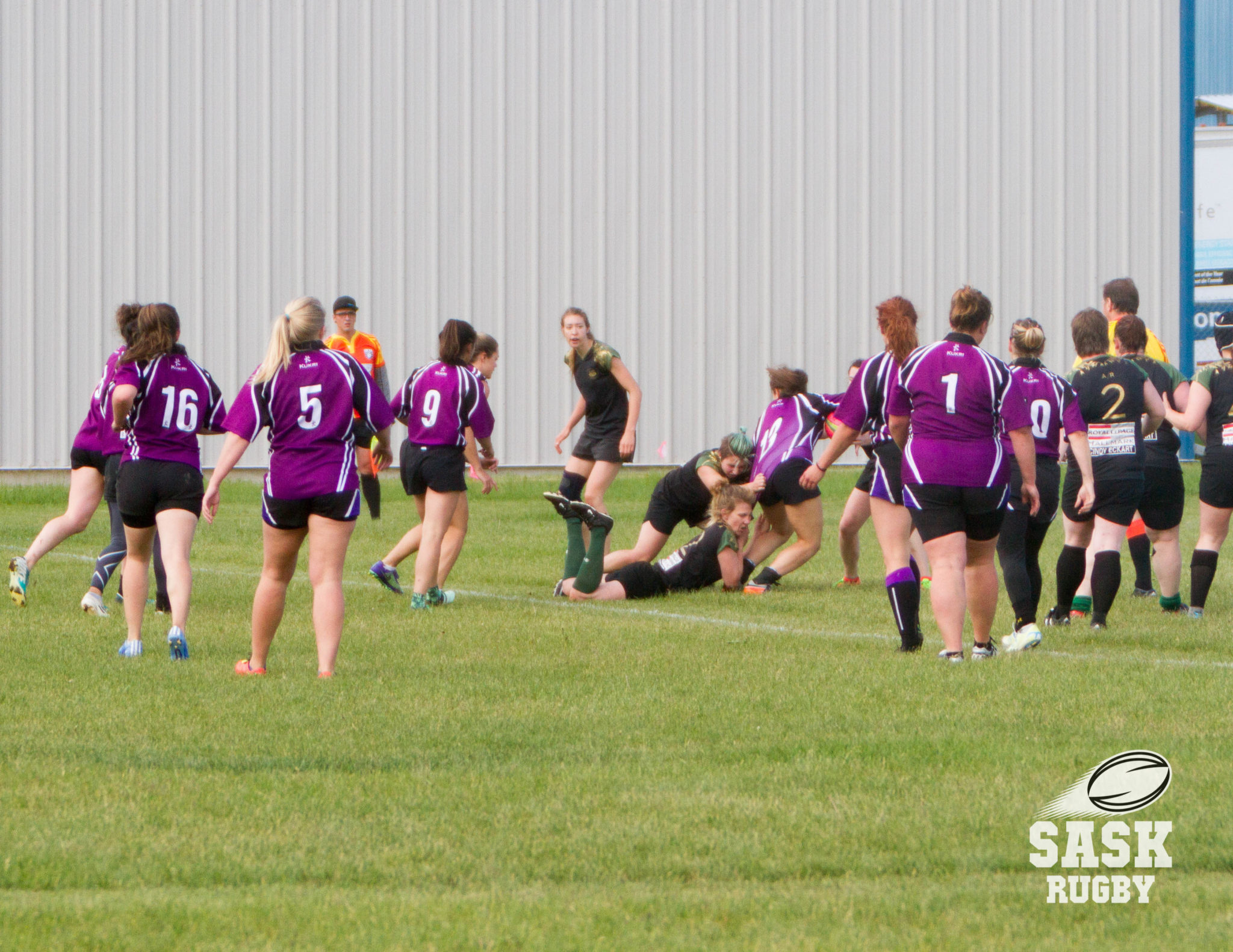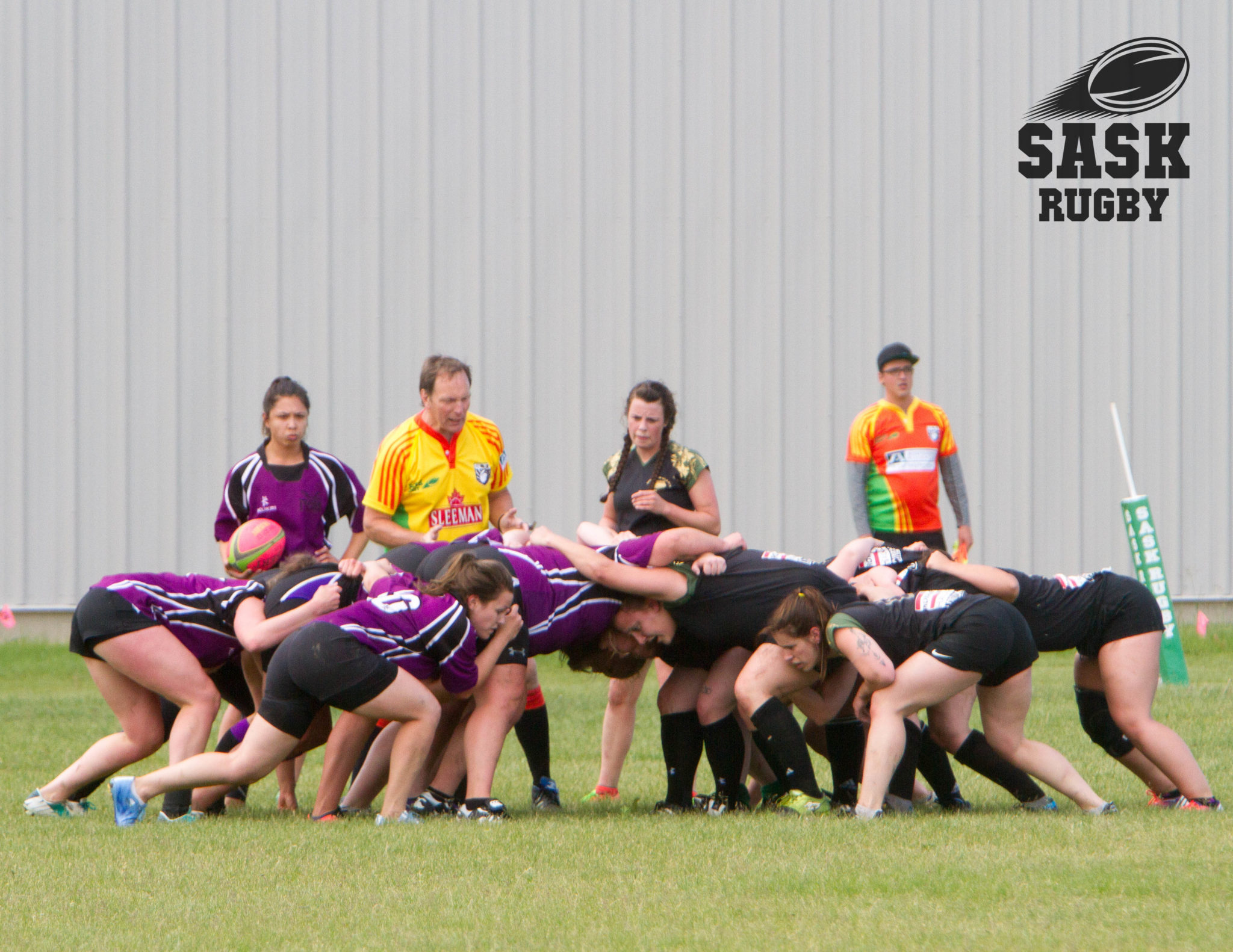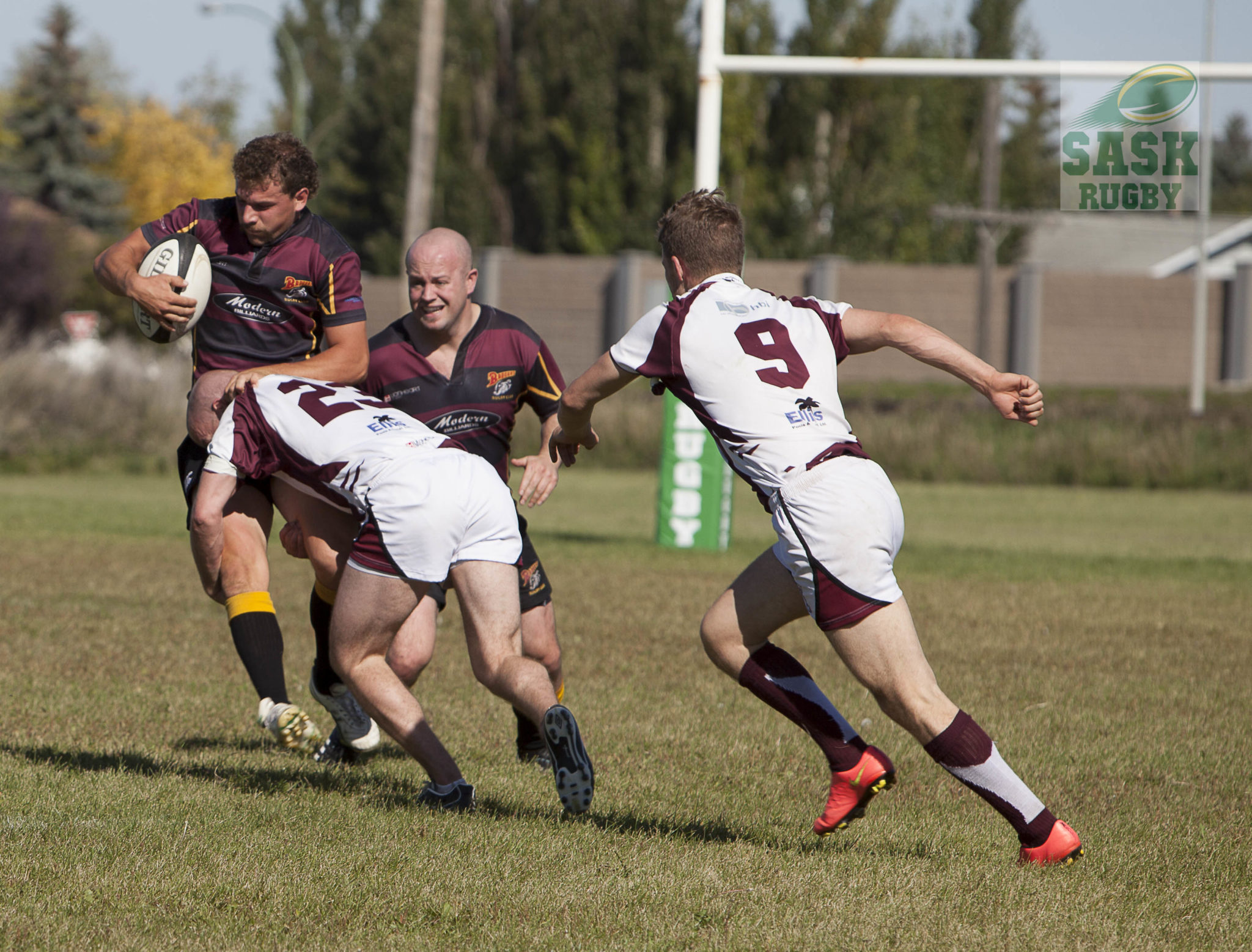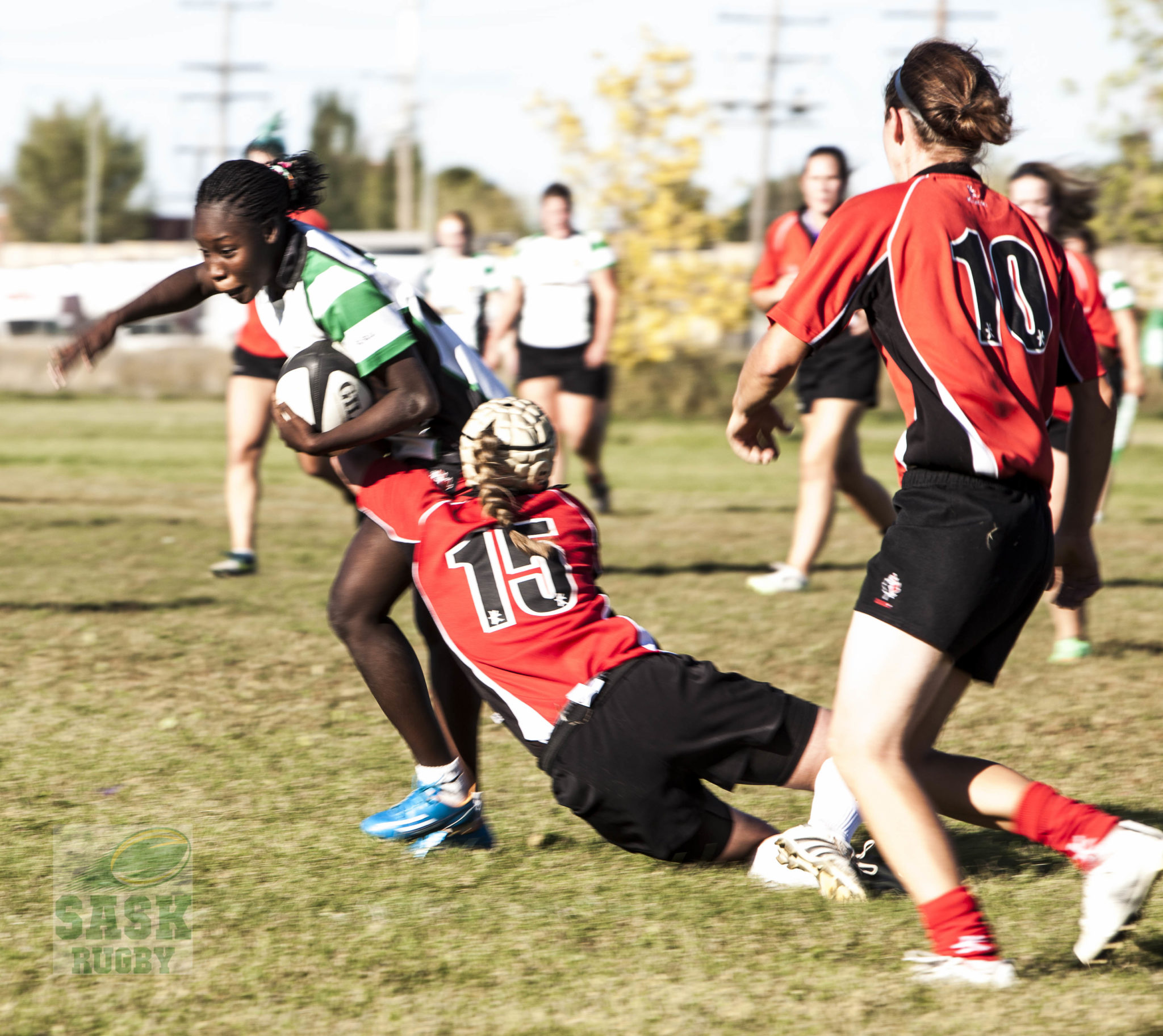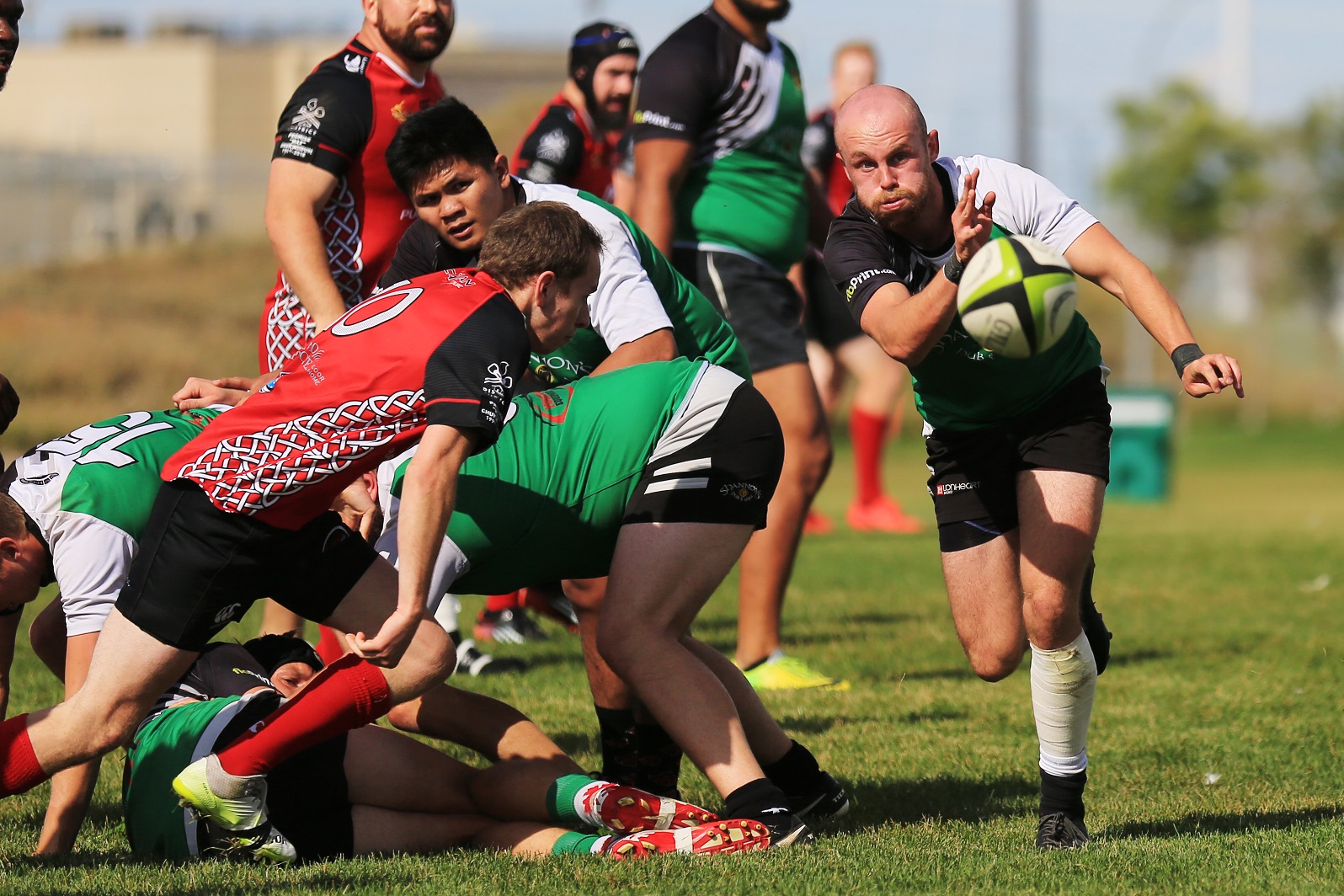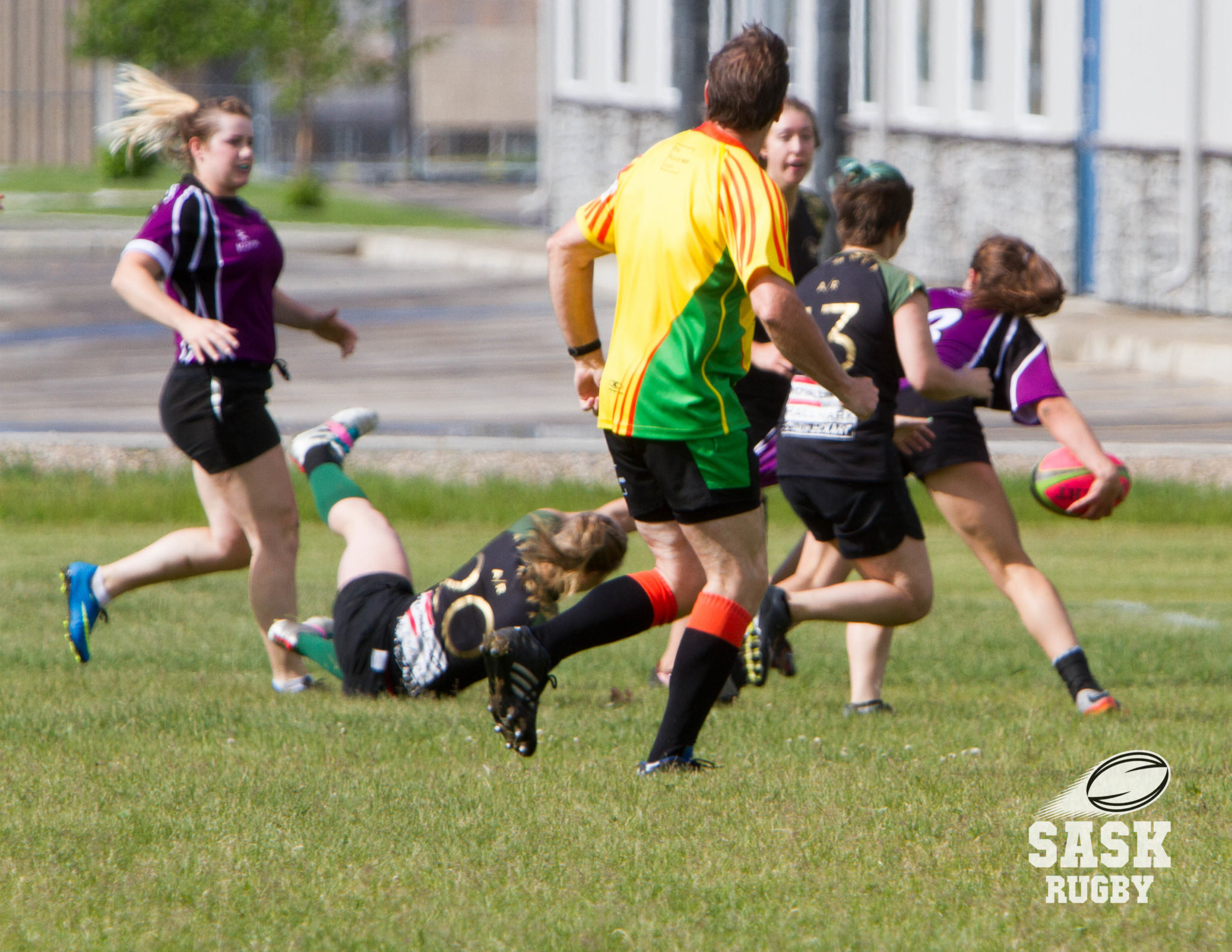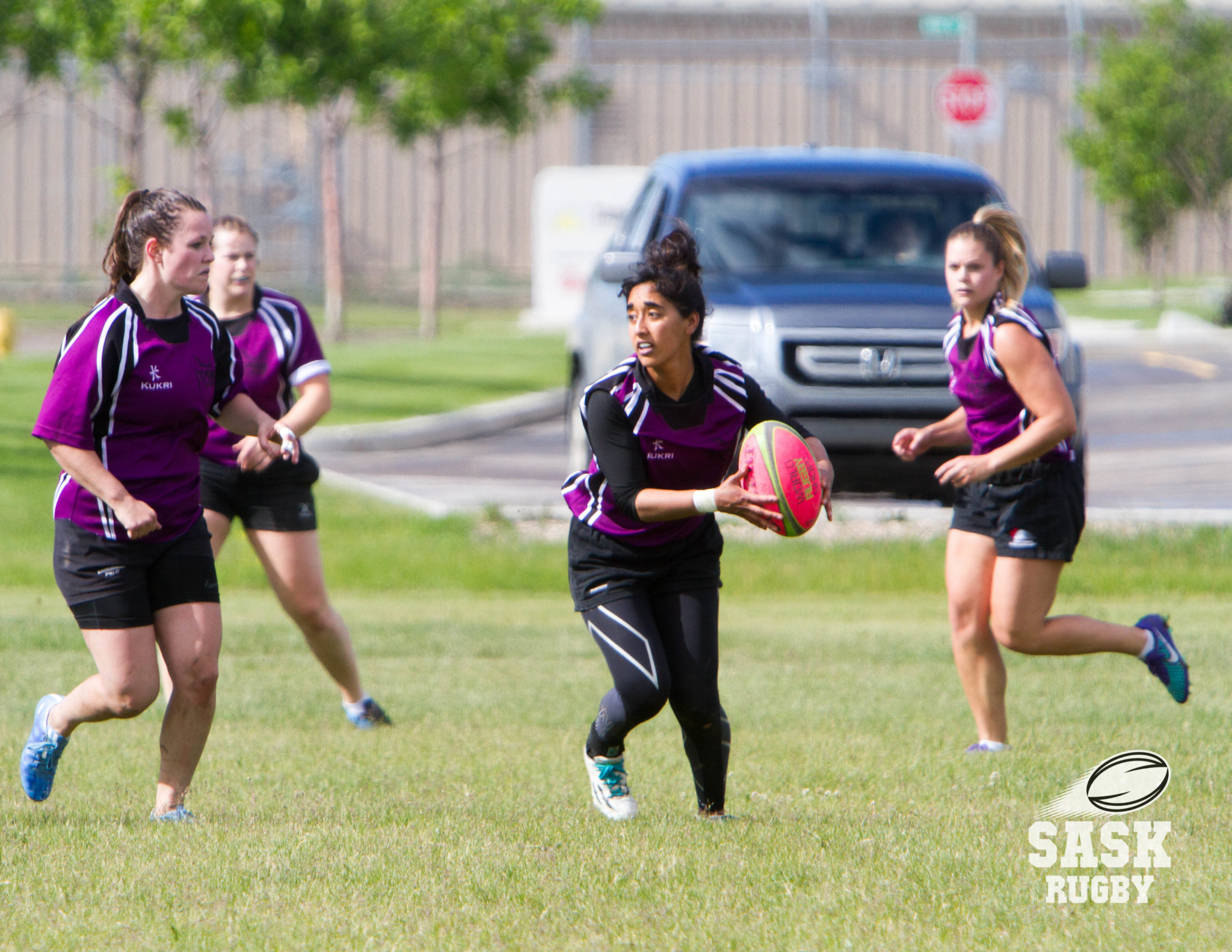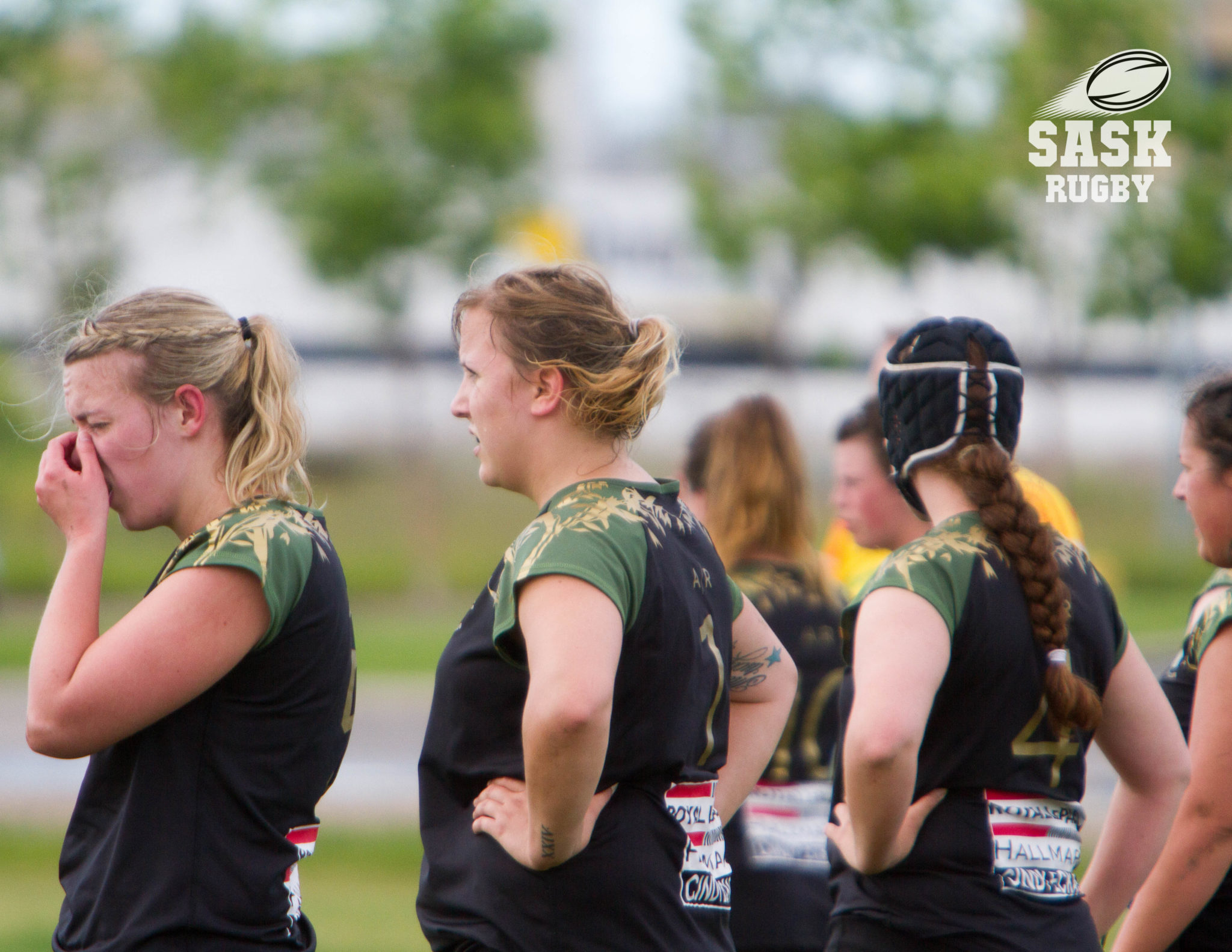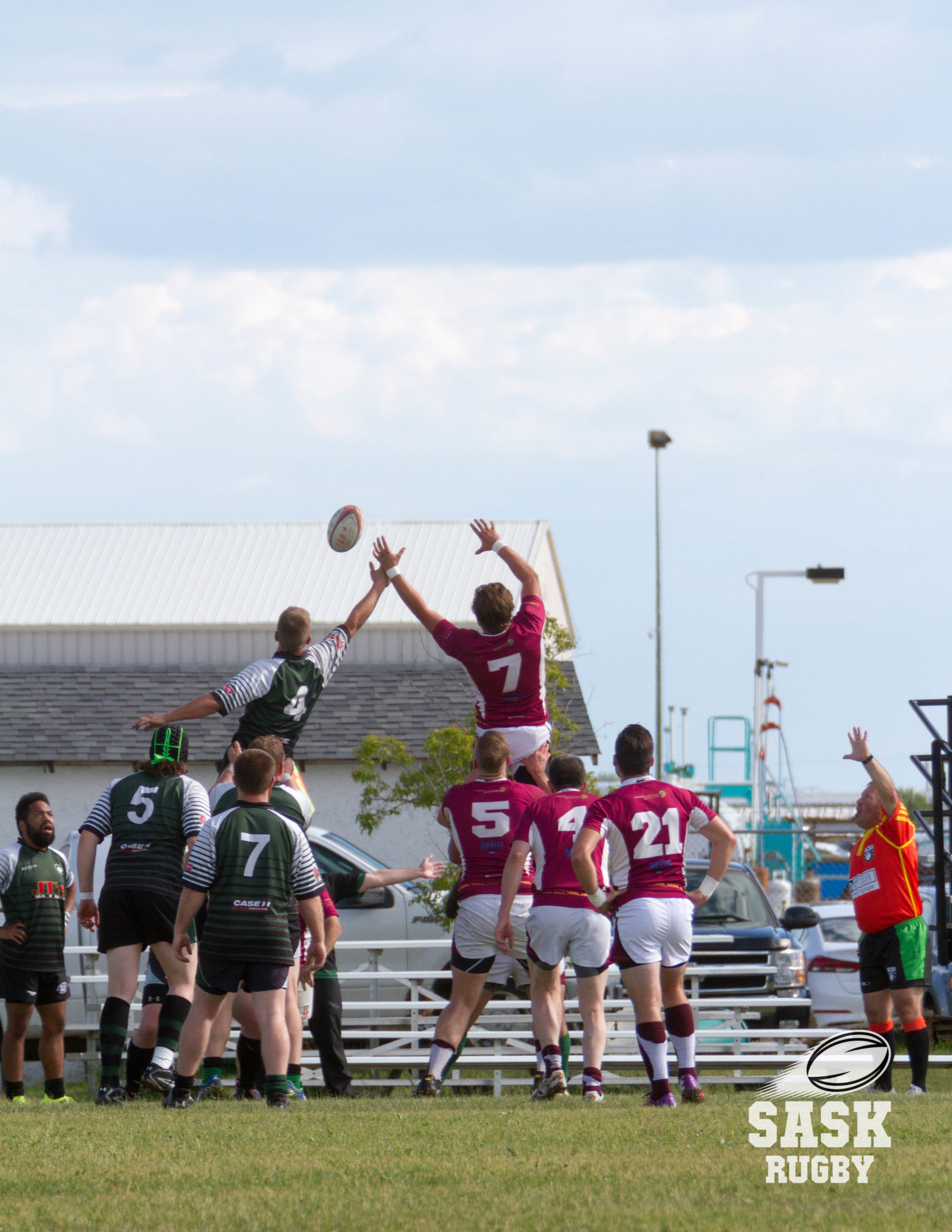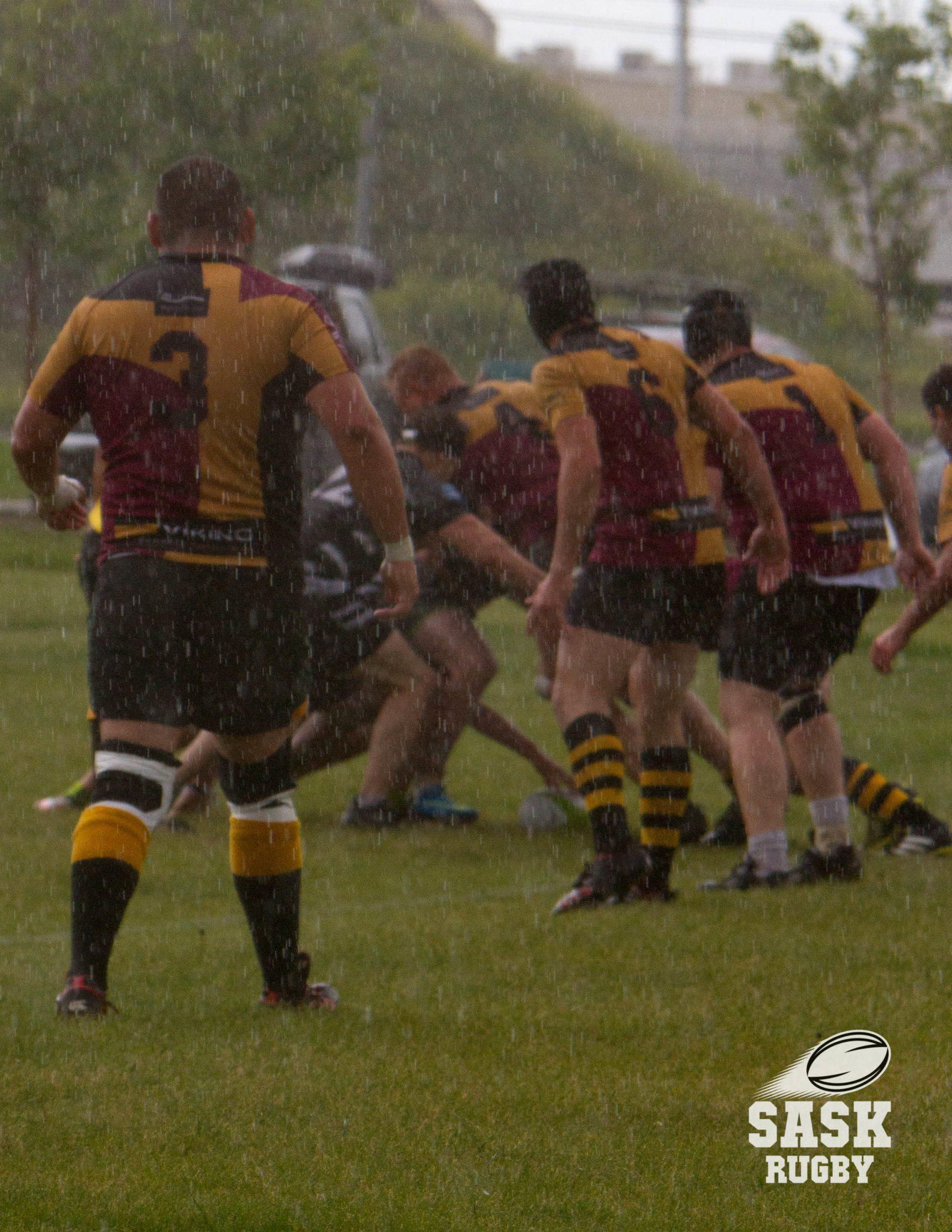History of Rugby in Saskatchewan
Rugby has a rich history and life in Saskatchewan, click on the links below to learn more.
RUGBY IN THE PRAIRIES
1883-1930
It may surprise some to know that rugby in Saskatchewan pre-dates the formation of Saskatchewan itself, with the first recorded game of rugby being played in the settlement of Regina in 1883. In this inaugural match, members of the North West Mounted Police competed against the citizens of Regina, with the locals coming out on top. The province of Saskatchewan wasn’t formed as its own province until 1905.
Rugby initially came to Canada as part of Canada’s connection to Britain, the sport’s homeland. Various codes and variations of the game of “football” were played across the country as a popular pastime before the formation of the Rugby Football Union in London in 1871 led to the dissemination of a consistent set of rules across the commonwealth.
Following this initial match in Regina, rugby in Saskatchewan existed as an intermittent pastime with few organized matches taking place and no formal governing body taking shape. It wasn’t until 1890, when a local union was formed to organize a tour to Winnipeg and began a football rivalry that exists to this day, that rugby gained a real foothold in the future province of Saskatchewan. A split of home and away victories in the two tour matches provided incentive for subsequent competition.
After this period rugby looked to be off to a lively start, with a bi-annual tournament being hosted to crown the champions of Manitoba and the North-West Territory. However, participation of teams in this tournament was sporadic – for instance, the inaugural champions from Winnipeg failed to defend their title in the fall of 1891 but participated in and even hosted subsequent competitions – and the sport was eventually overtaken in popularity by what we now call Canadian football and soccer.
While rugby’s popularity in Saskatchewan was initially located primarily in Regina, Moosomin, and Whitewood, groups in Saskatoon attempted to re-popularize rugby throughout the 1920s with varying success.
1930-1960
Almost as if the turning of the calendar indicated the turning of rugby’s fortunes, the 1930s brought the formation of a competition in southern Saskatchewan between teams from Regina, Moose Jaw, Balcarres, and Mortlach. Despite the fledgling nature of this league, Gwyn Richards, an experienced Welsh import playing for Moose Jaw, became the first Saskatchewan-based rugby player to be selected to represent Canada on the 1932 tour of Japan.
Rugby thrived in this period despite the challenges of economic depression and population reduction. Not only did the local league continue but a provincial side was selected to compete against their Manitoba counterparts. This competition produced mixed results for the Saskatchewan side, but certainly buoyed participation in the sport and created a pathway to national honours. The first organized junior rugby competition was also formed in this time period, with Campion College of Regina taking the first Lane Cup championship in 1934.
However, just like with rugby’s initial organized beginnings in Saskatchewan in the 1890s, the momentum of these programs was unable to be sustained. The difficulties of maintaining interest in amateur sport in a competitive sports market reared their heads in the late 1930s as clubs struggled to field teams consistently and volunteer leadership turned over. The popularity of Canadian football – and a local team called the “Roughriders” – proved to be a large obstacle that rugby would have trouble overcoming until the 1960s.
1960-1990
After a couple aborted attempts to revive rugby in Saskatchewan in 1961 and 1962, rugby finally gained a permanent foothold in the province in 1967. This permanence is exemplified by a number of clubs formed in this era remaining active to this day.
The roots of modern rugby in Saskatchewan were planted in 1967 when the Regina Condors split from the All Blacks Club (formerly Regina Harlequins), who had been the sole rugby club active in Saskatchewan for most of the 1960s (and who primarily competed against sides from Edmonton, Calgary, and Winnipeg). The Condors, who are still active today, provided the local competition that was required to truly grow the sport and were soon followed onto the scene by the Saskatoon Rugby Football Club (still active today as the Saskatoon Gophers) in 1968.
If a presence for rugby in both Regina and Saskatoon, whose single club fielded two full sides, was an essential feature of sustaining rugby in Saskatchewan, so was the creation of a formal governance structure for rugby in the province through the formation of the Regina Rugby Union in 1970 and the Saskatchewan Rugby Union (now Saskatchewan Rugby) in 1971. This changed the sport from being a loose association of clubs trying to sporadically organize matches to a structured organization that ensured that the member clubs had a sufficient amount of local and interprovincial competition.
The 1970s were a period of growth for rugby in Saskatchewan with the formation of successful junior rugby programs fostering the growth of a number of senior clubs. Over the course of the decade, no fewer than six independent clubs were formed (with most fielding multiple sides across senior and junior divisions): the Moose Jaw Nads (1970), the Prince Albert Gryphons (1972), the Saskatoon Wild Oats (1973), the Saskatoon Kirin (1975), the Saskatoon Krems (1976), and the Campion Grads (1977). The Saskatoon Kirin, originally called the Saskatoon Happy Hookers, were the first women’s club in the province.
The 1980s continued the growth of the Saskatchewan rugby community with 3 more clubs joining the scene. The Regina Rogues (1981) joined the Condors and Campion Grads as men’s clubs in Regina. The Regina Breakers joined the Saskatoon Kirin on the women’s circuit in 1985. The North Battleford Bulldogs were the third club to gain permanence in 1986 after a few years of intermittent activity. This growth at the senior level was accompanied by further growth across the province at the junior level in places such as Wilcox (Notre Dame), Humboldt, Lashburn, and Unity.
1990-2020
COMING SOON!
PAST PRESIDENTS
- 1971-73: Peter Ventre
- 1974-78: Dr. Brian Fern
- 1979: Gordon Westley
- 1980: Dean Faris
- 1981-87: Peter Ventre
- 1988: Dr. Brian Fern
- 1989-95: Leo Lane
- 1996-98: Kevin Peacock
- 1999-2002: Leo Lane
- 2003-06: Michael Nolin
- 2007: Clint Gifford
- 2008-10: Arnold Maier
- 2010-12: David Kot
- 2014-2021: Damon Leonard
- 2021-present: Joel Briere
SENIOR PROVINCIAL CHAMPIONS
JUNIOR PROVINCIAL CHAMPIONS
PHOTO GALLERIES
sask rugby history
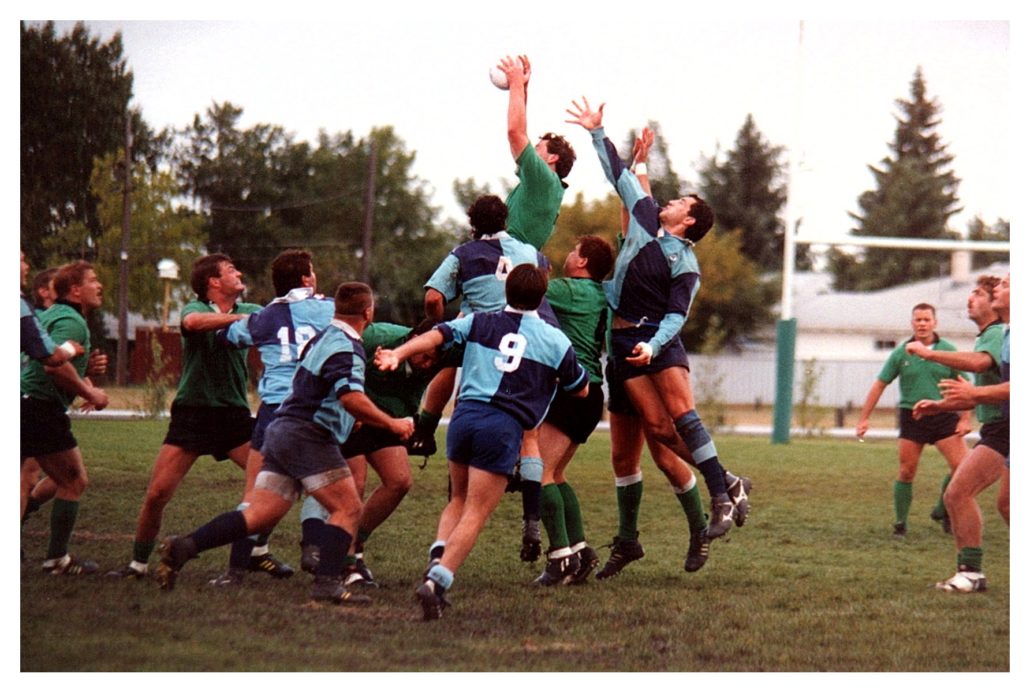
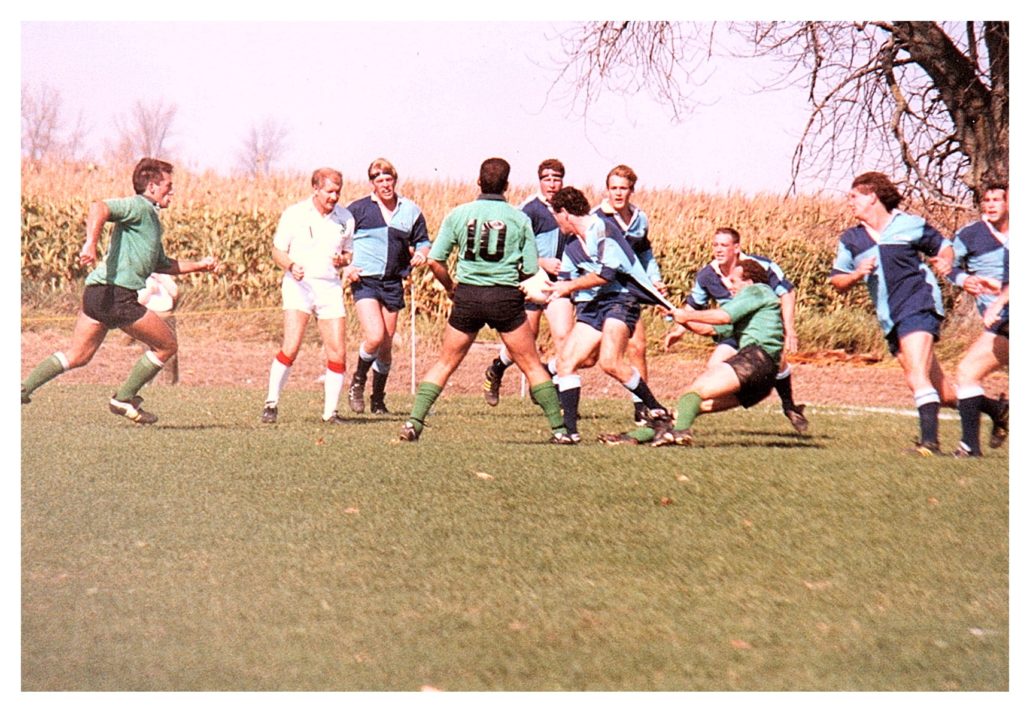
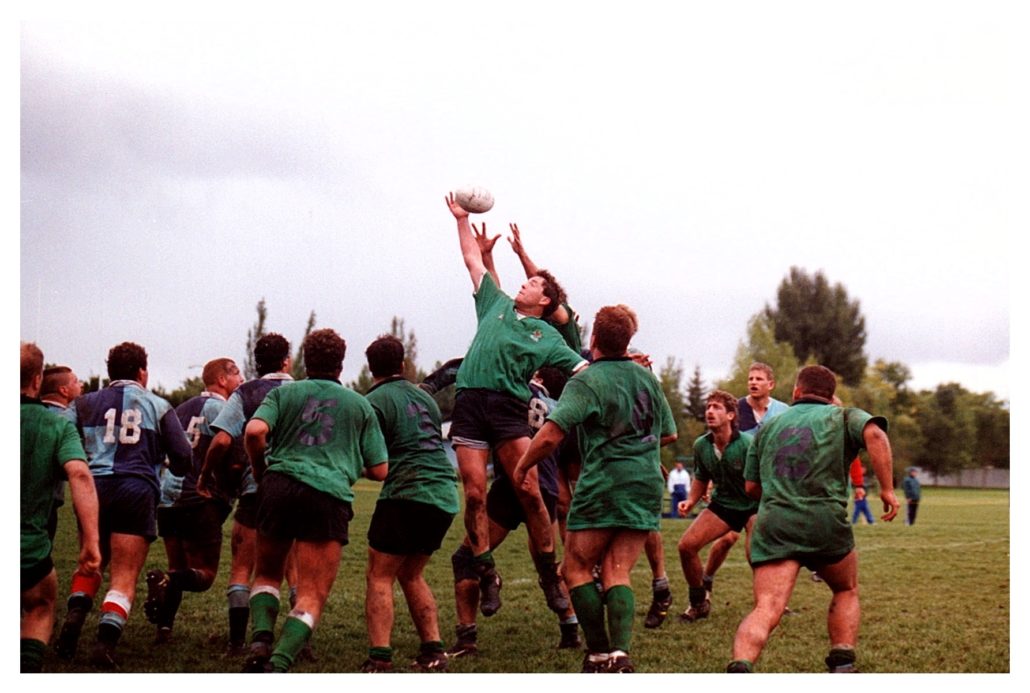
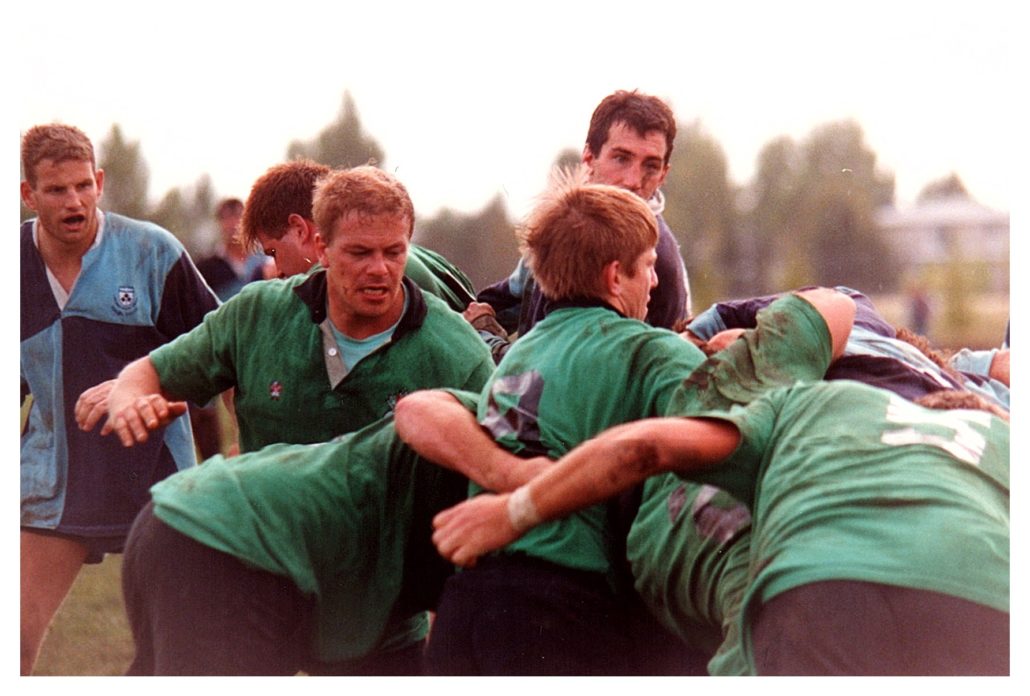
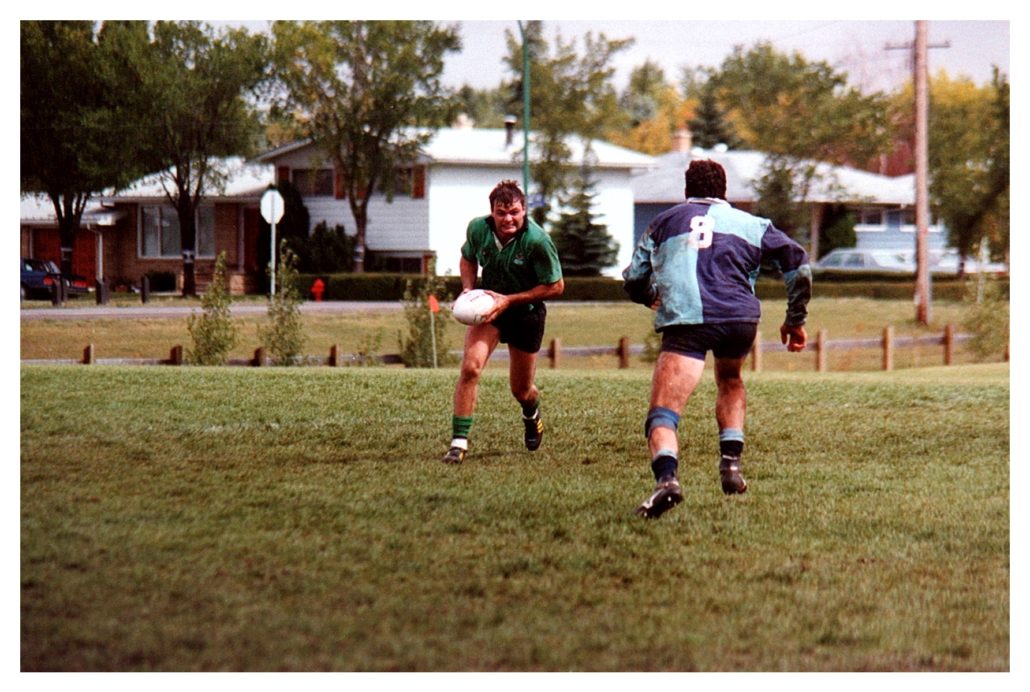
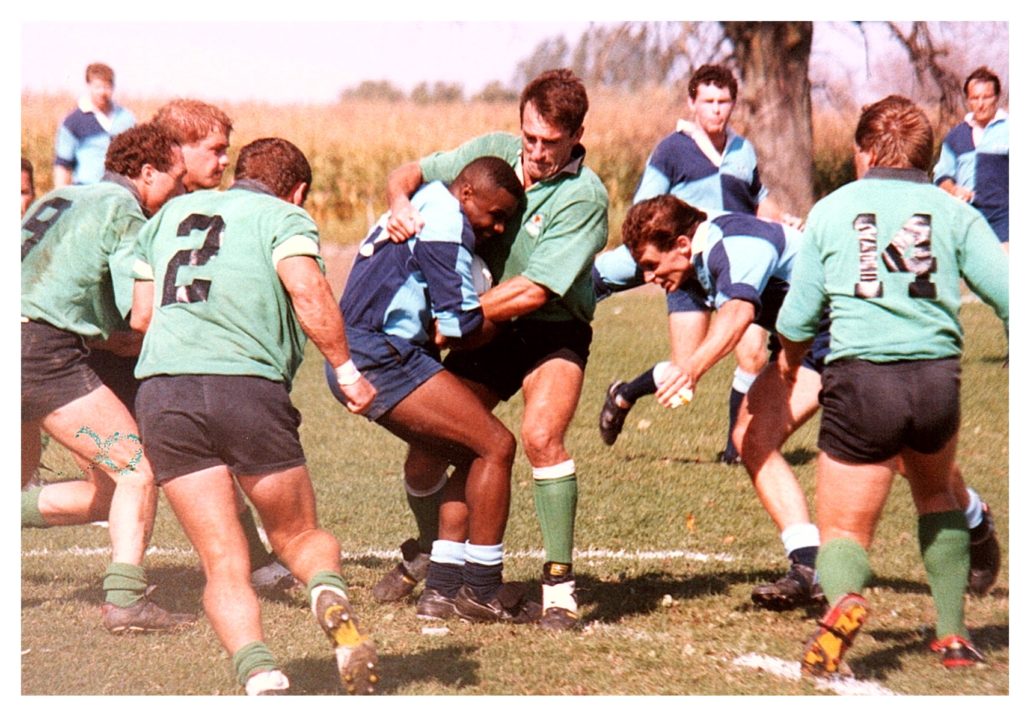
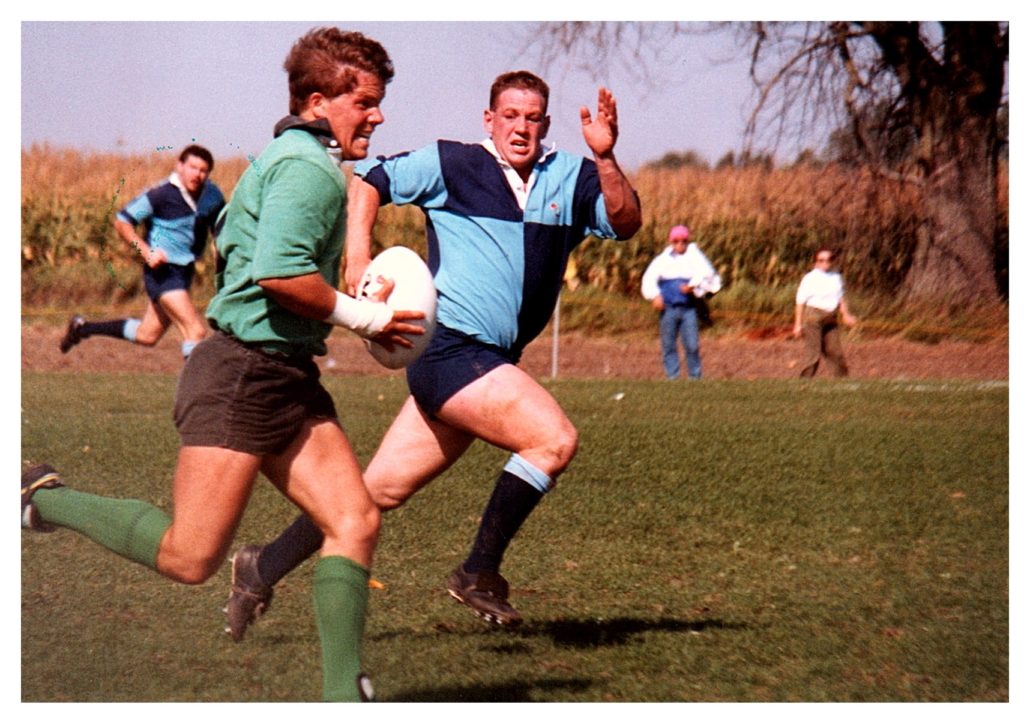
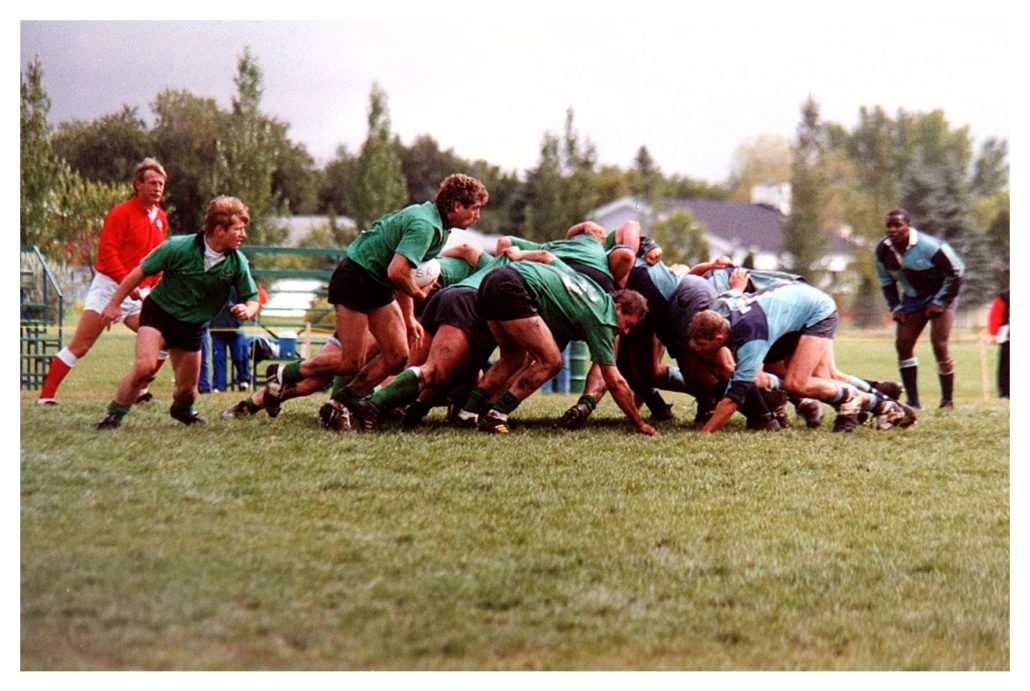
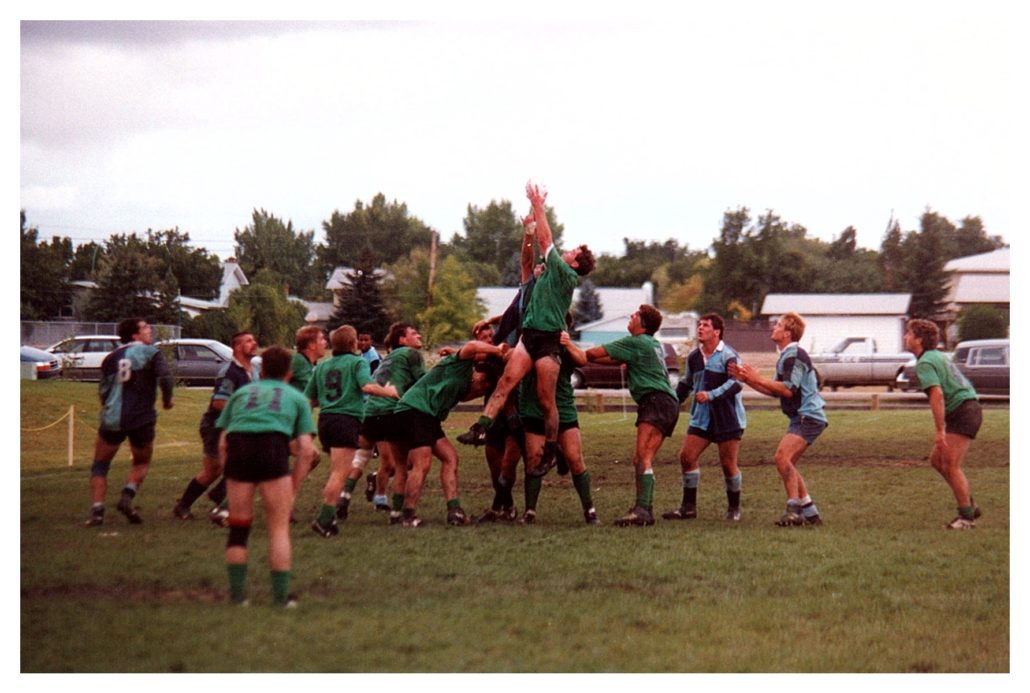
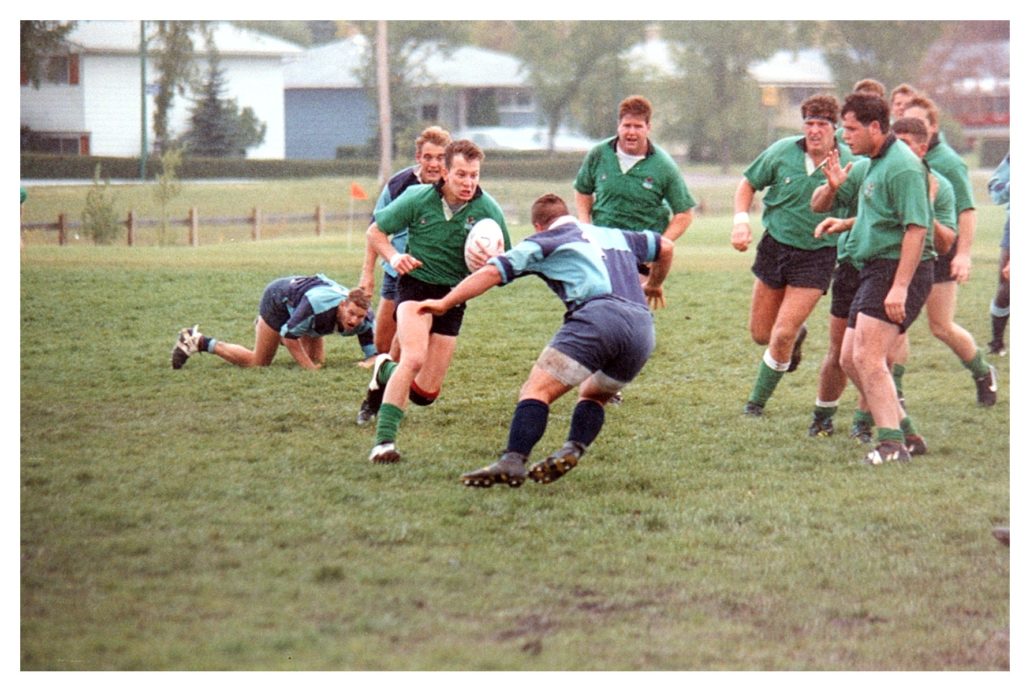
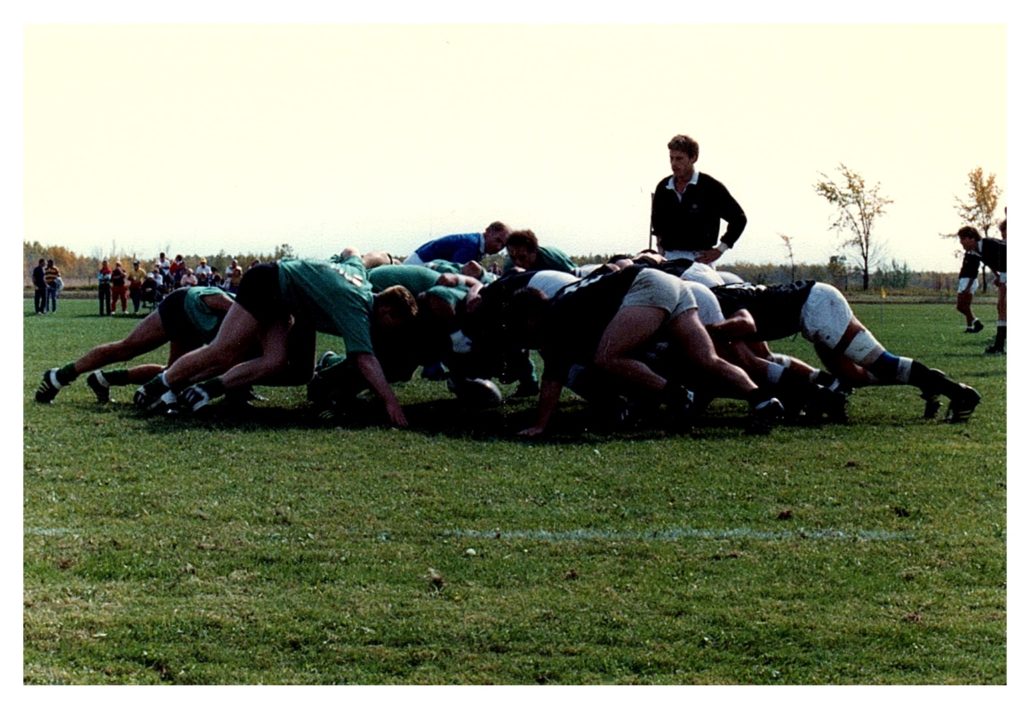
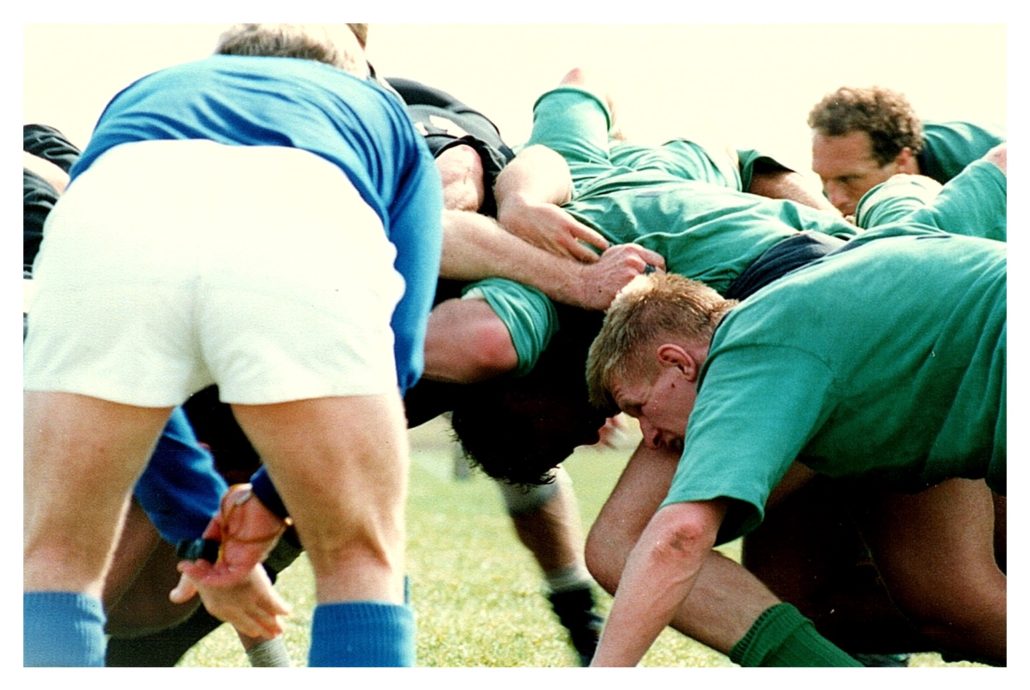
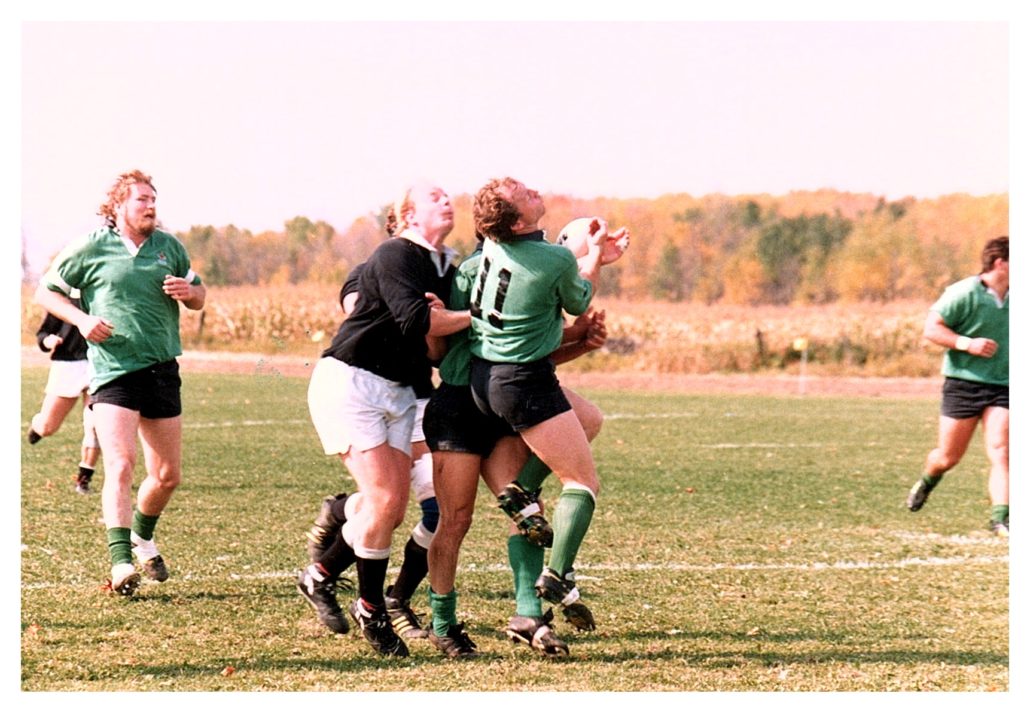
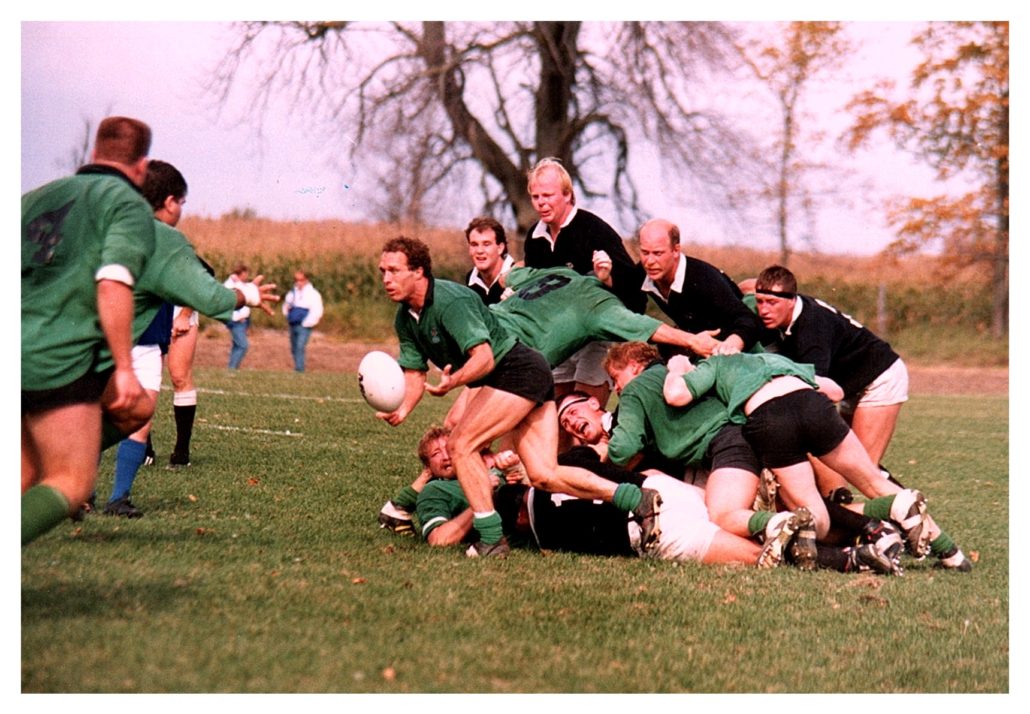
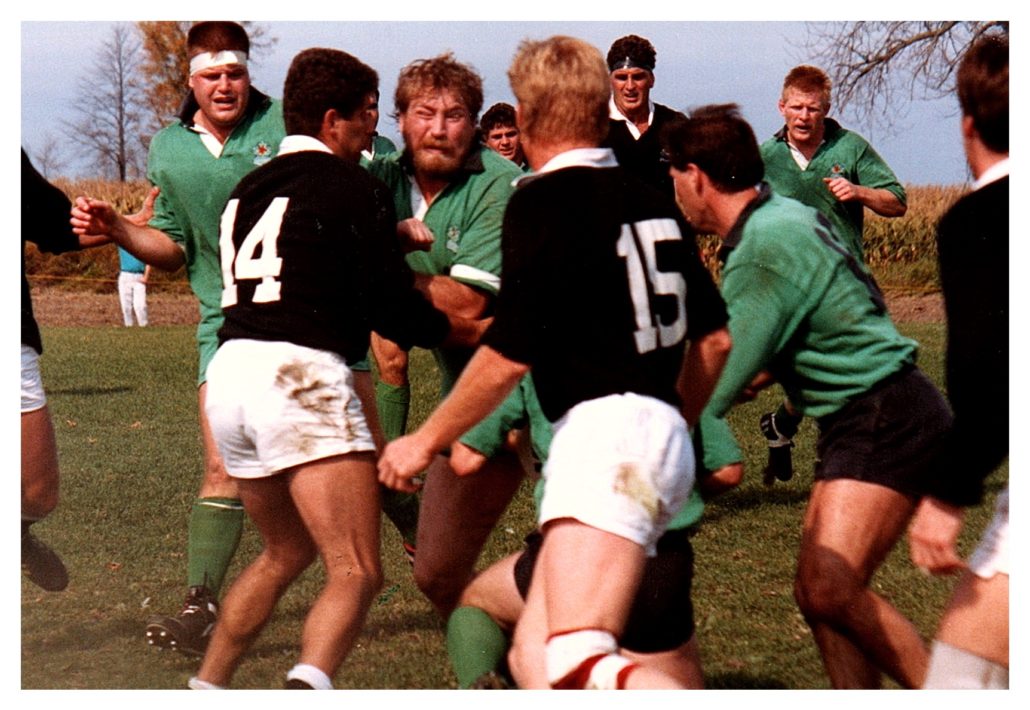
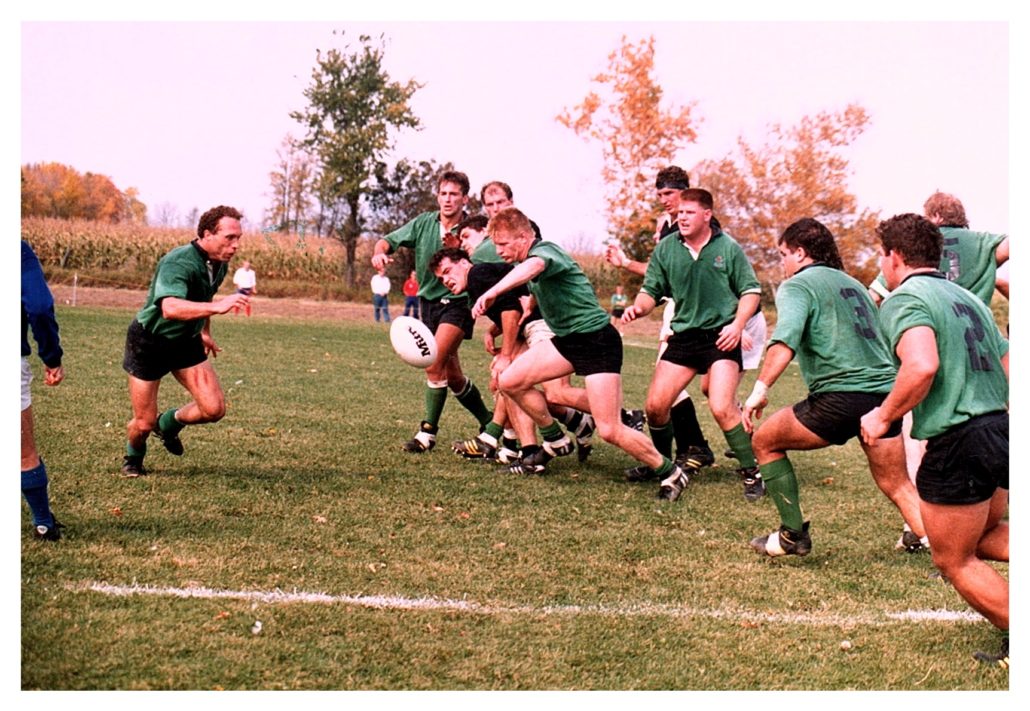
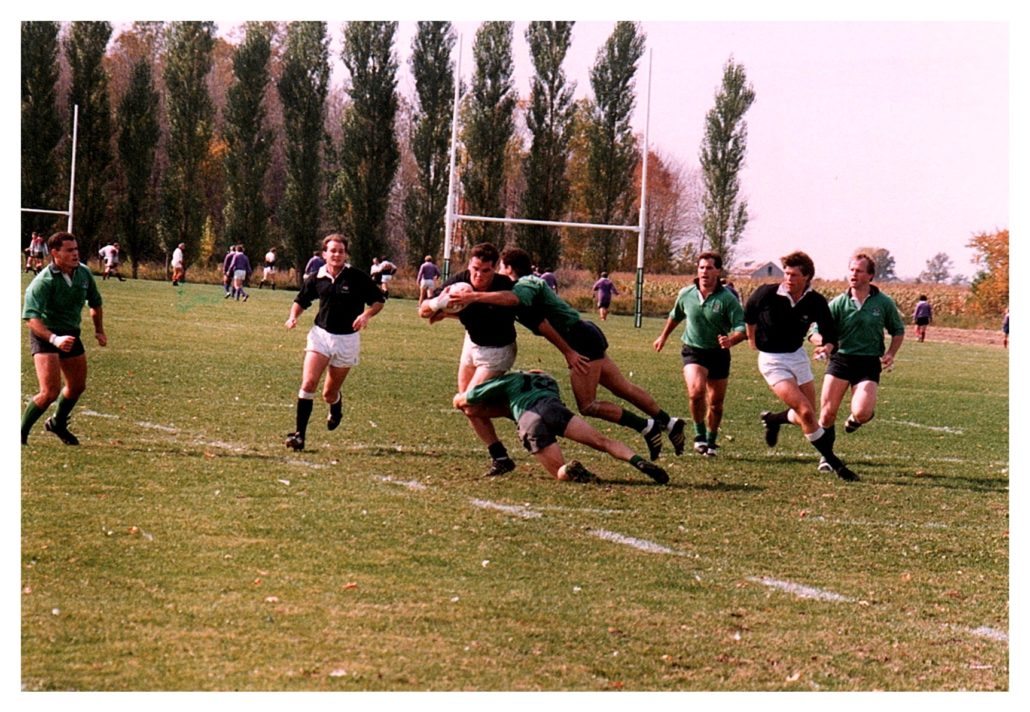
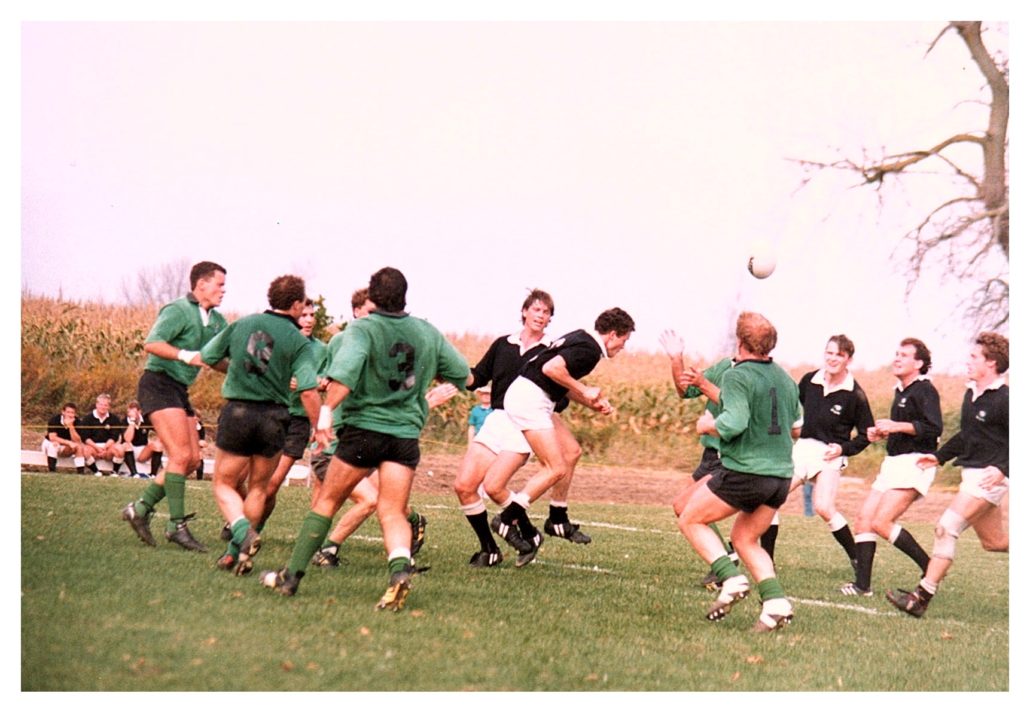
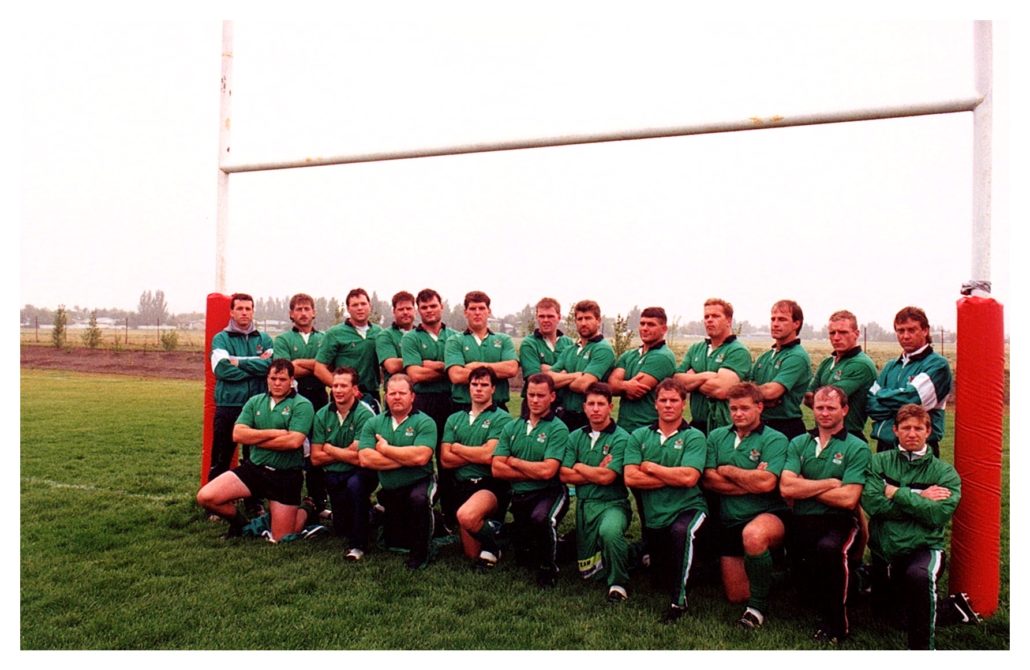
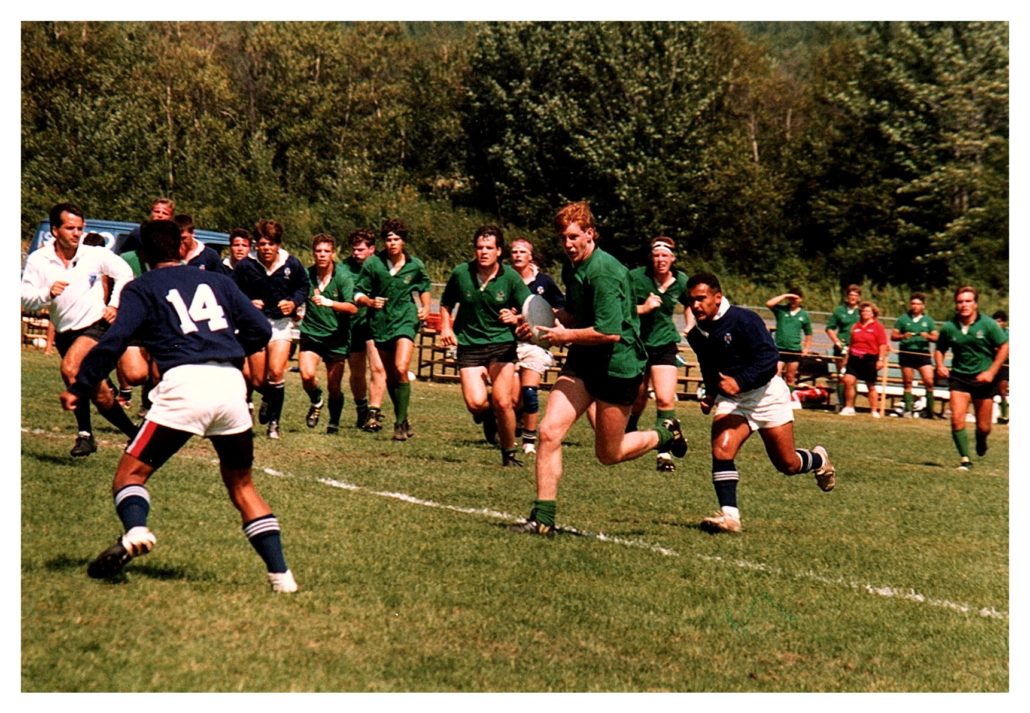
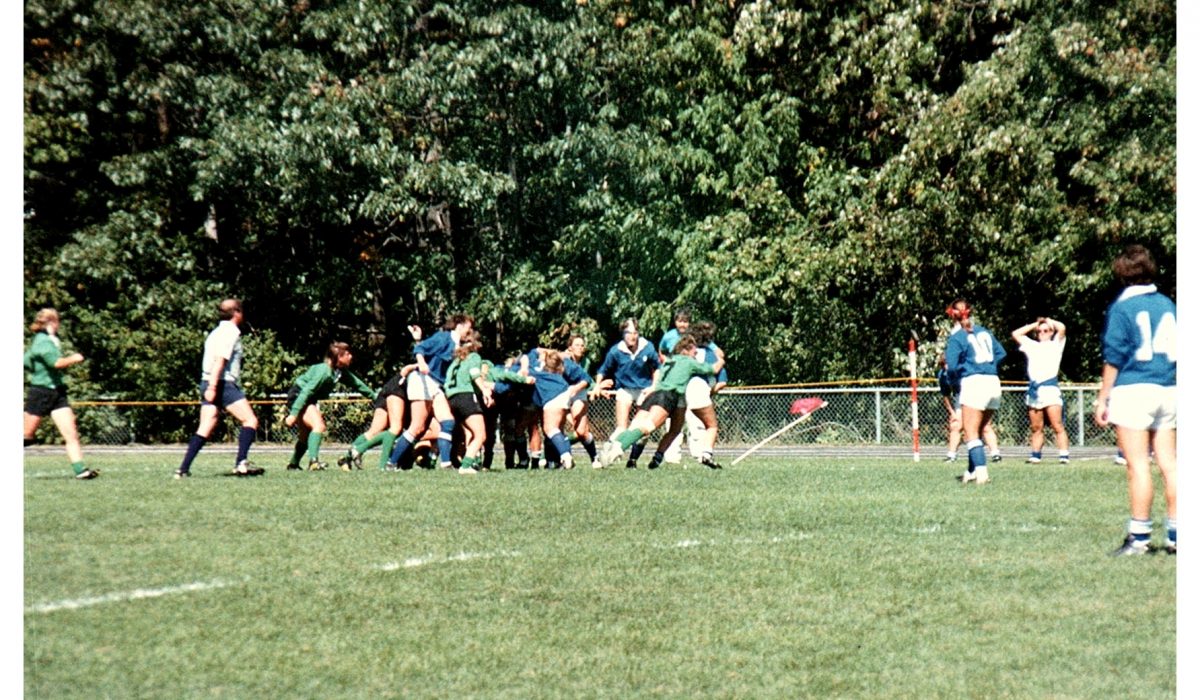
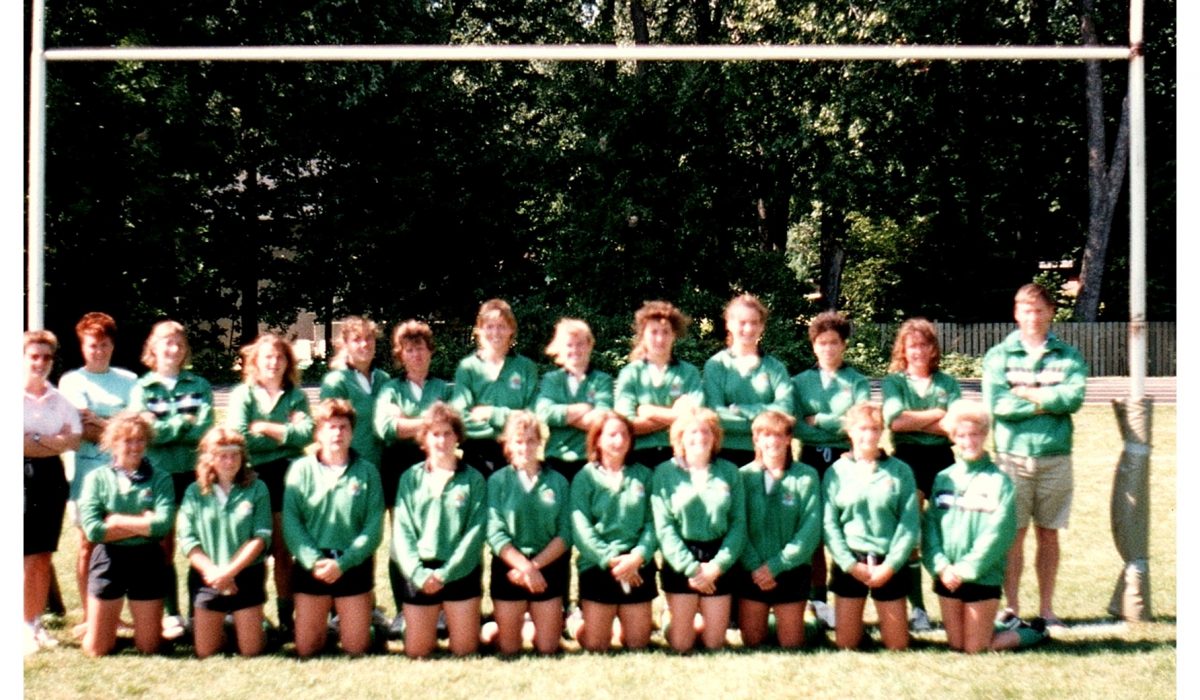
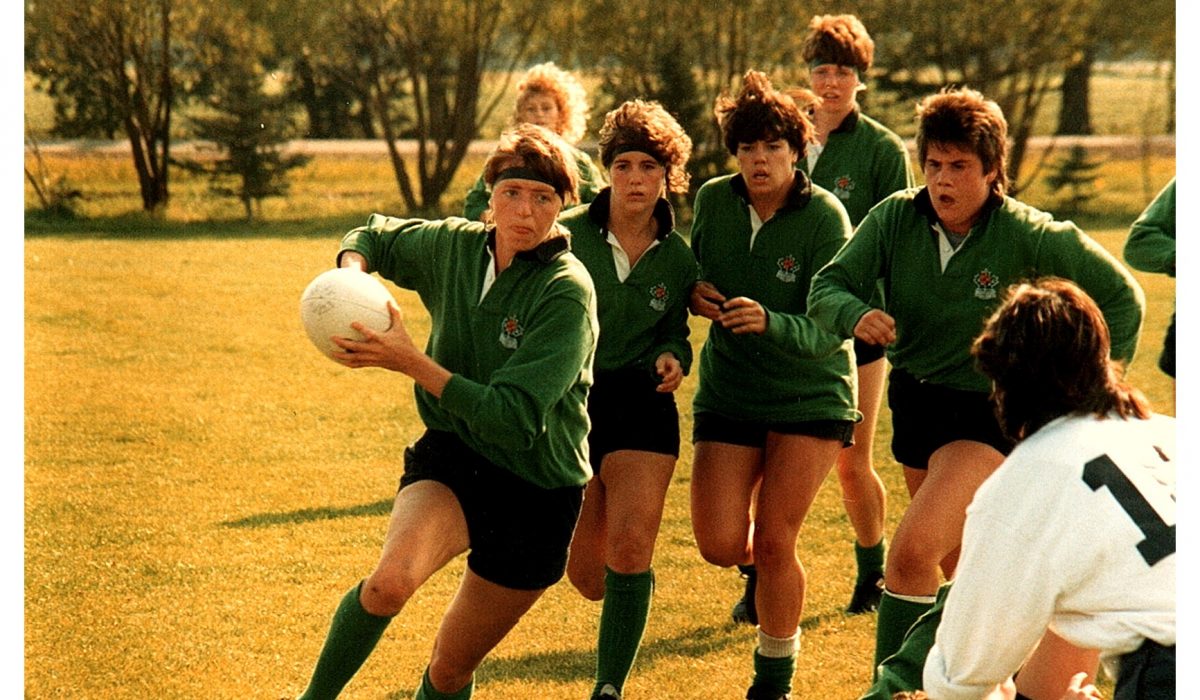
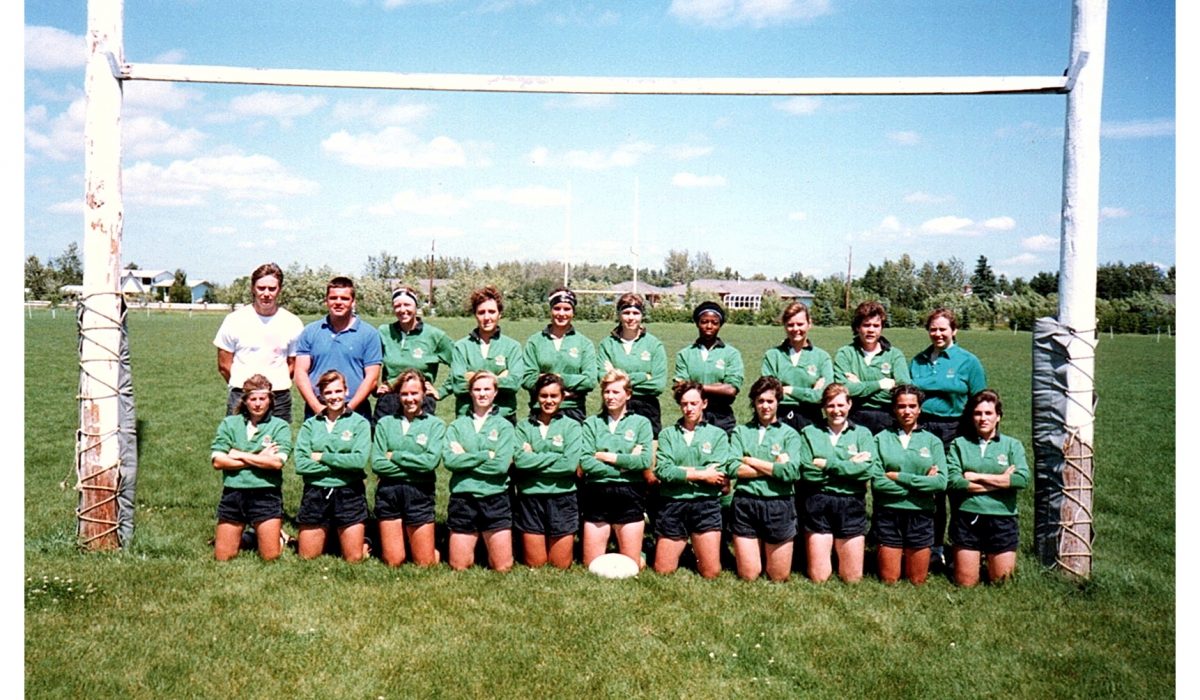
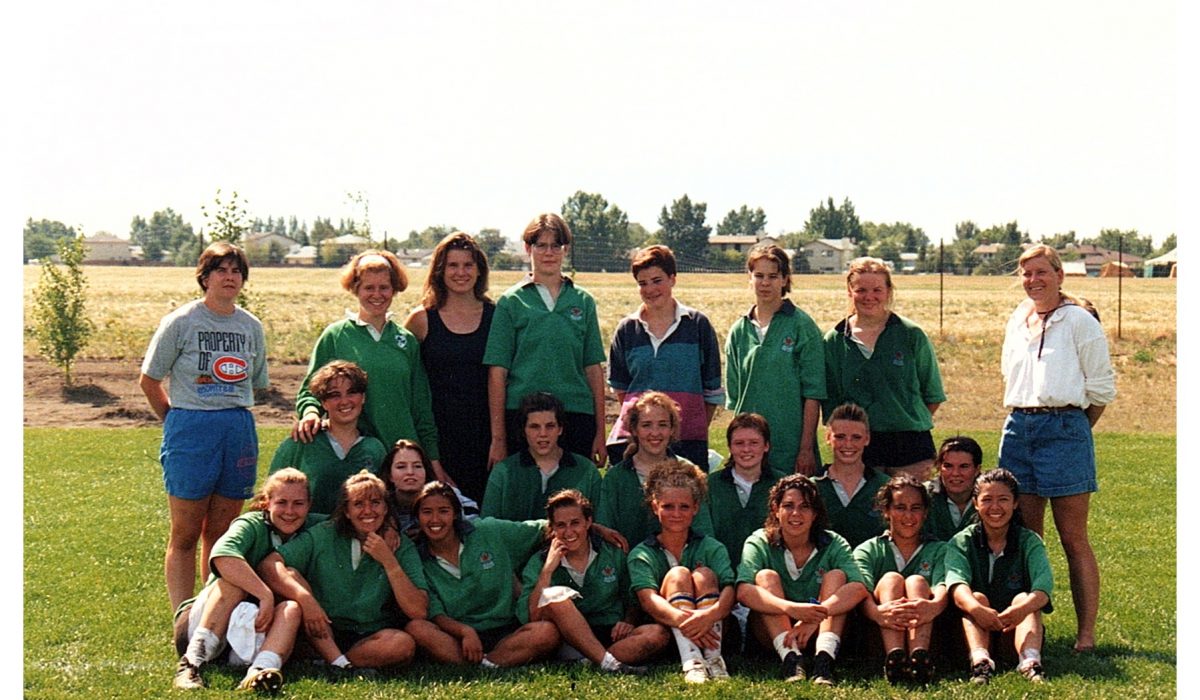
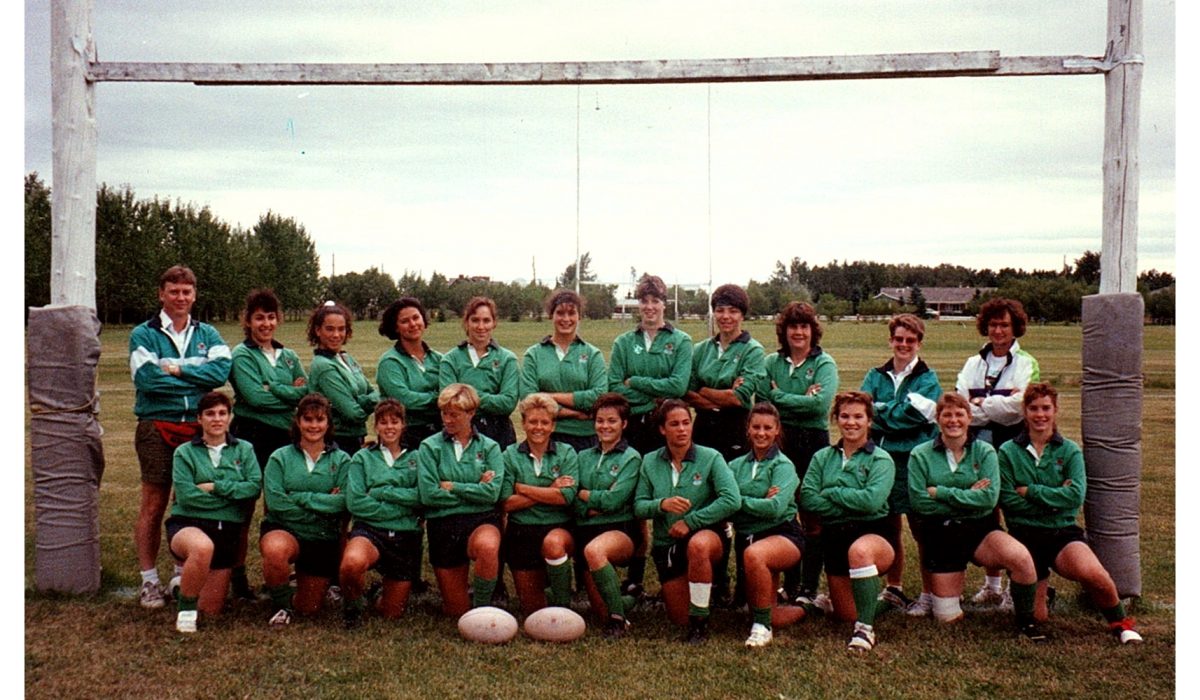
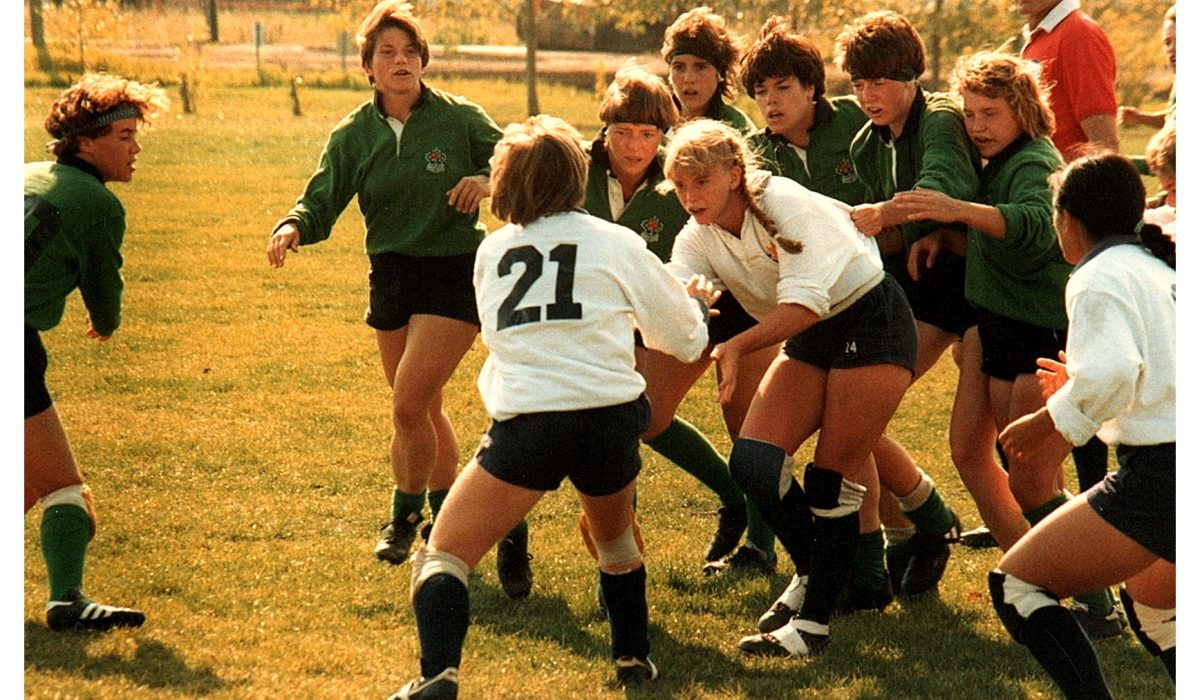
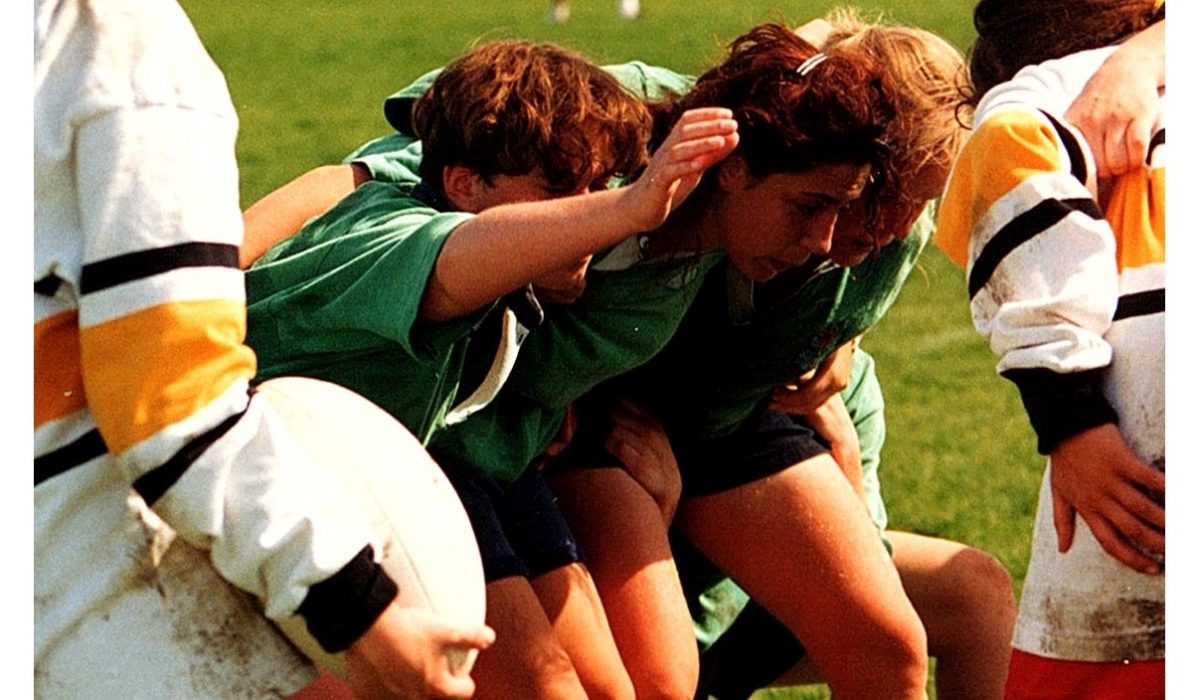
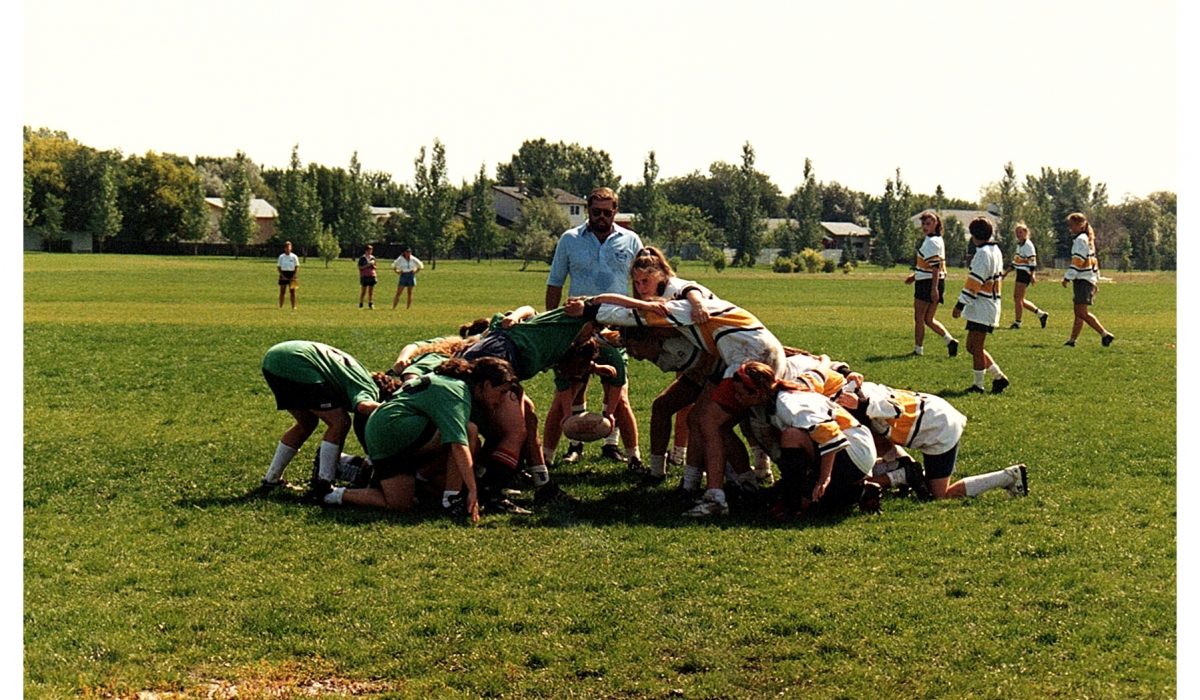
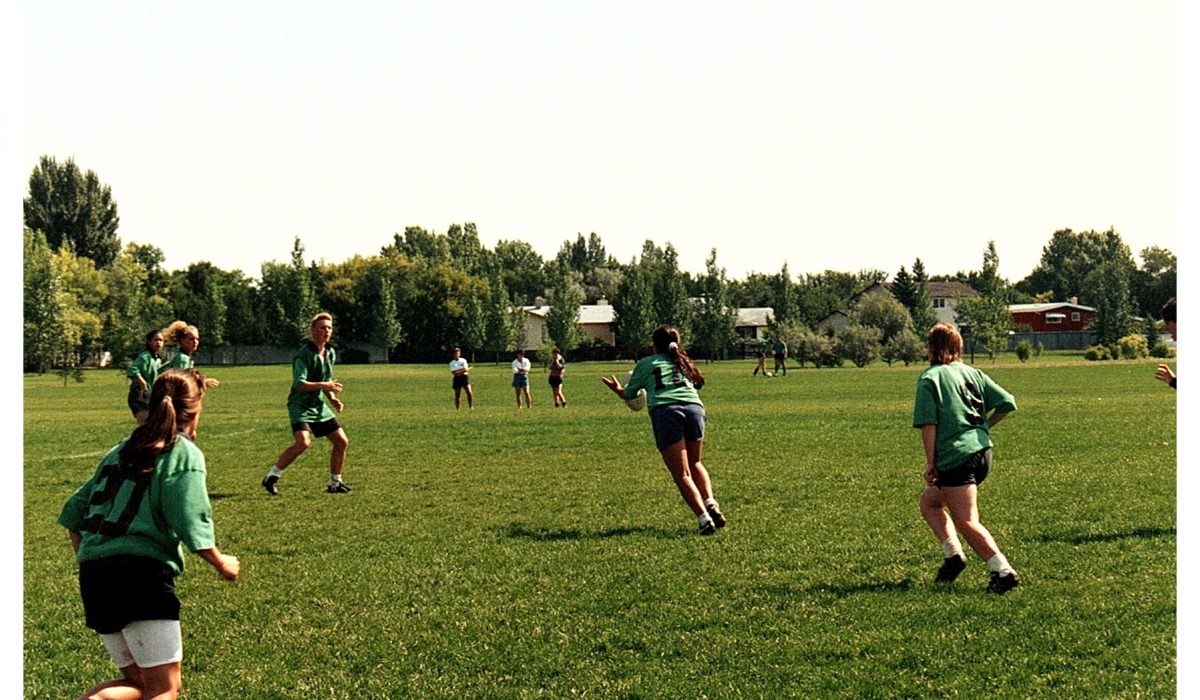
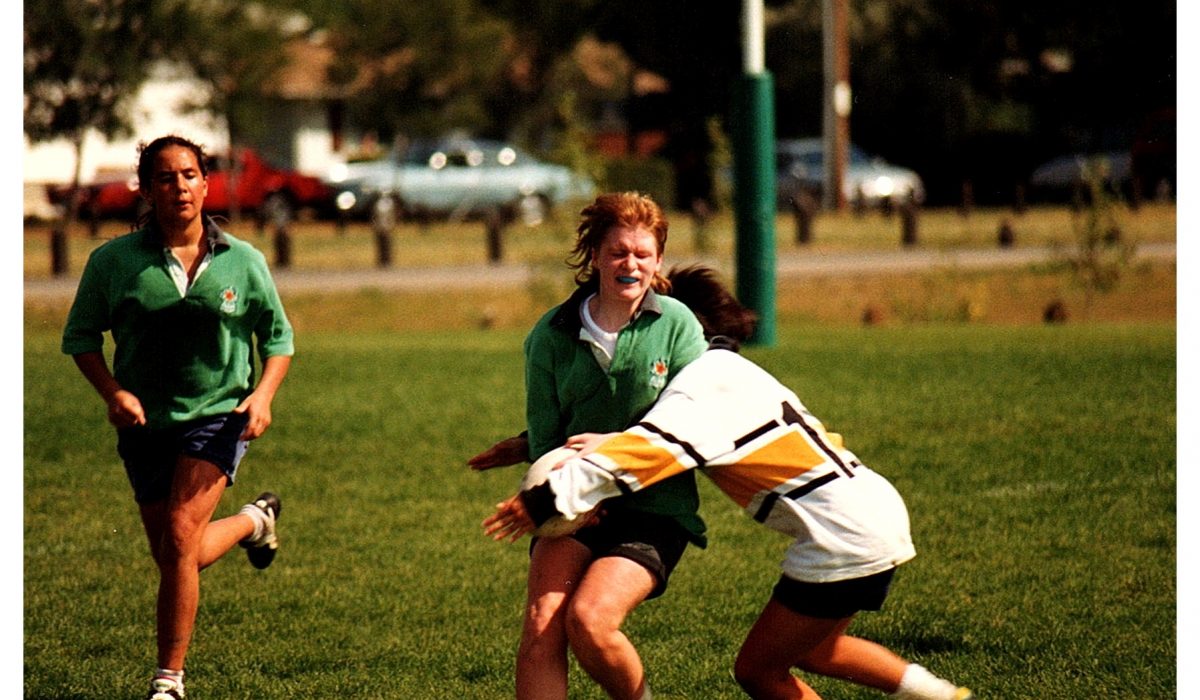
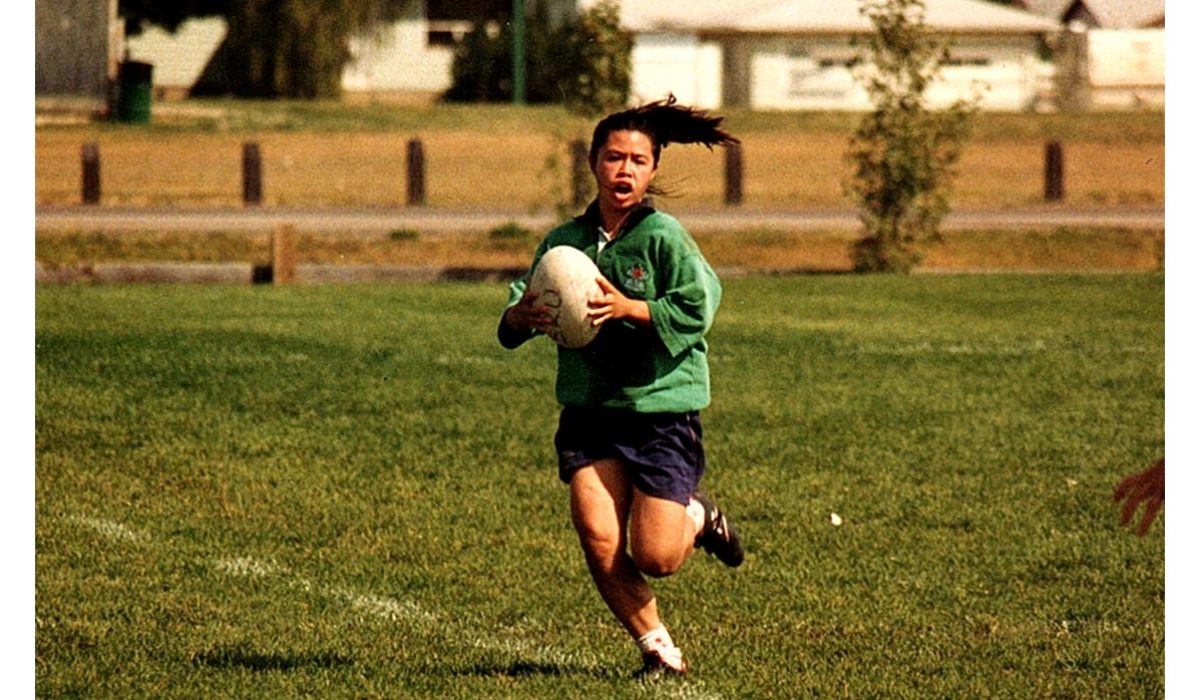
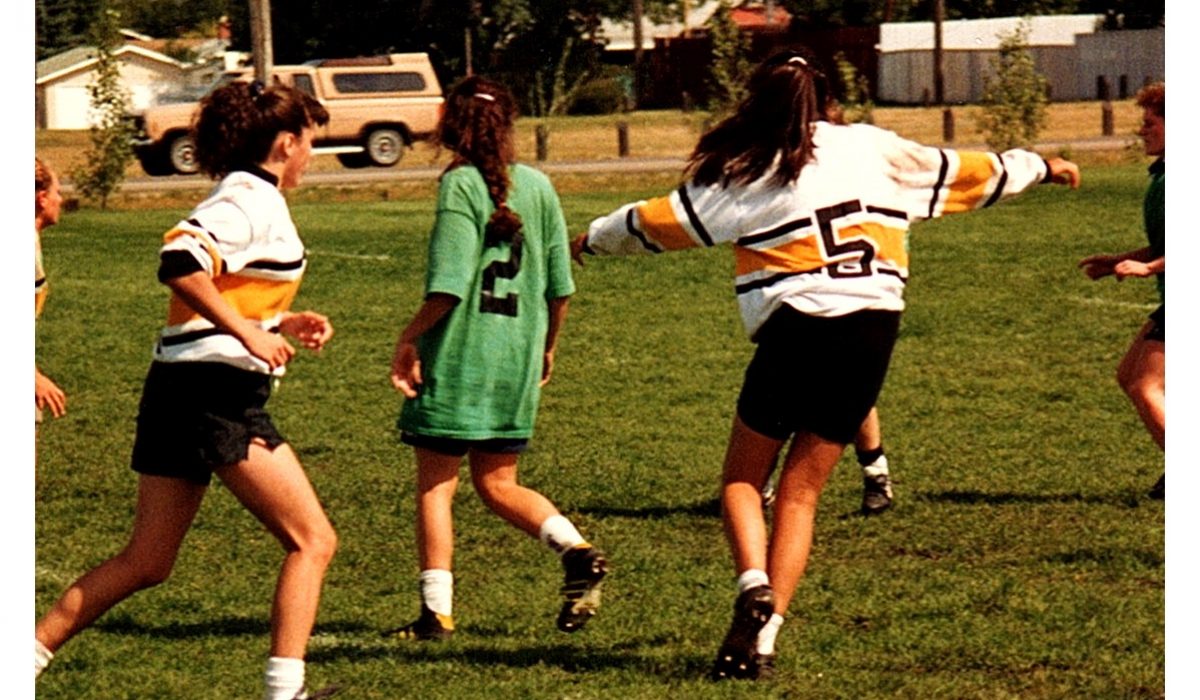
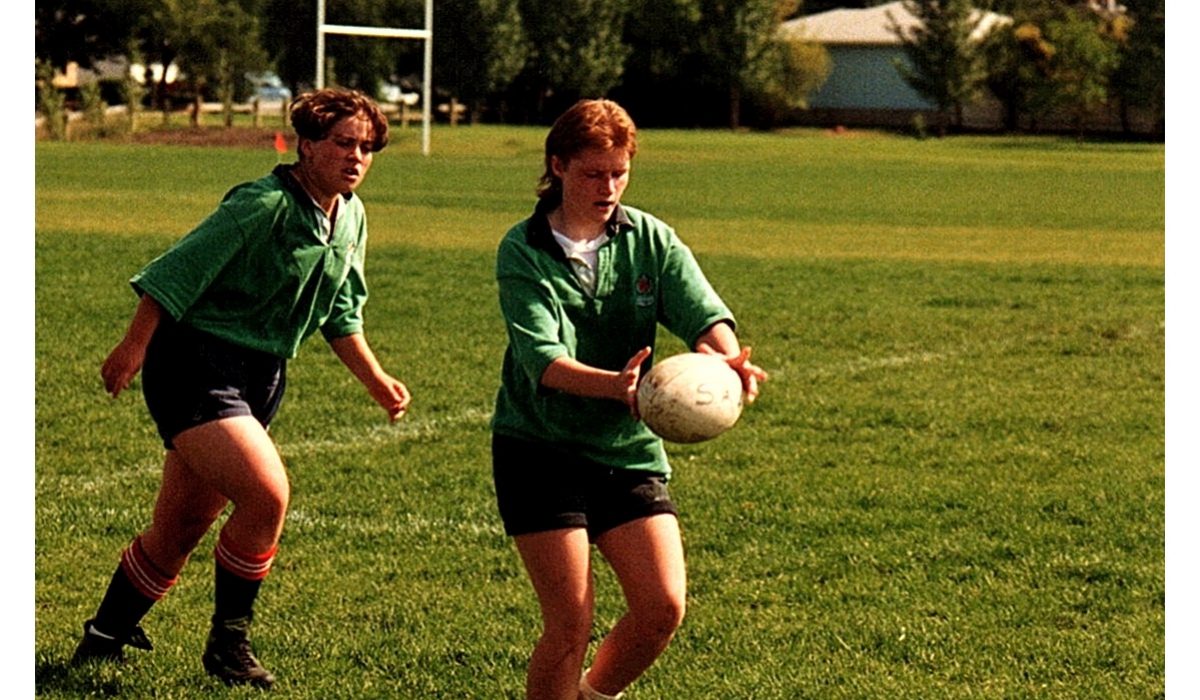
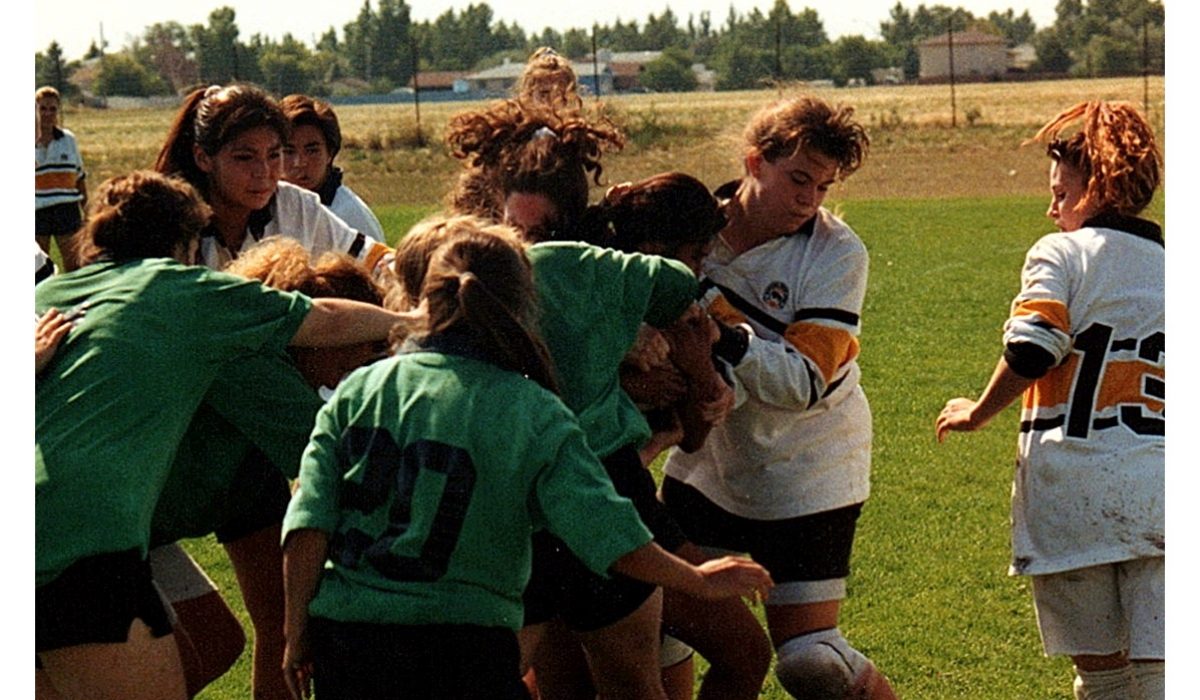
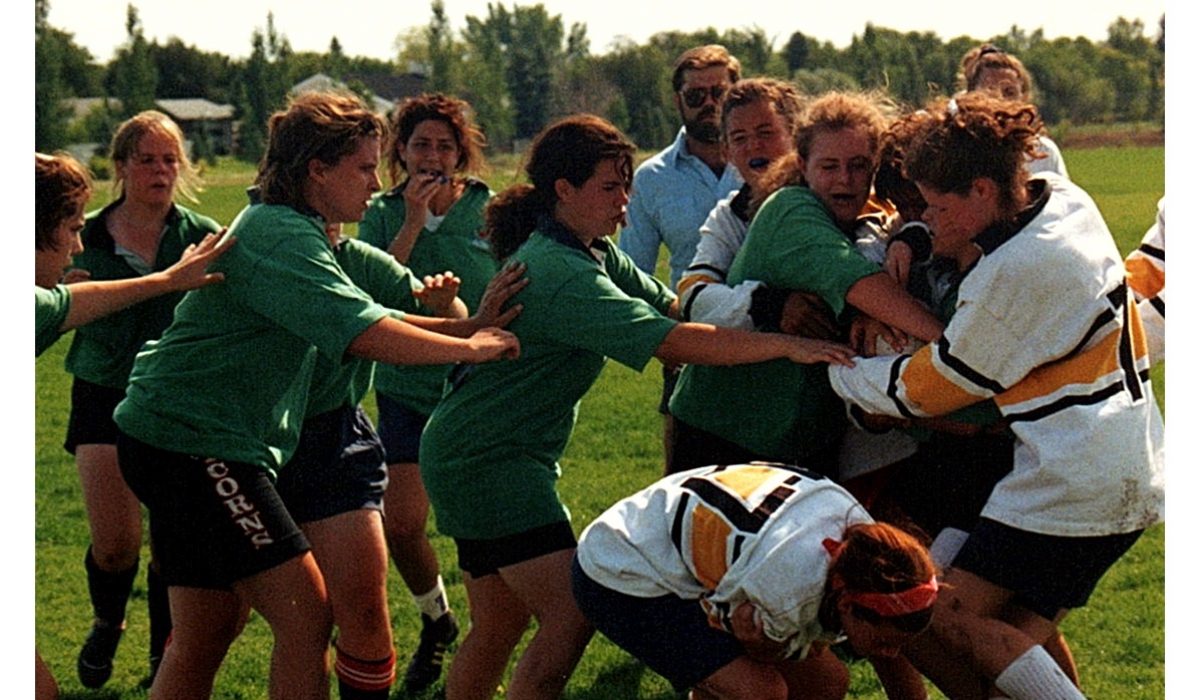
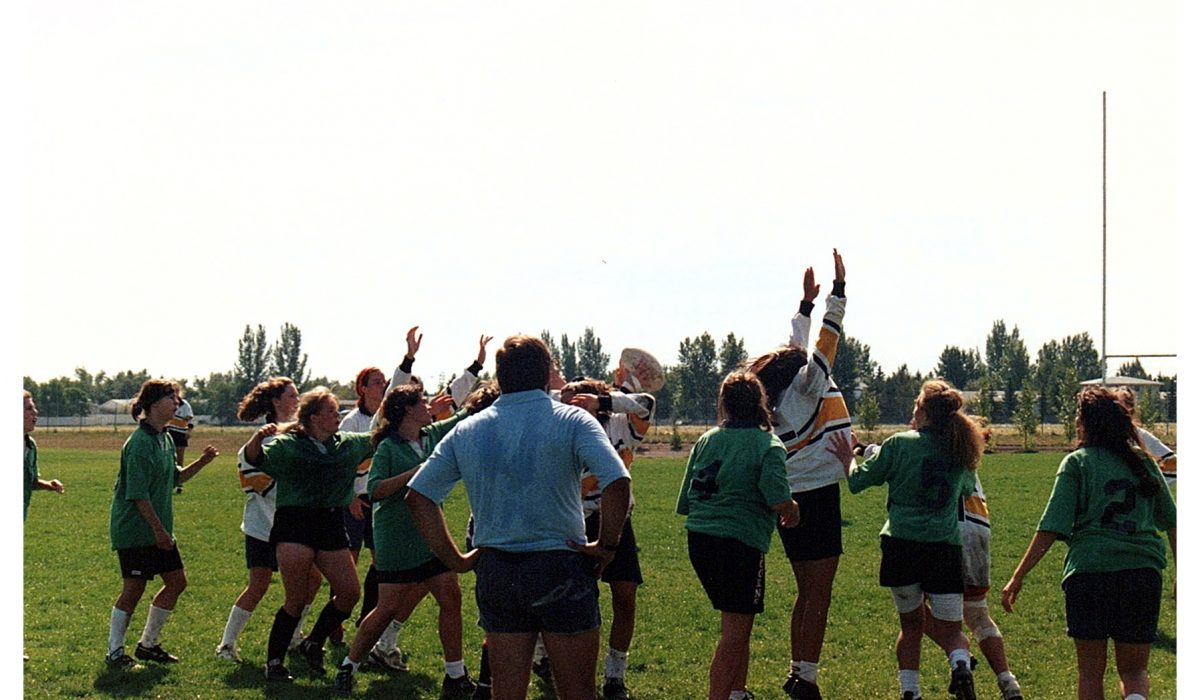
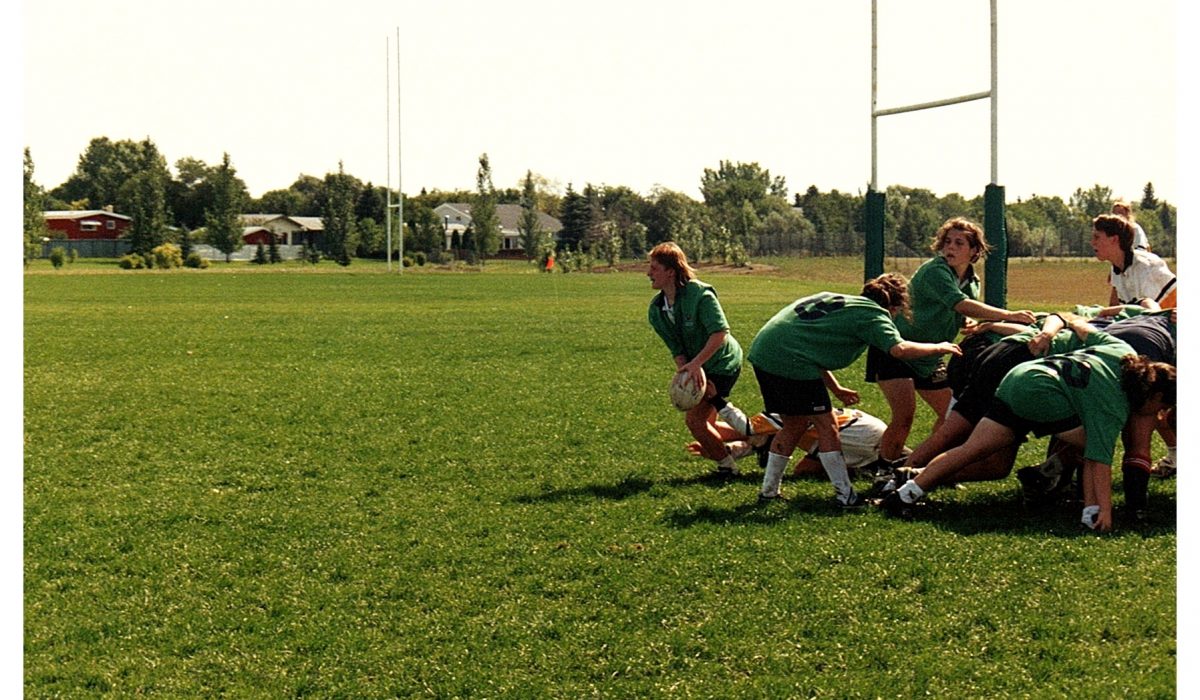
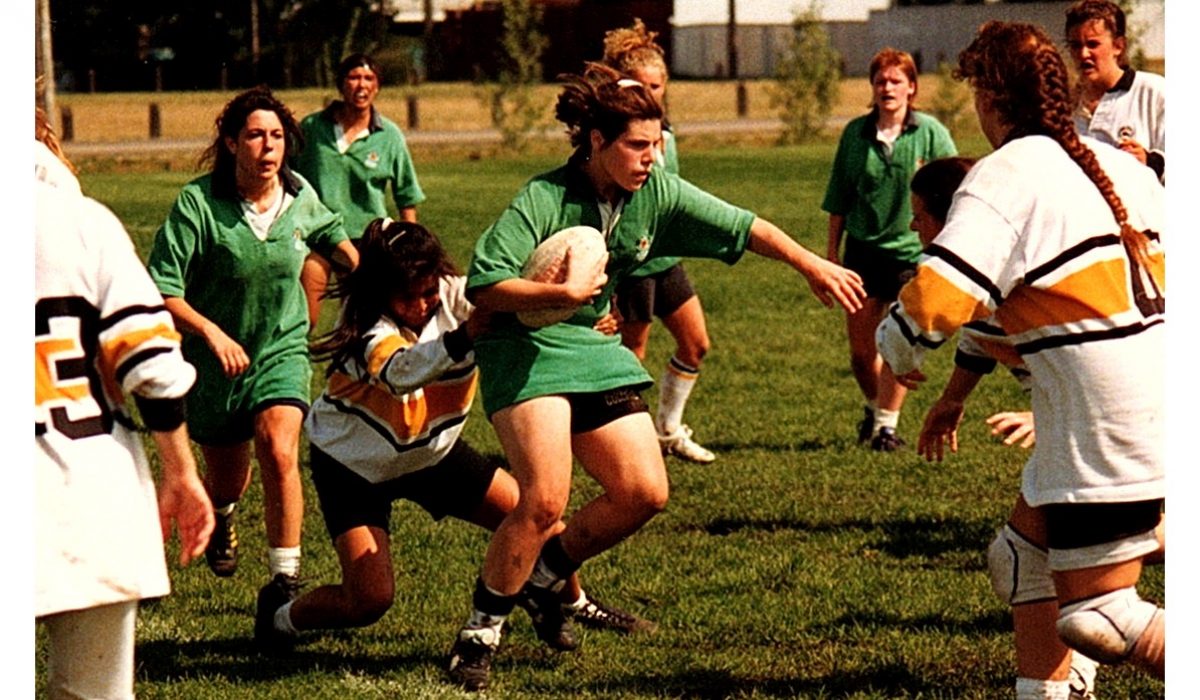
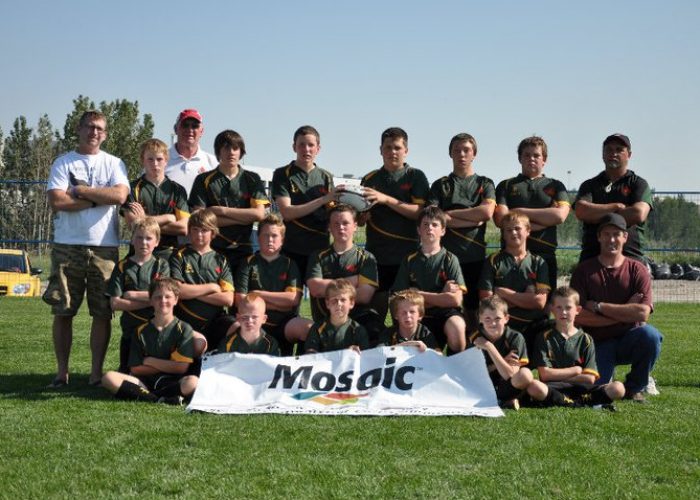
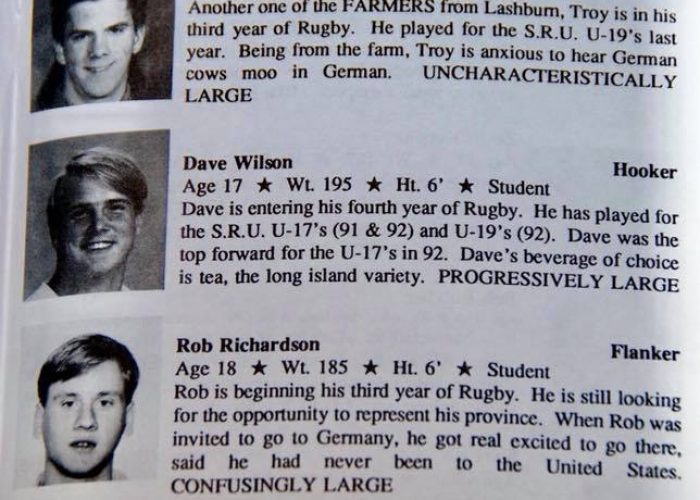
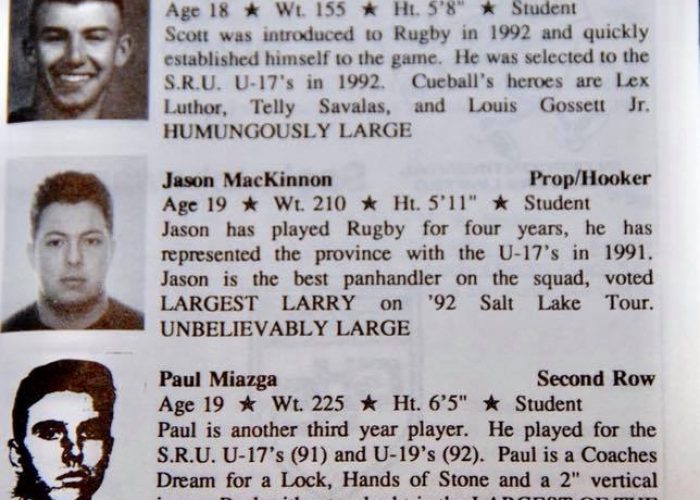
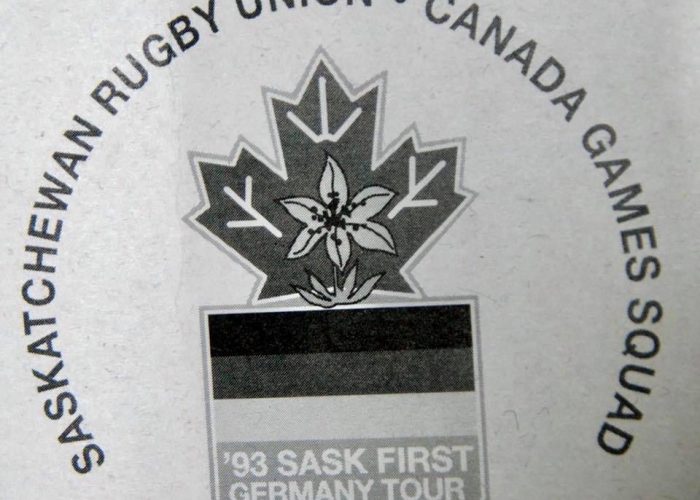
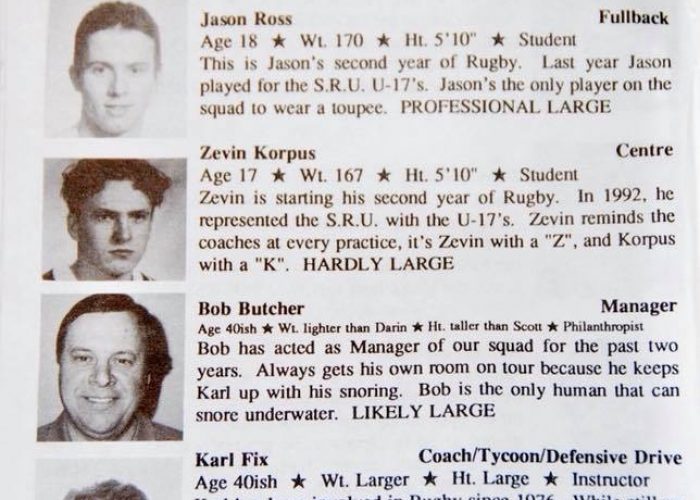
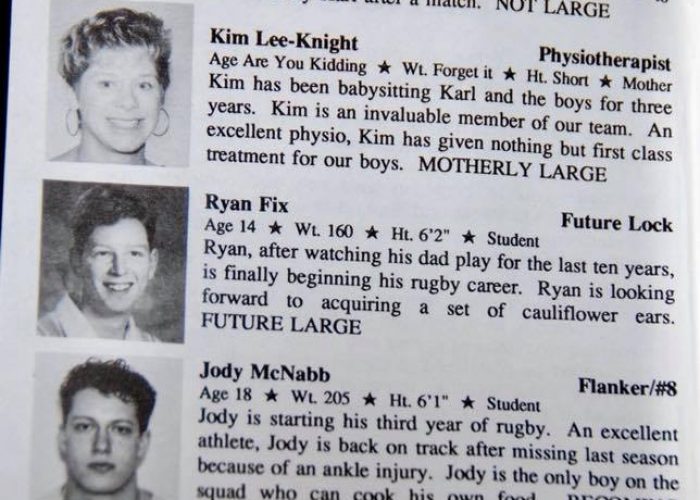
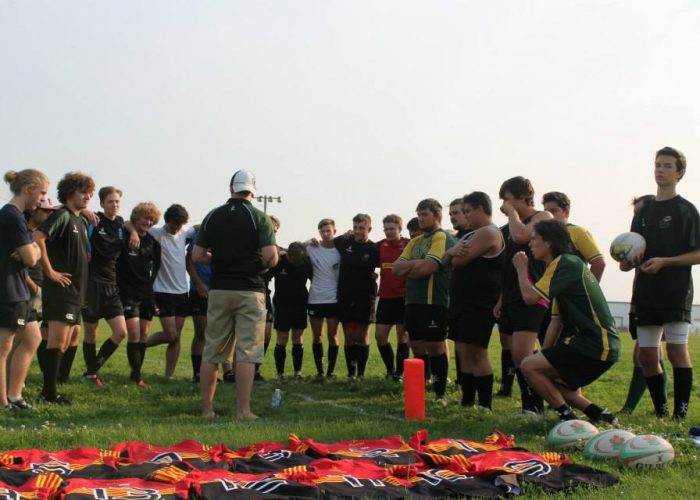
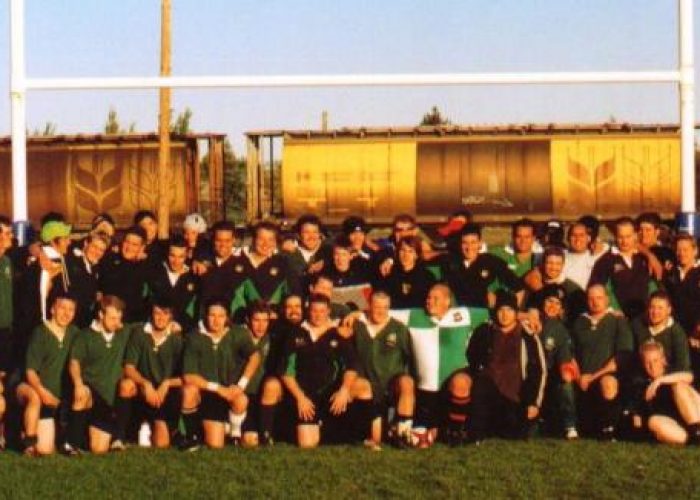
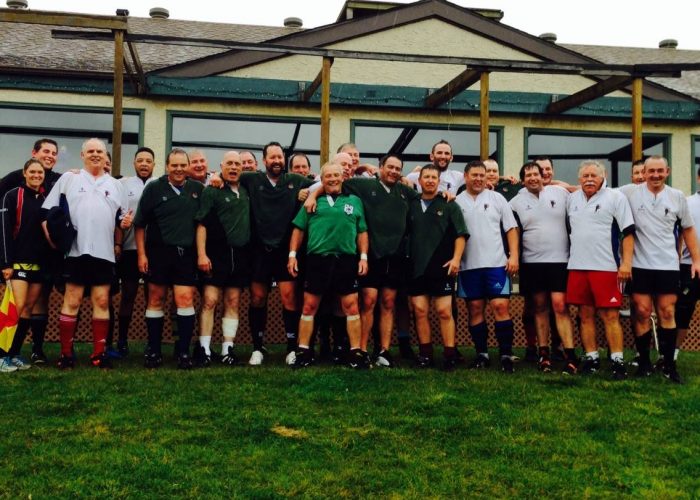
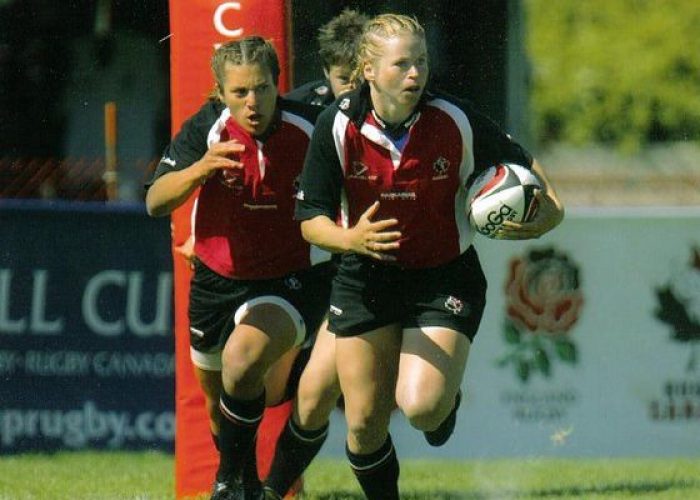
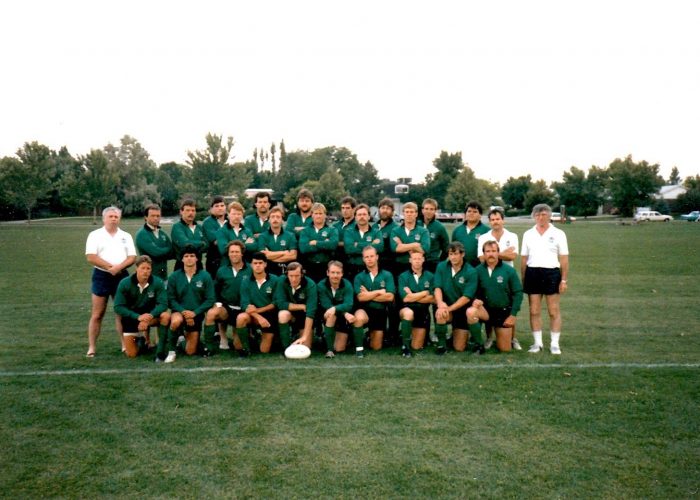
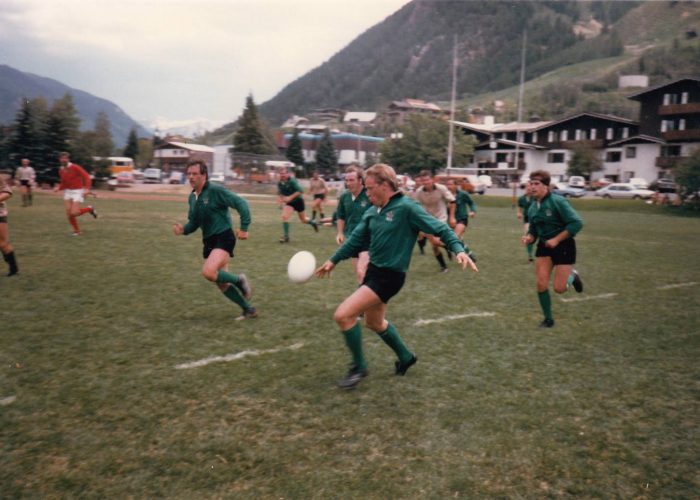
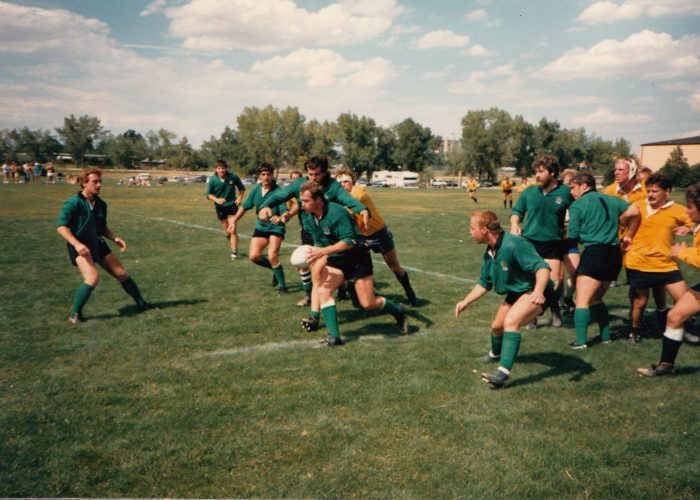
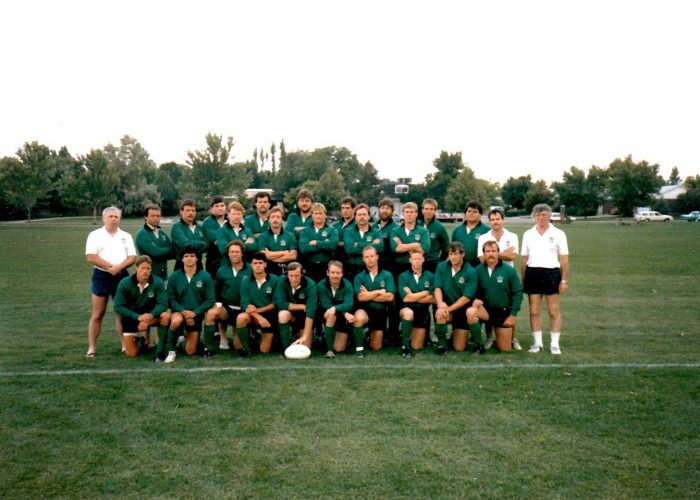
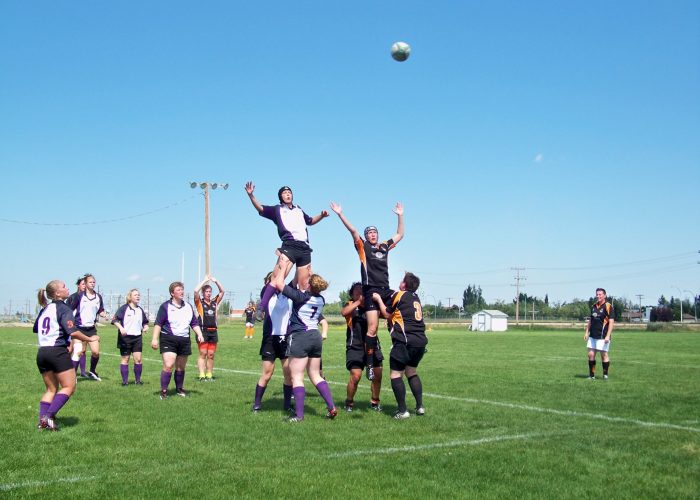
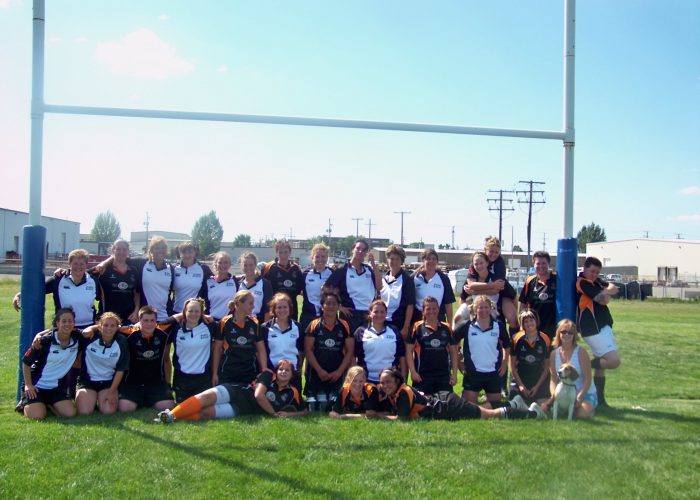
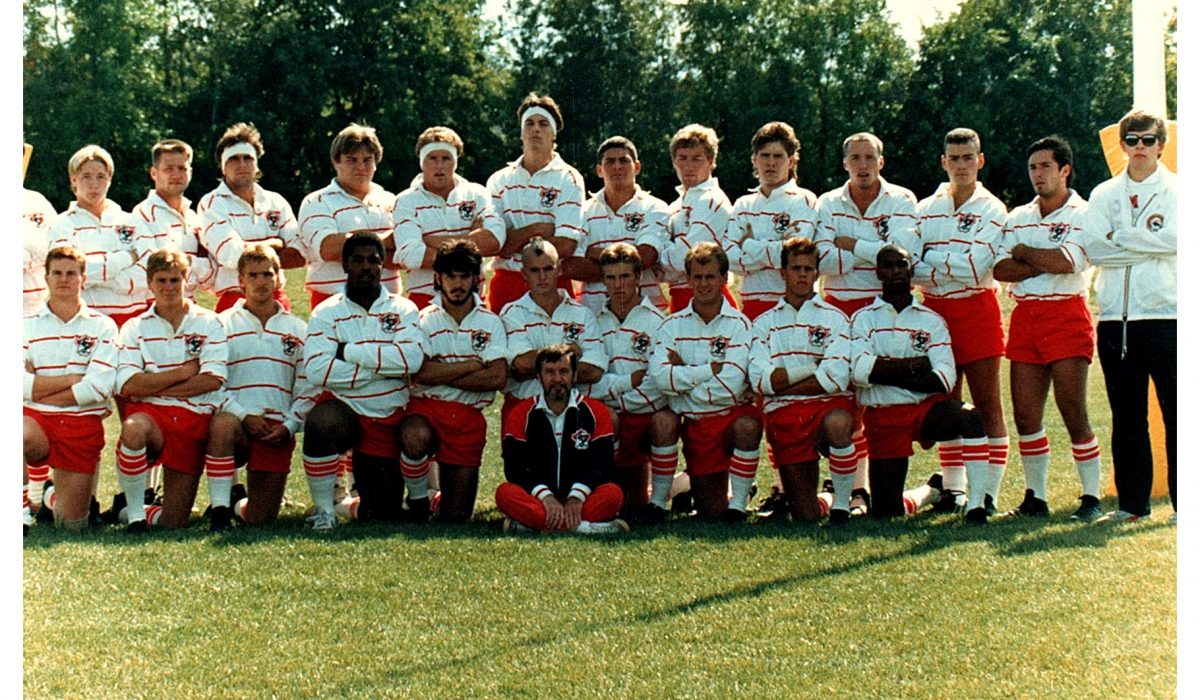
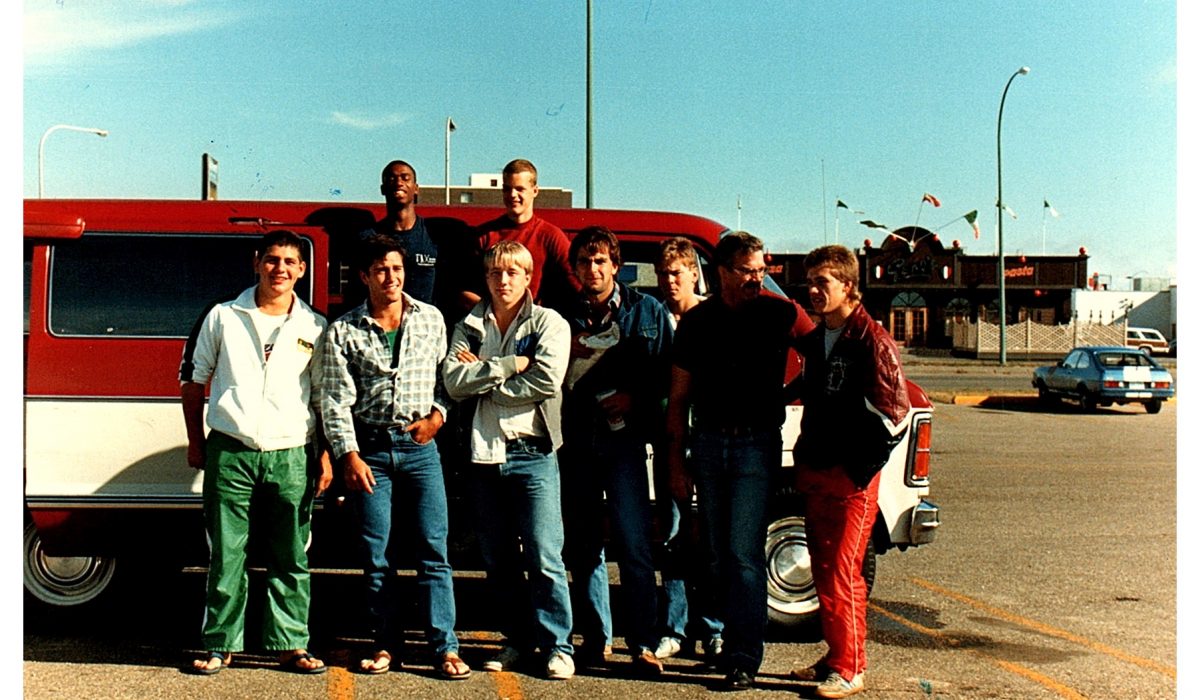
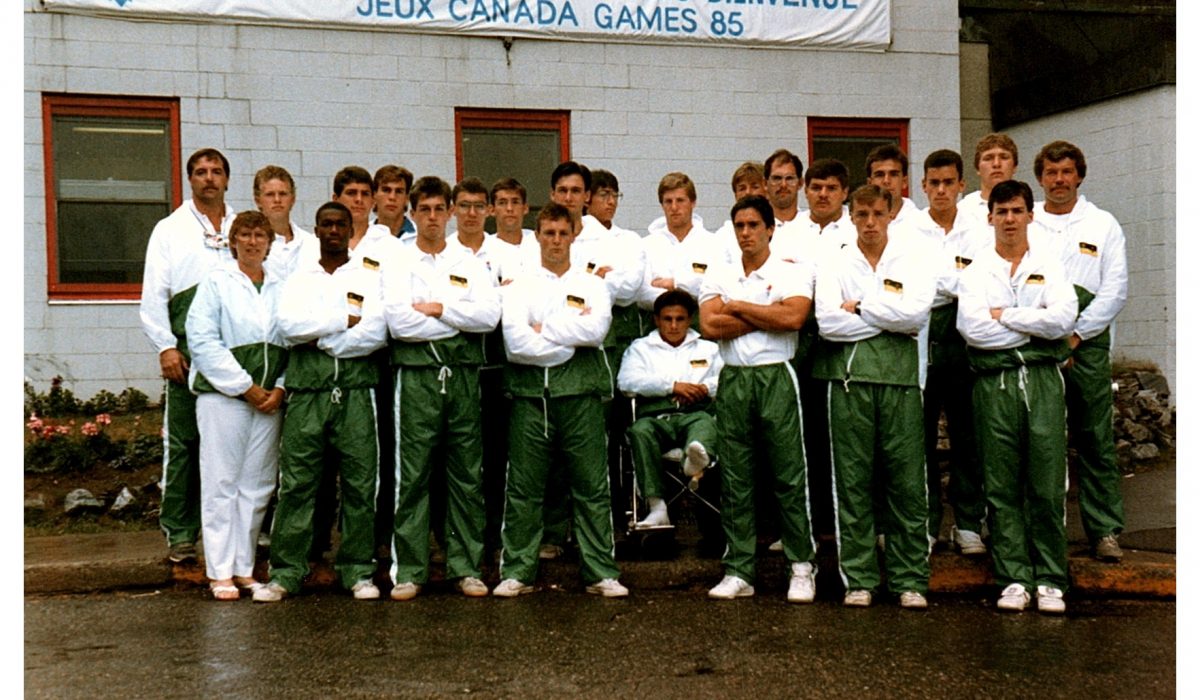
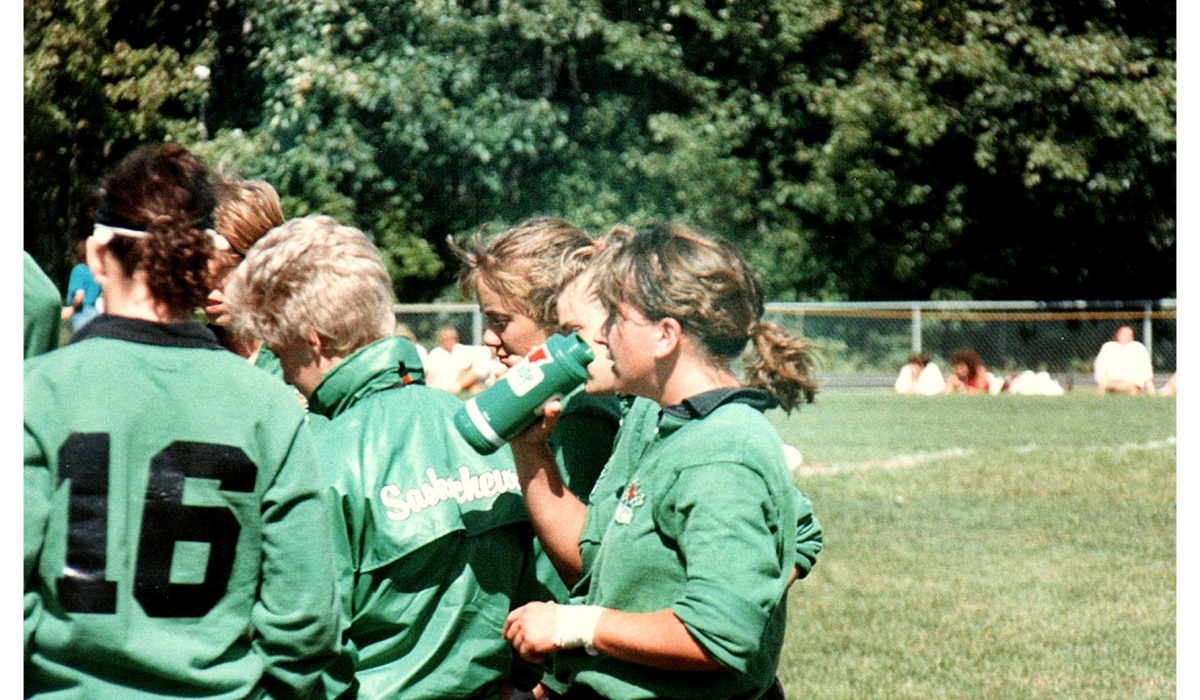
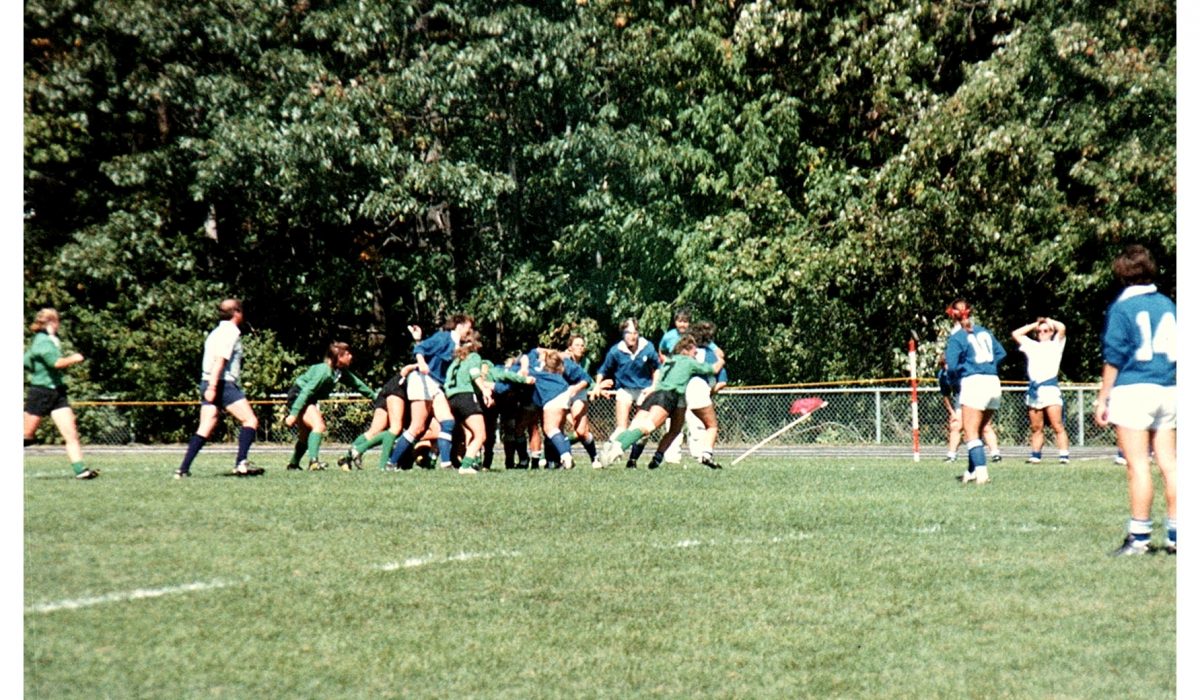
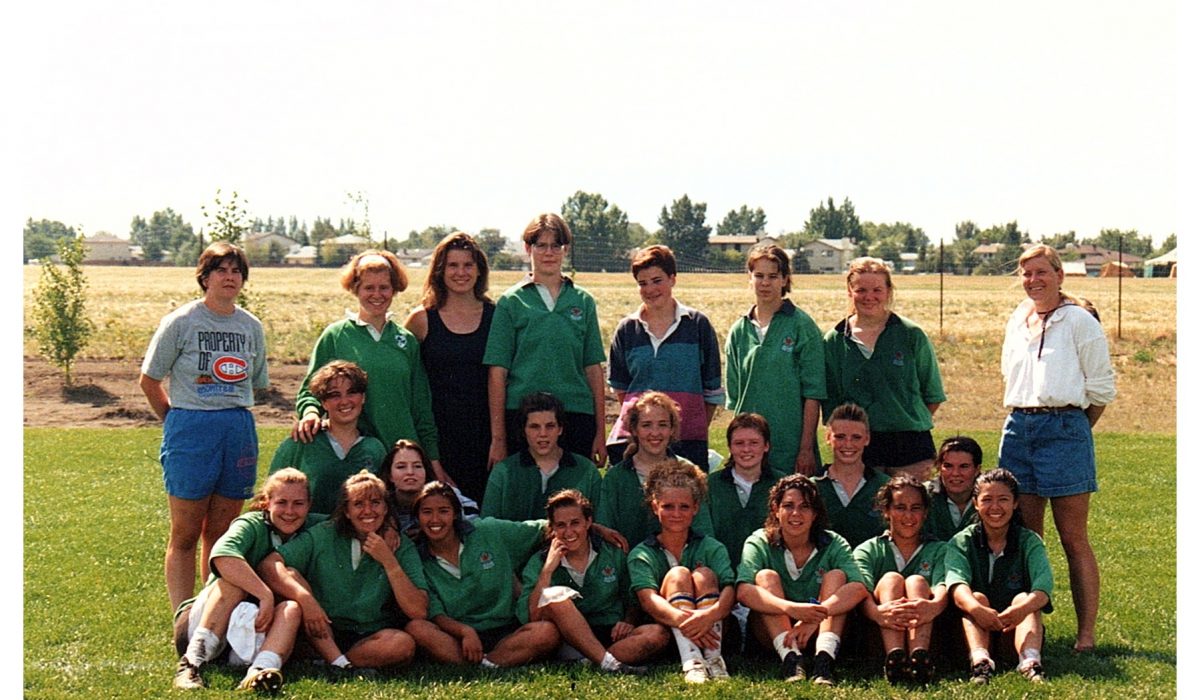
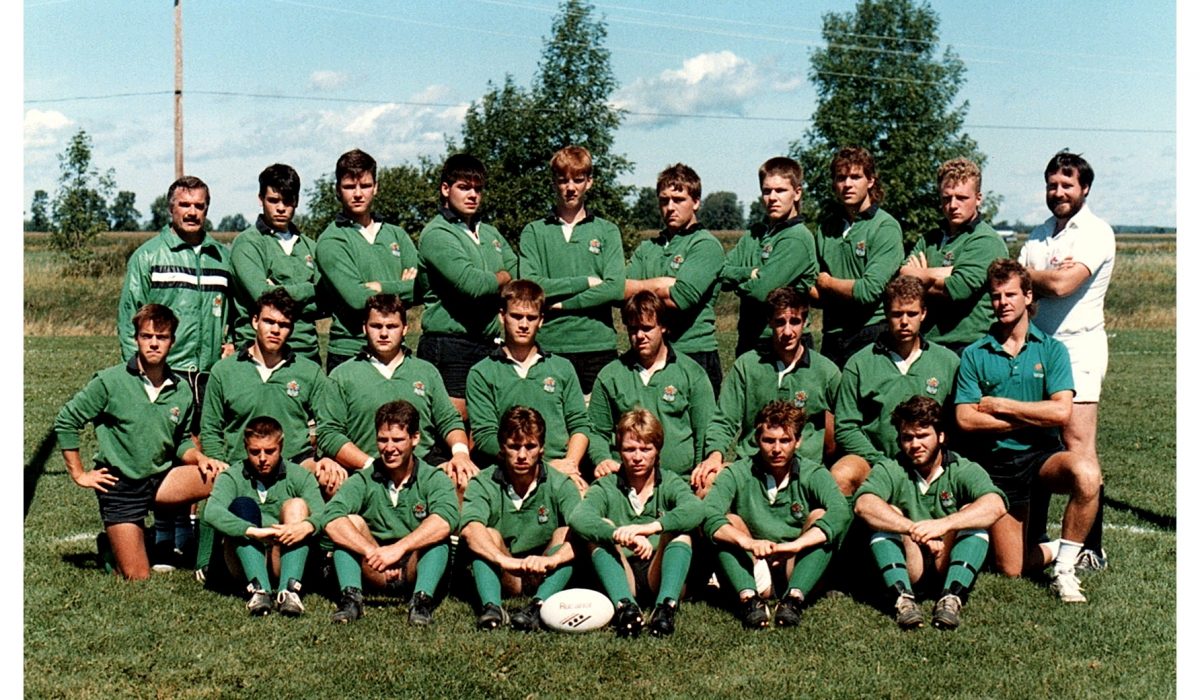
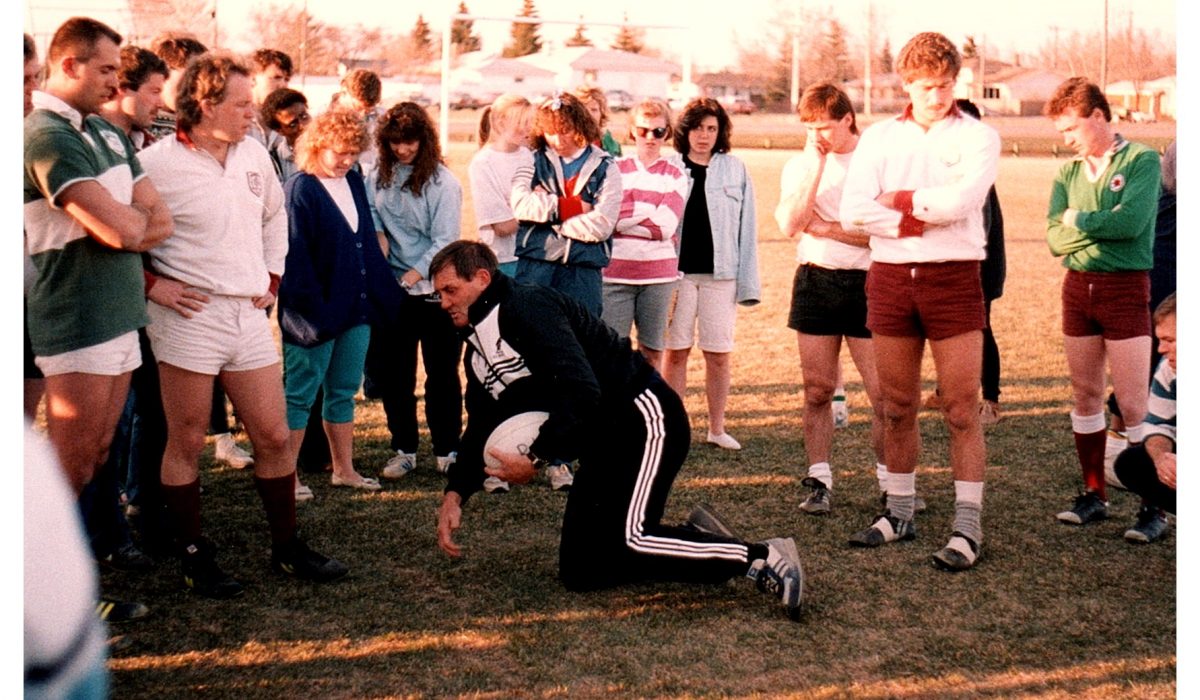
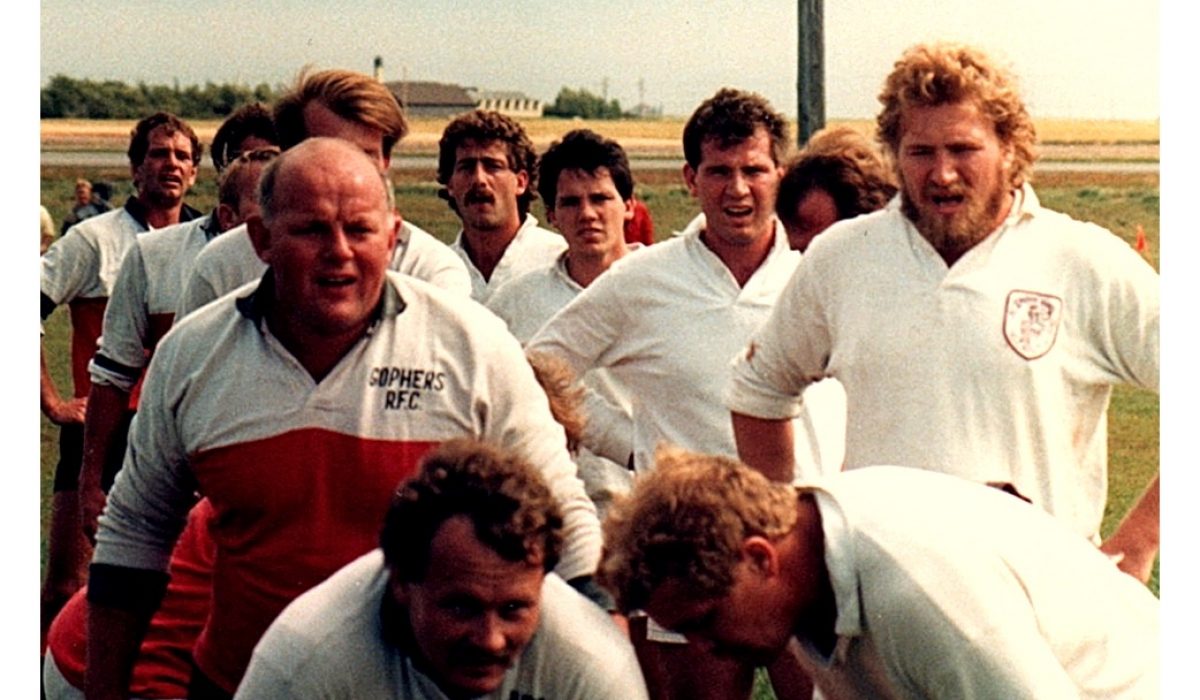
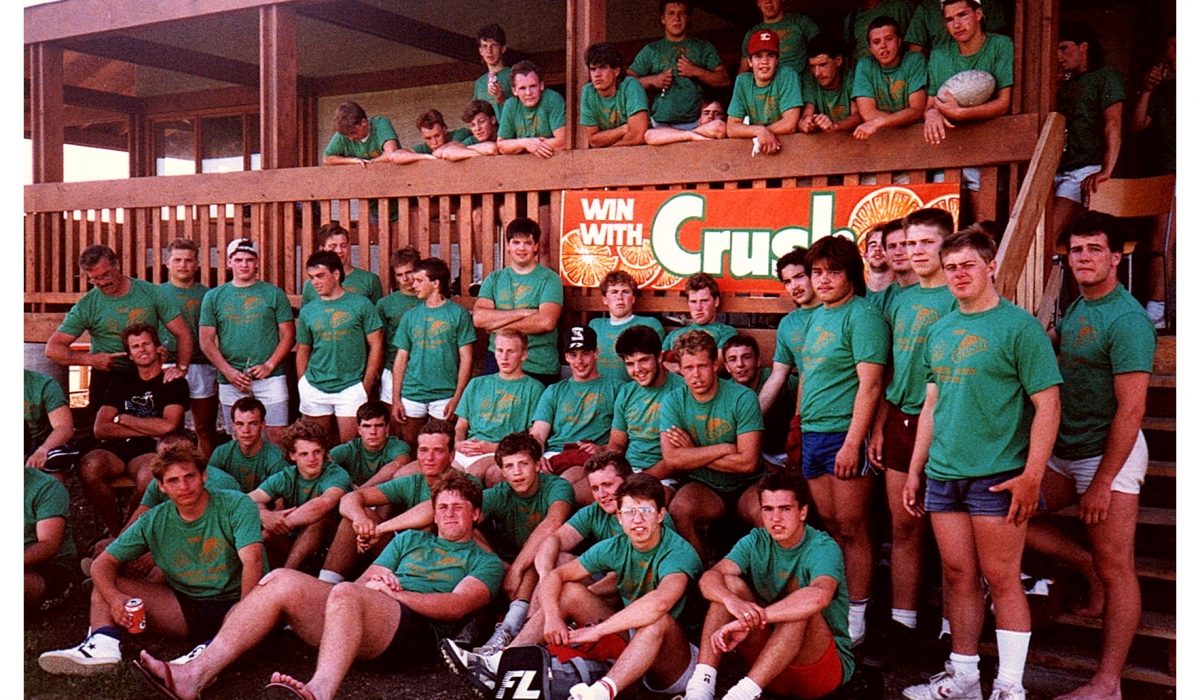
Phil Degenstein (Captain) – Scrum-Half / Centre – Campion Grads
Greg Brock – Scrum-Half – Condors
John Hartung – Prop – Campion Grads
Tom Duke – Prop – Rogues
Don Alexander – Prop / Hooker – Rogues
Bill Folk – Hooker – Campion Grads
Greg Kraus – Lock – Campion Grads
Ken Neiszner – Lock – Lifesavers
Geoff McLeod – Lock – Condors
Scott Law – No. 8 – Campion Grads
Doug Degenstien – No. 8 / Flanker – Gophers
Dan Duke – No. 8 / Flanker – Rogues
Derrick Gillis – Flanker – Rogues
Adam Alback – Flanker – Rogues
Steve Hopkins – Flanker – Campion Grads
Kent Kammermayer Fly-Half – Wild Oats
Mike King – Center / Fullback – Rogues
John Hort – Center – Moose Jaw
Mike Embury – Center / Wing – Rogues
Brian Macadam – Center / Wing – Campion Grads
Dave Arsenault – Wing / Fullback -Rogues
Cliff Rusconi – Wing – Lifesavers
Lee Ann Balliett – Prop
Kristie Bonstrom – Prop
Jillian Brandt – Lock
Robin Brandt – Prop
Diane Chestolowski – Wing
Tracy Dencsak – Center
Tara Eckert – Scrum-Half / Wing
Jennifer Farley – Lock
Holly Flicek – Flanker
Elizabeth Ford – Center
Julie Foster – Wing
Andrea Grzesina – Lock
Christina Johnson – Scrum-Half
Lise Moellman – No. 8
Shayna Notschke – Fly-Half
Sandra Scott – Flanker / Center
Natasha Seon – Fly-Half
Micah Seon-King – Flanker
Laura Stoughton – Wing
Teresa Uleryk – Prop / Hooker
Sara Ulmer – Center
Raina Wallace – Hooker
Lorrie Anne Weber – Hooker
Dana Yurach – Wing / Fullback
JUNIOR PROVINCIAL CHAMPIONSHIPS
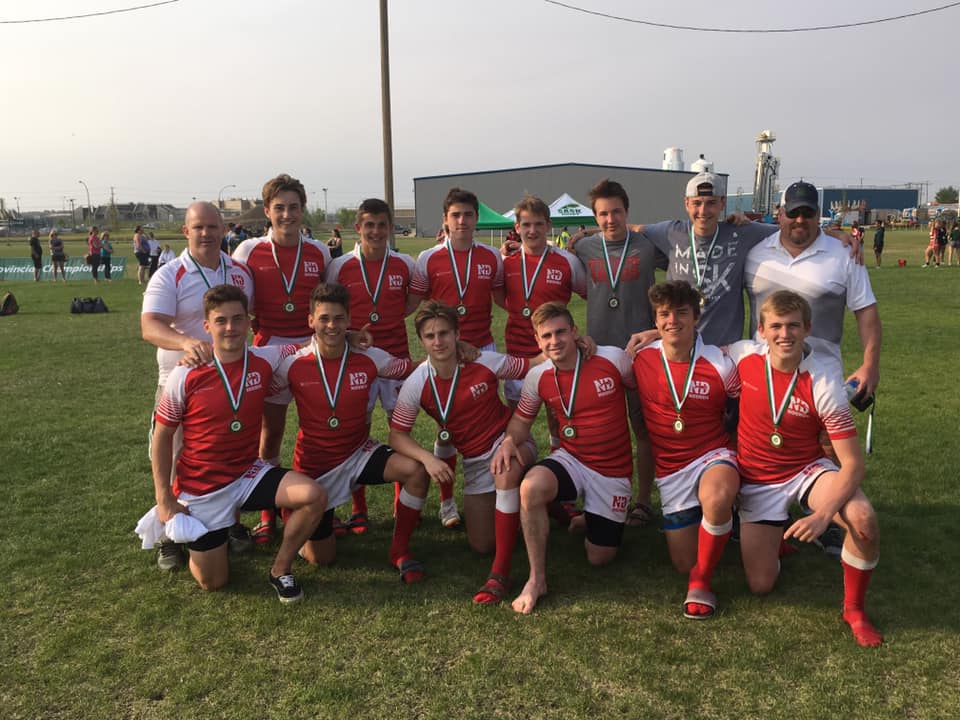
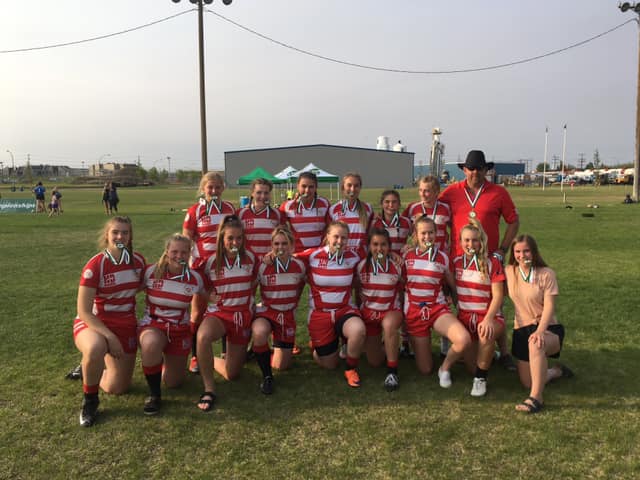
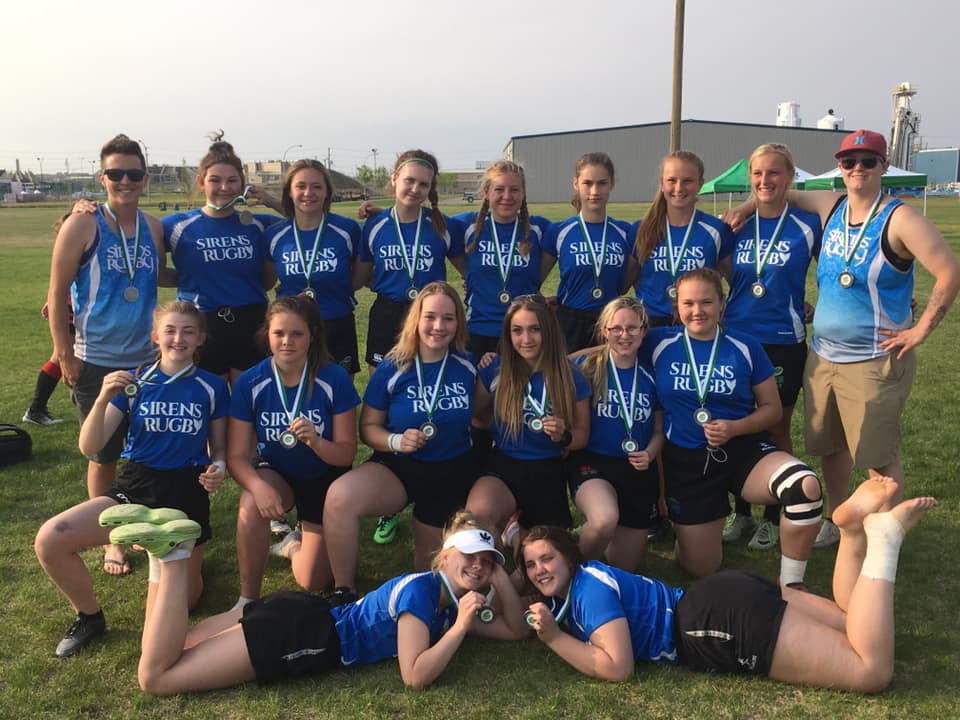


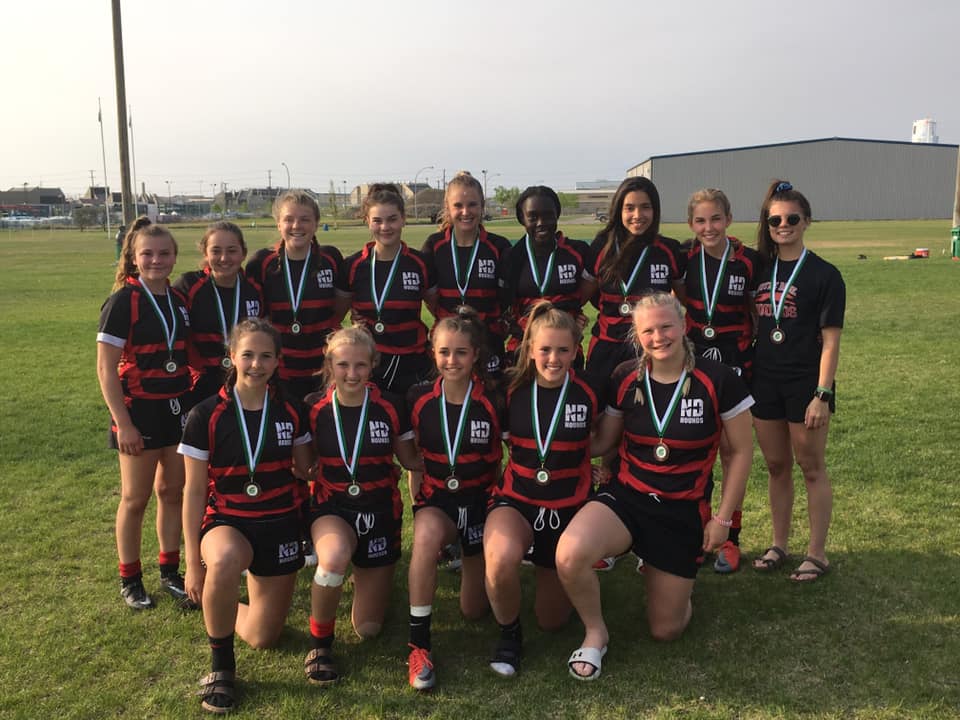
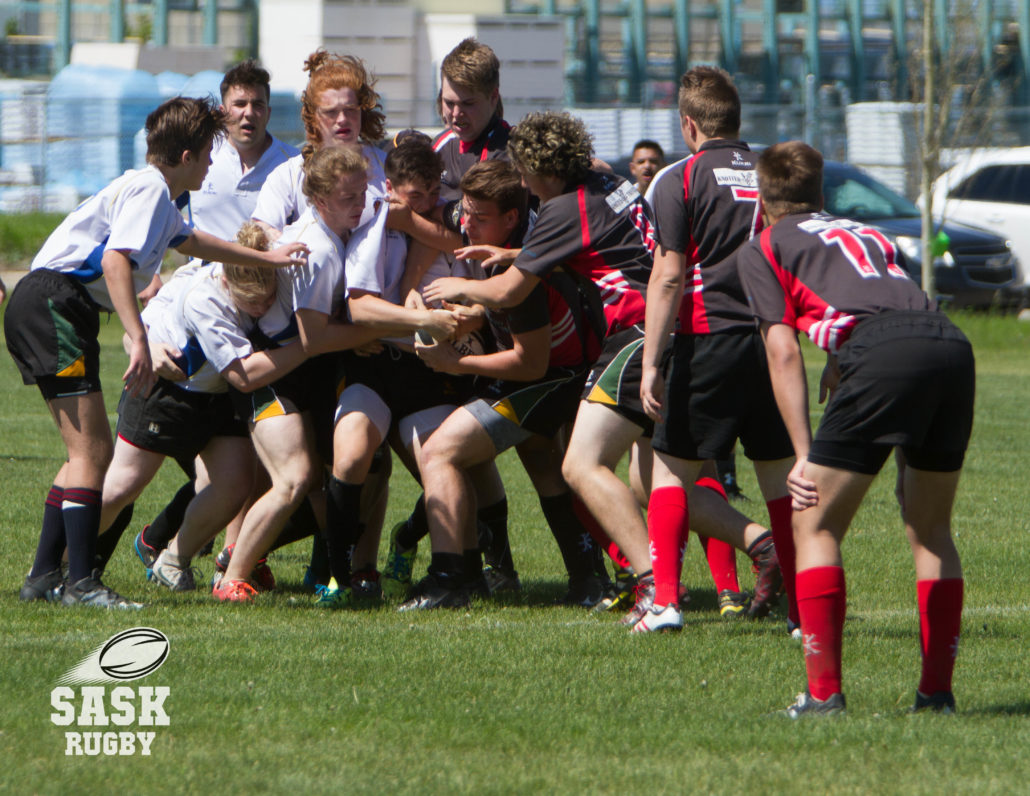
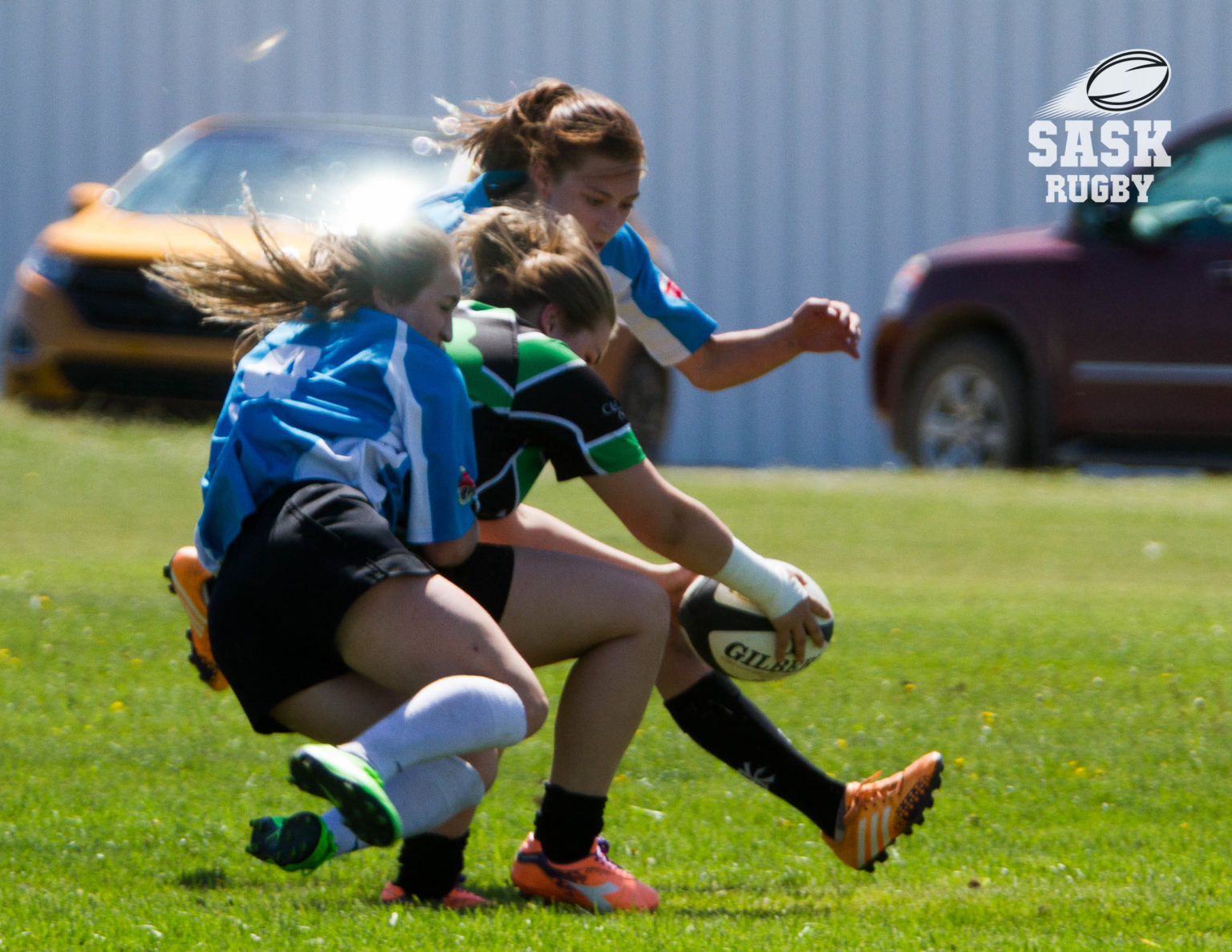
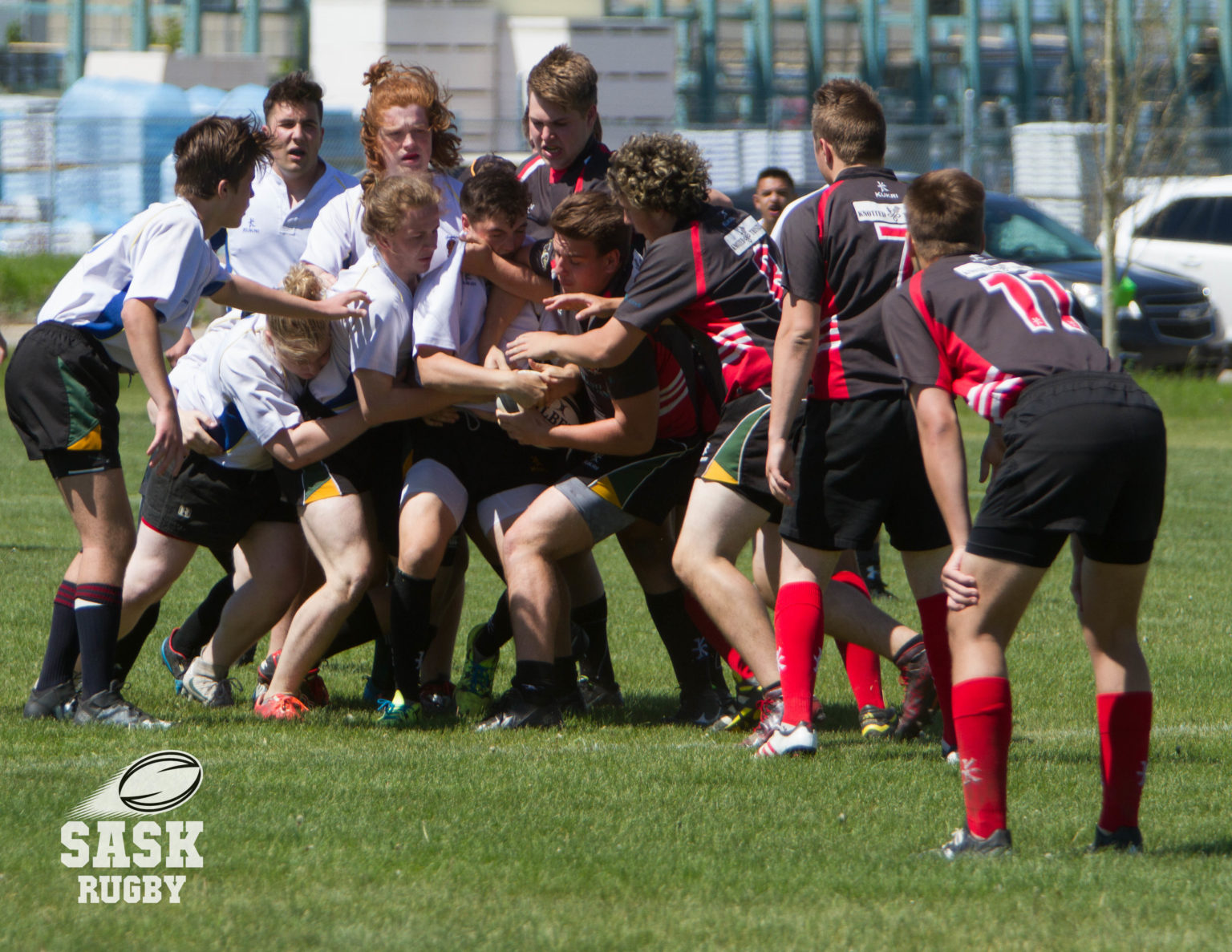
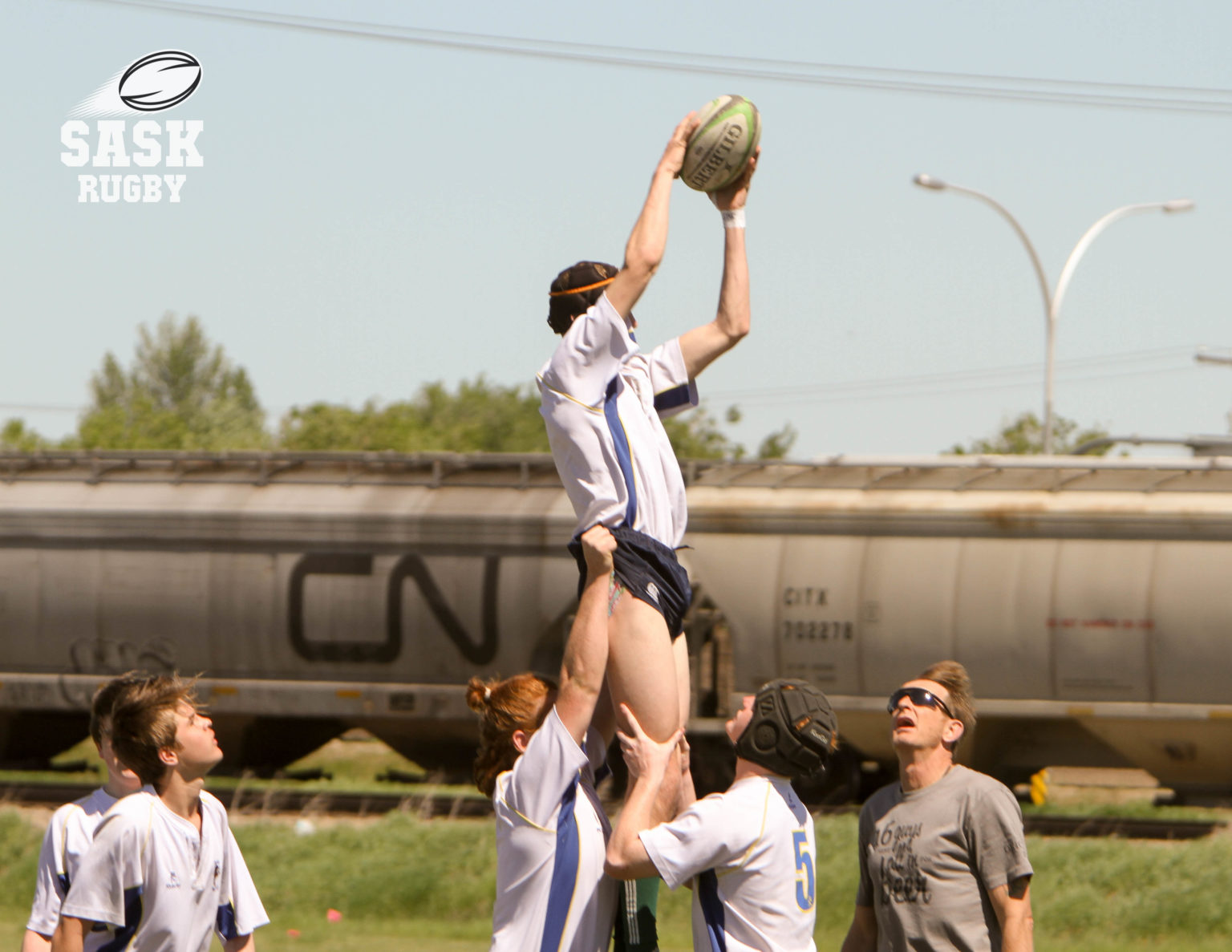
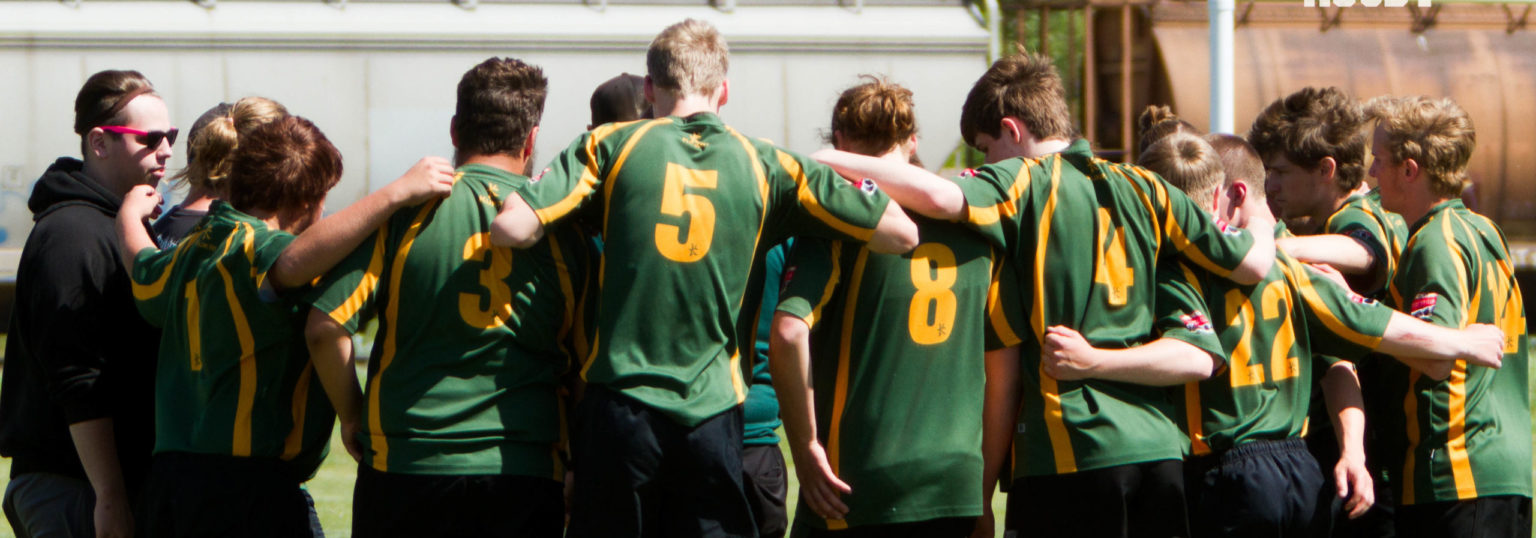
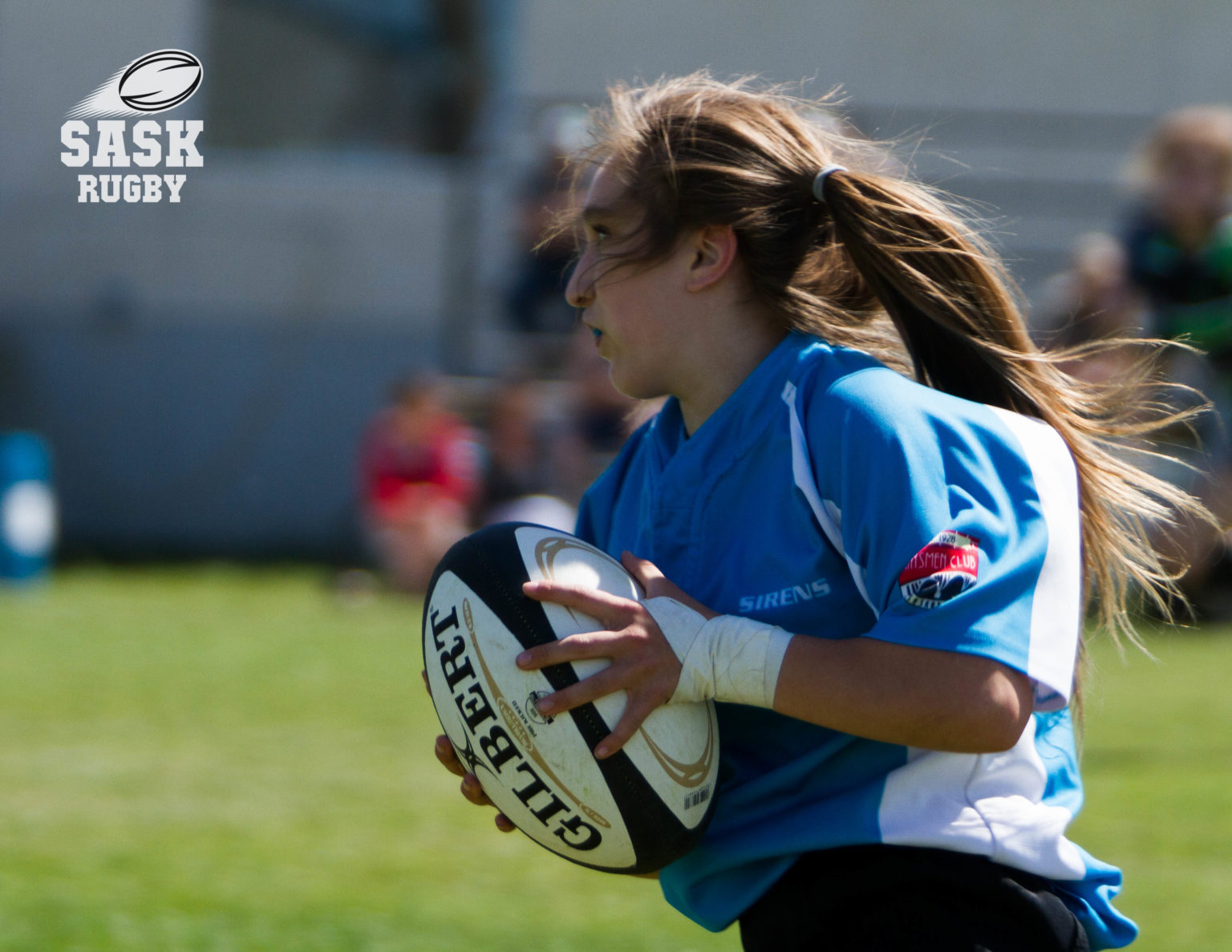
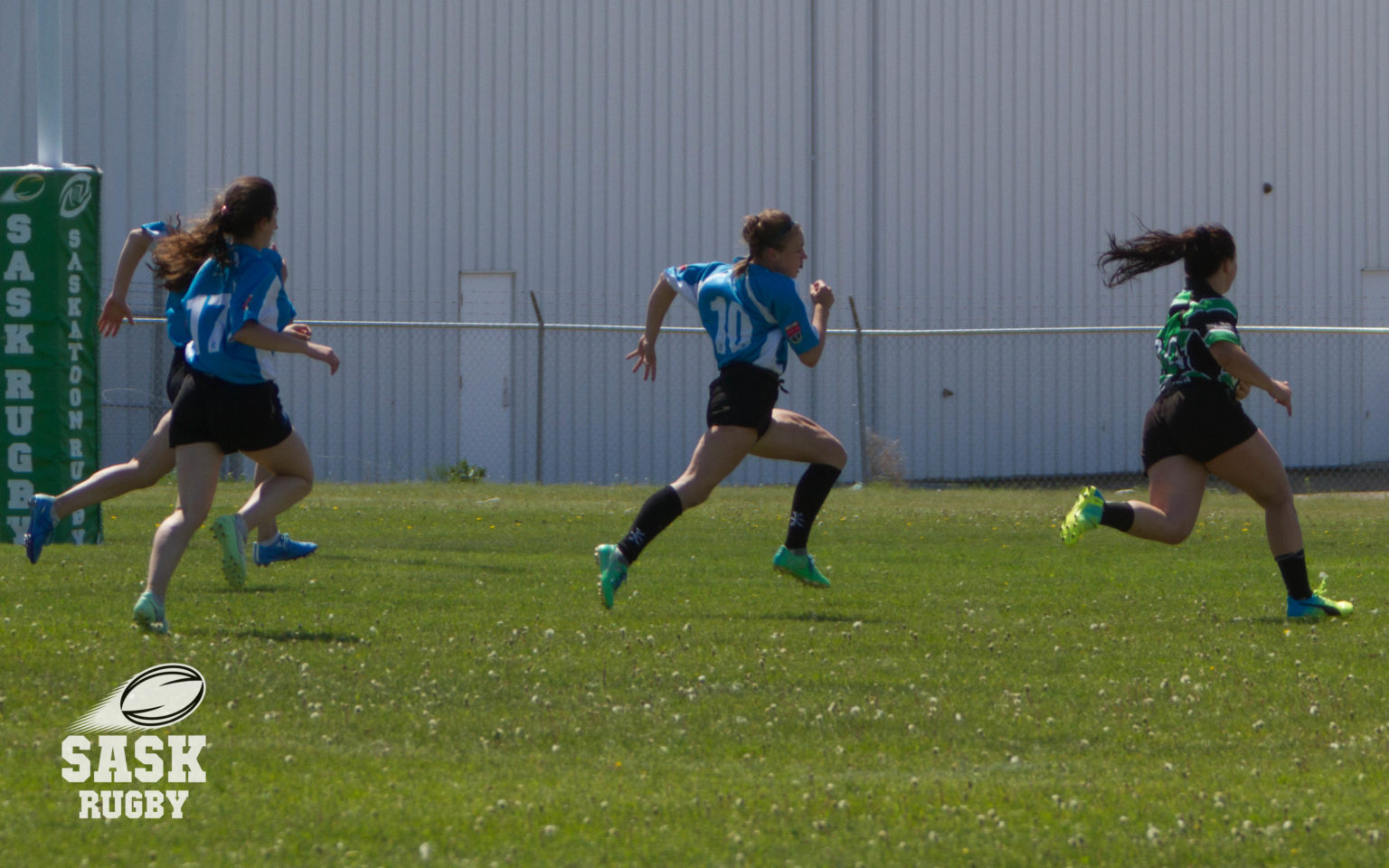
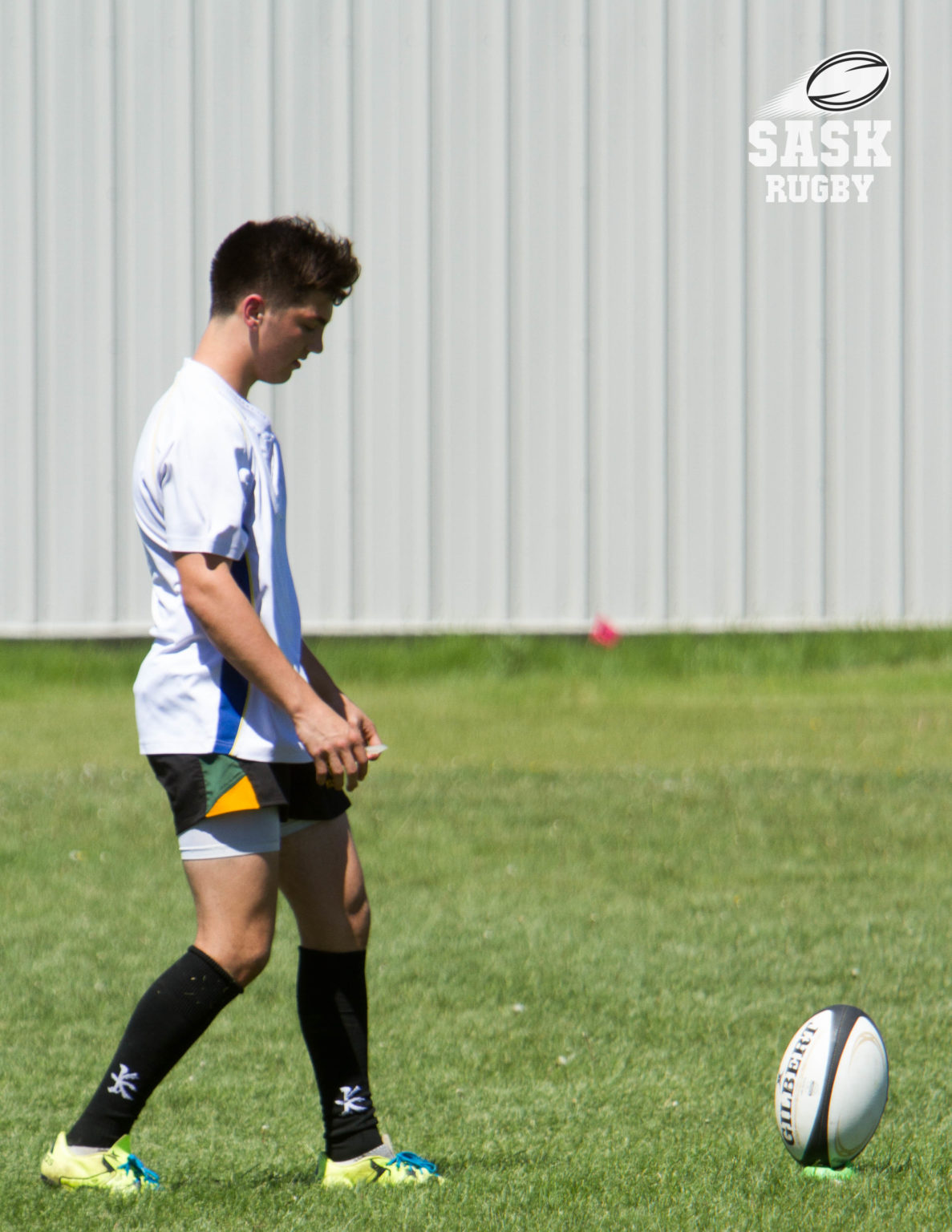
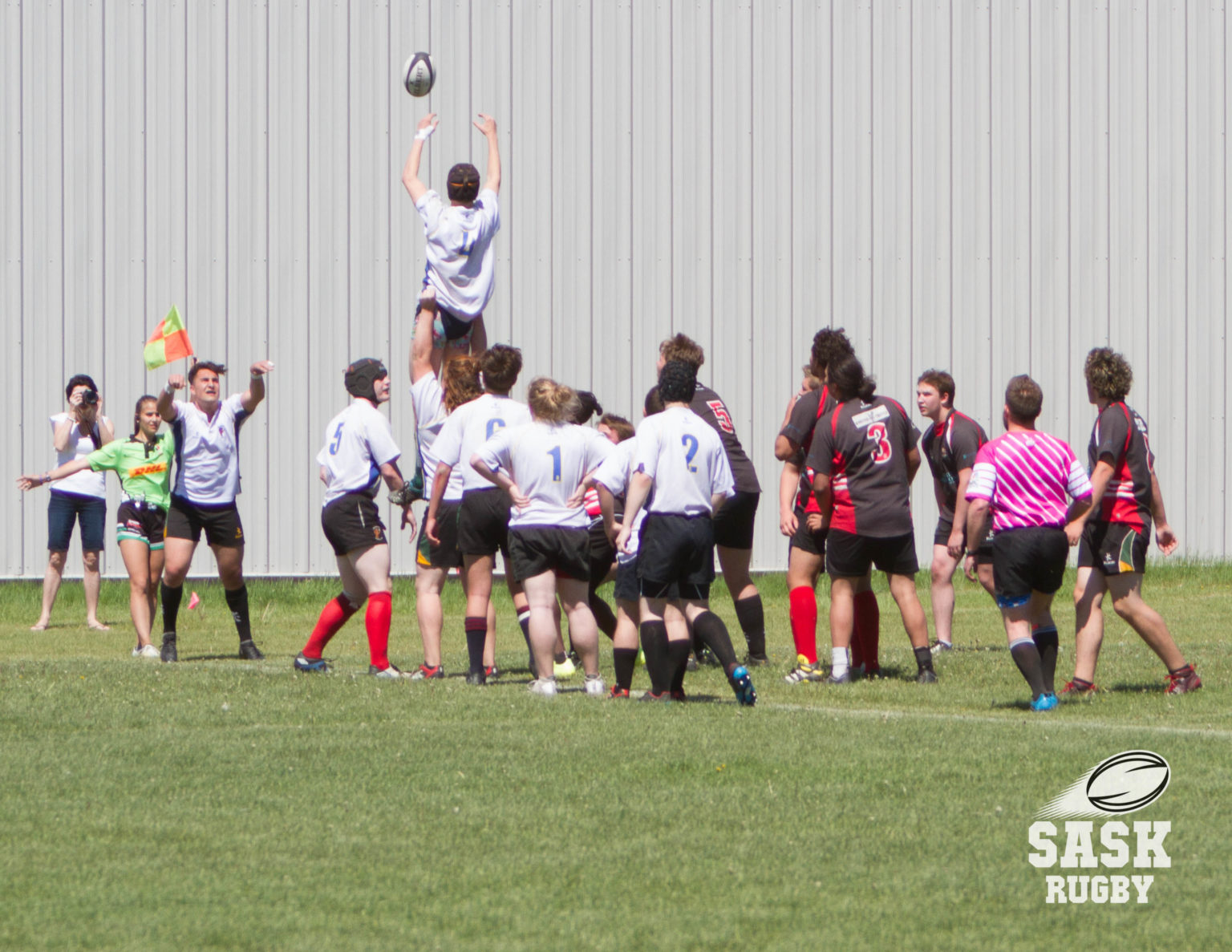
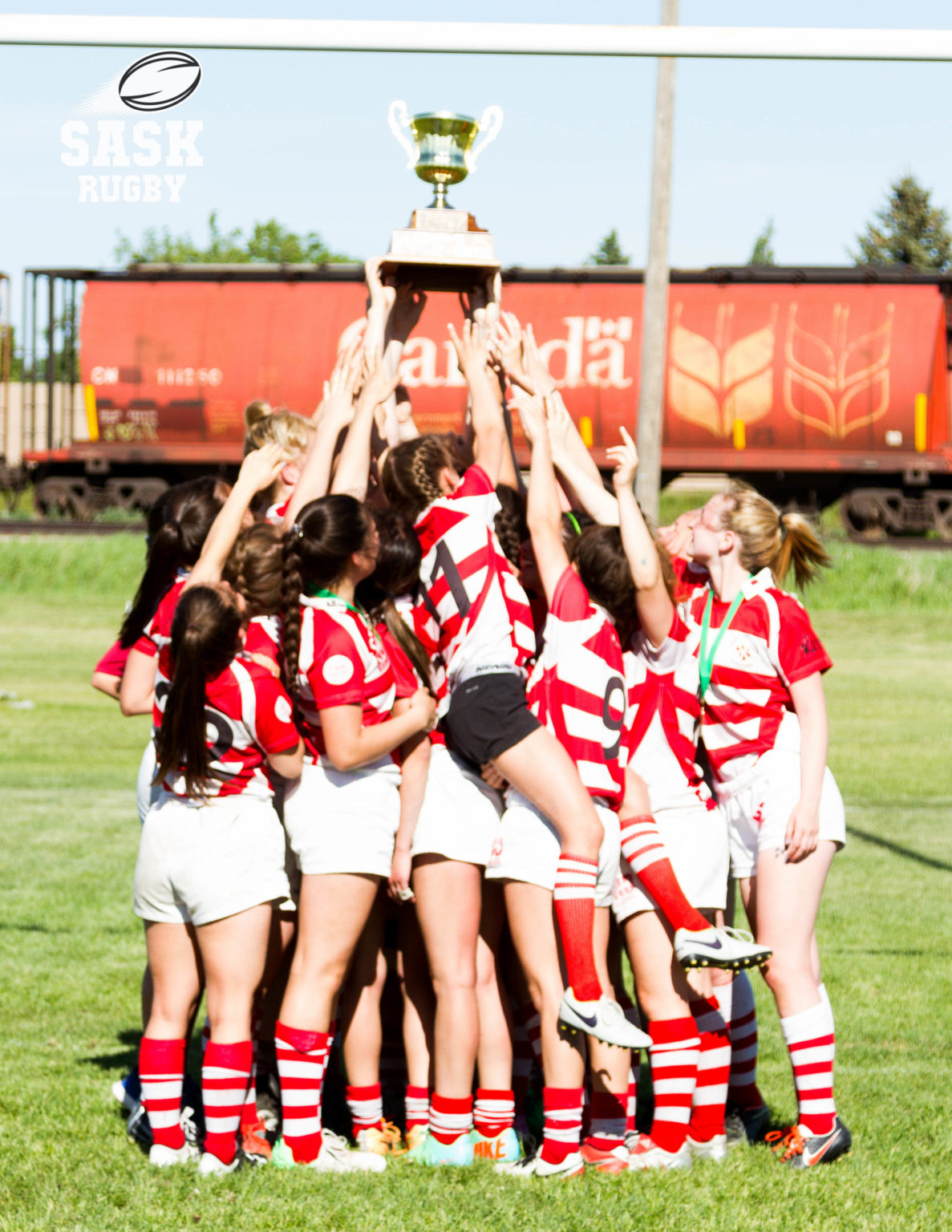
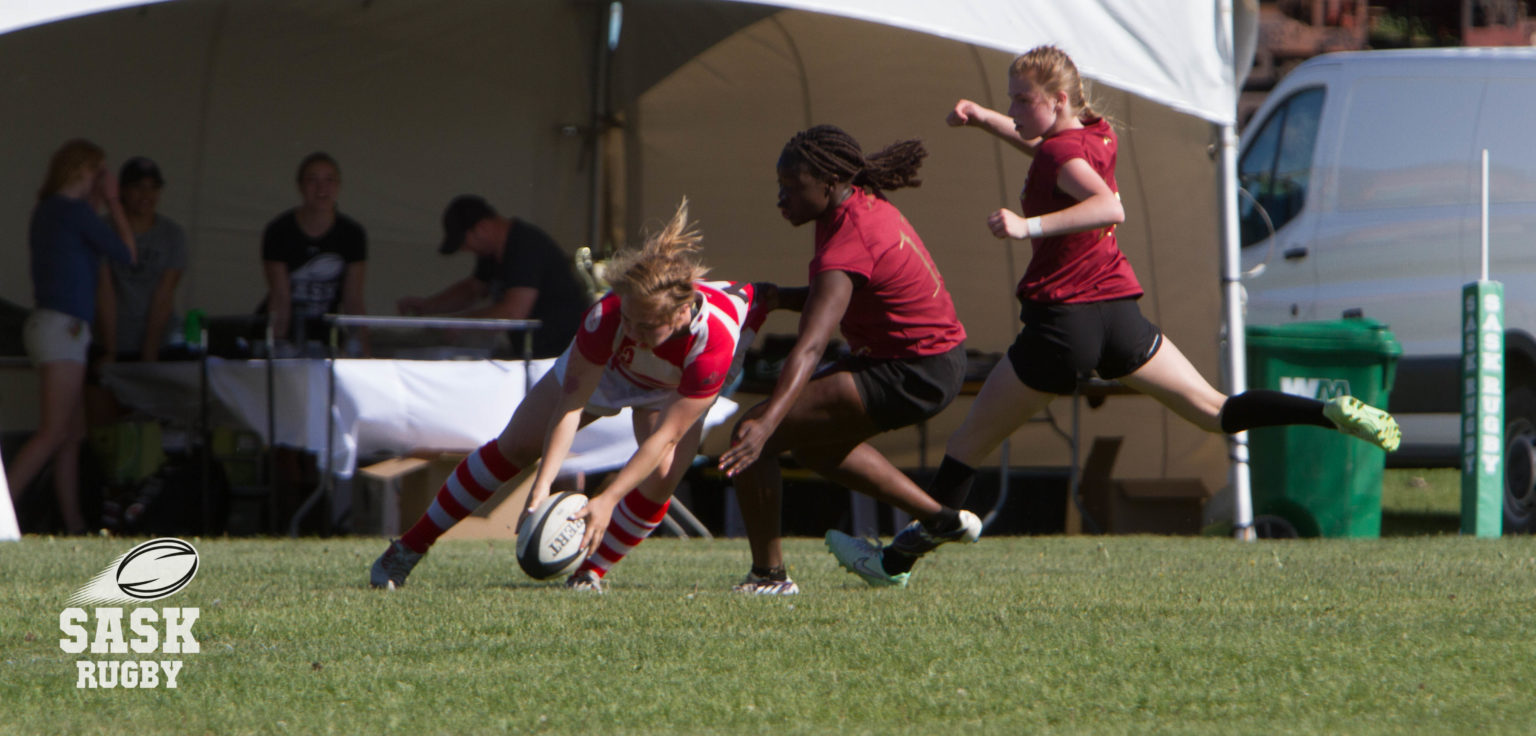
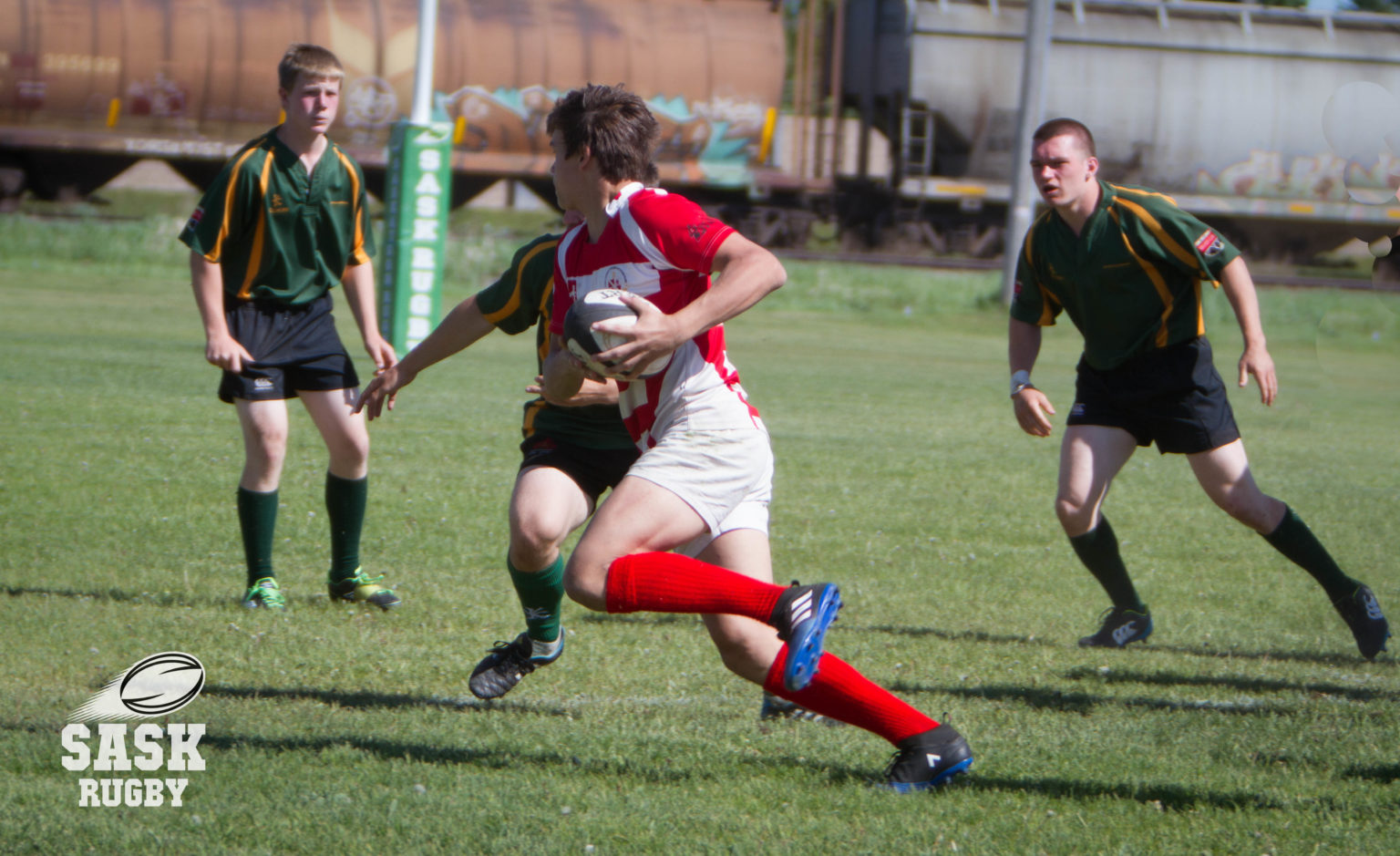
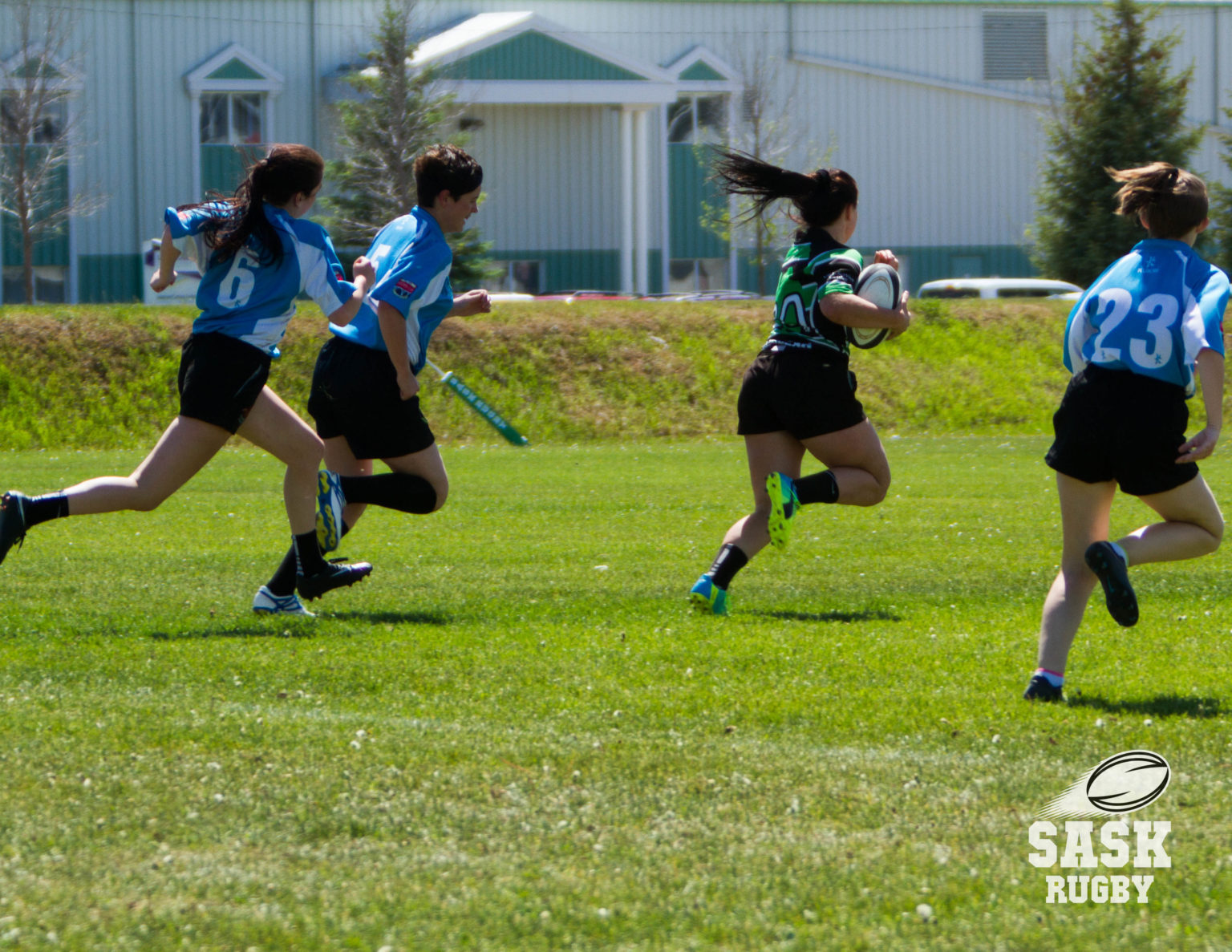
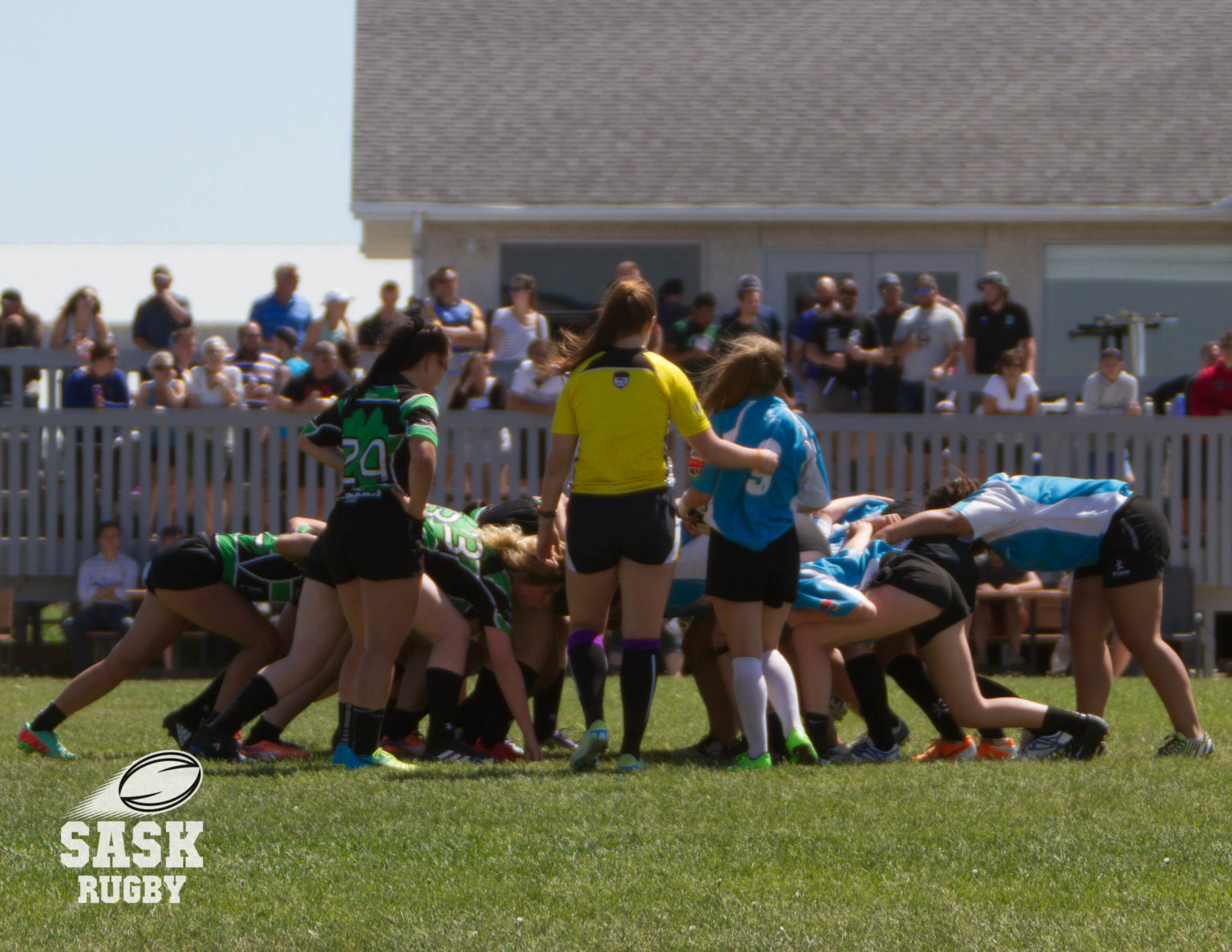
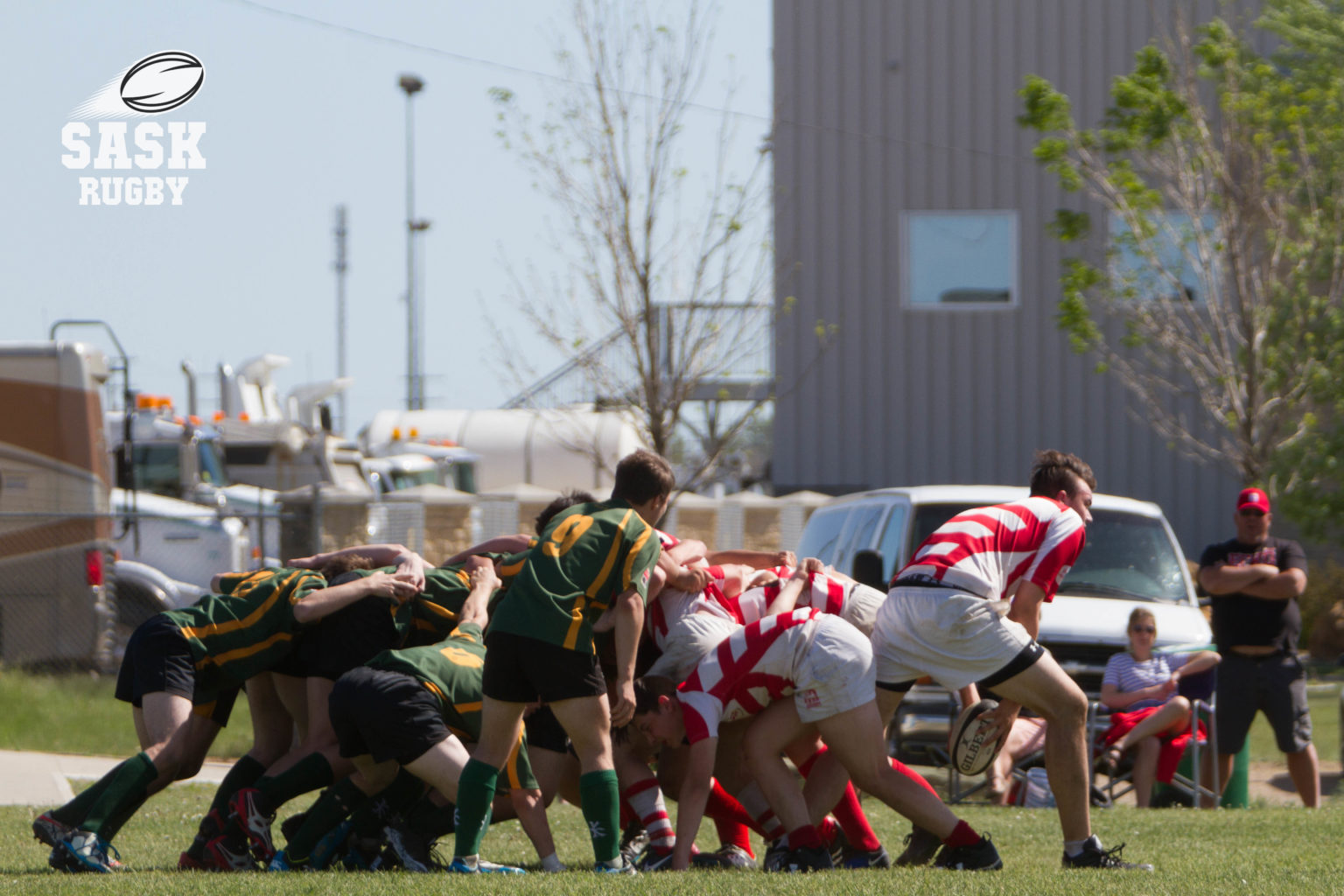
SENIOR PROVINCIAL CHAMPIONSHIPS
